Fraser’s Hill (April 2023)
Blue Malaysian coral snake (Calliophis bivirgatus)
We found out about Fraser’s Hill and Stephen Hogg’s MCM Nature Discovery Villa during a mothing session in Hong Kong. Those who have previously visited Stephen couldn’t praise his B&B enough and the promise of a mind-blowing biodiversity quickly convinced us to get on a plane to Kuala Lumpur and explore Fraser’s Hill too - for a week, to begin with.
Steven Wong helped us to get there (it’s a 3.5 hr drive from KLIA), providing transport and great company yet again.
Monocled cobra (Naja kaouthia)
We couldn’t have dreamt of a better start to our trip! While we were still in the lowland, on our way uphill towards the so-called “gap road,” a gorgeous monocled cobra (Naja kaouthia) slithered on the road right in front of us. We all jumped out of the car, grabbing attention of a local guy who seemed to be fascinated by tourists getting excited about a cobra. This enounter put us in a great mood and although there are no guarantees when seeking the wildlife, a positive beginning always gives one hope!
Once we drove further uphill, we spotted three slow lorises hanging out in the trees. The first one wasn’t slow at all and it energetically moved into the bushes, away from us. The second one was either petrified or curious and it let us admire its weirdness for a couple of minutes. Such unique creatures! There were no more snakes in sight though… that is, not until we finally reached Stephen’s place.
The reception and library in MCM Nature Discovery Villa.
Stephen Hogg is an avid naturalist and a retired filmmaker who used to work for BBC. His expertise in camera trapping is absolutely invaluable and he is keen to share his knowledge (and stories of his past adventures!) with those interested in the topic (like us).
The villa itself is a very special place. On the ground floor, there’s a library full of precious volumes. We spent quite some time going through the books and learning more about the wildlife on Fraser’s Hill and in Malaysia. We also bought A naturalist’s guide to the birds of Fraser’s Hill and the Highlands of Peninsular Malaysia and got it signed by one of its authors, Adam Hogg (Stephen’s son). The rooms are spacious; ours had a brilliant view on the hills and access to the roof top garden.
When you pair this up with the wonderful cuisine prepared by Stephen’s wife and the surroundings full of nothing but pure nature, you might think you’ve ended up in heaven.
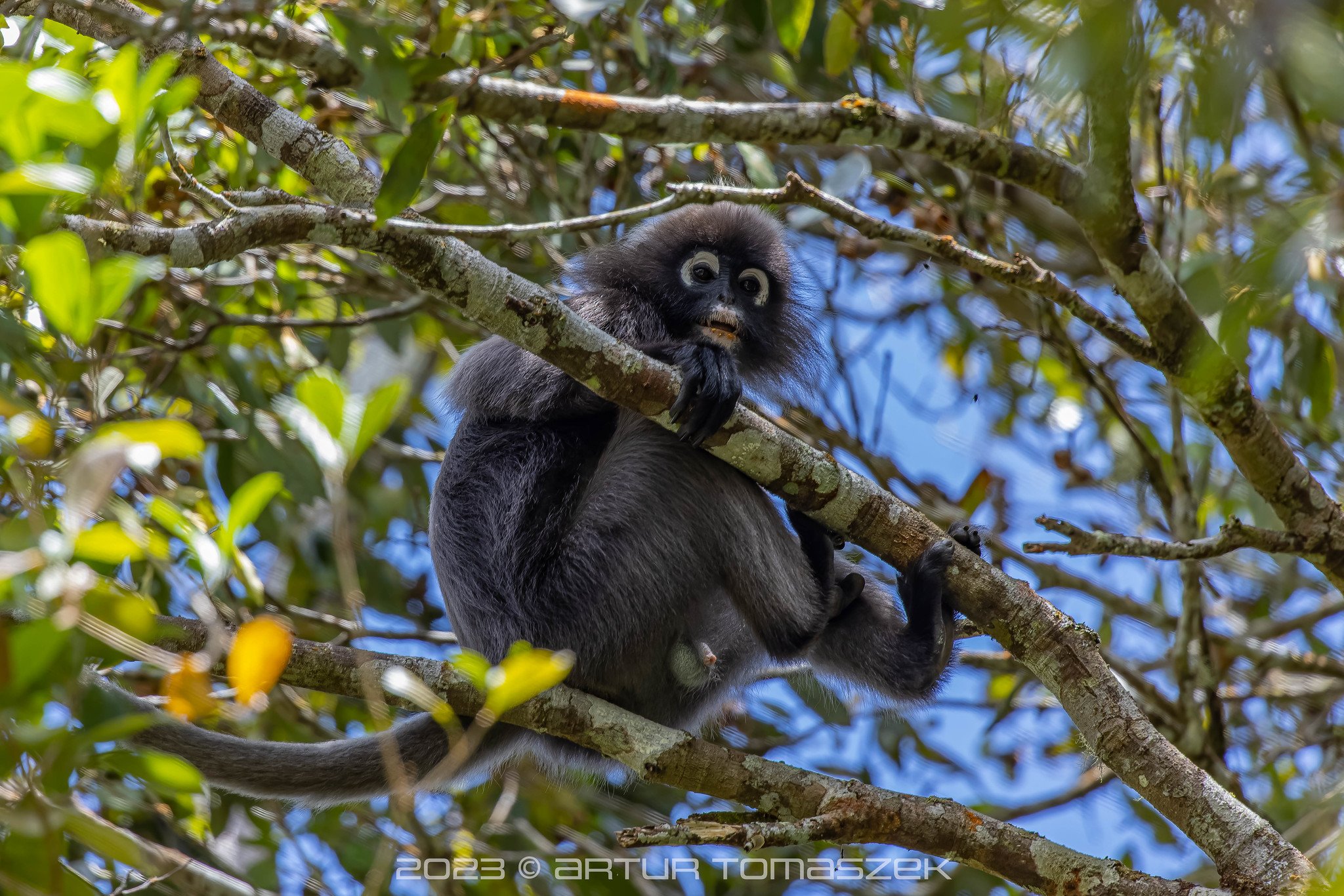


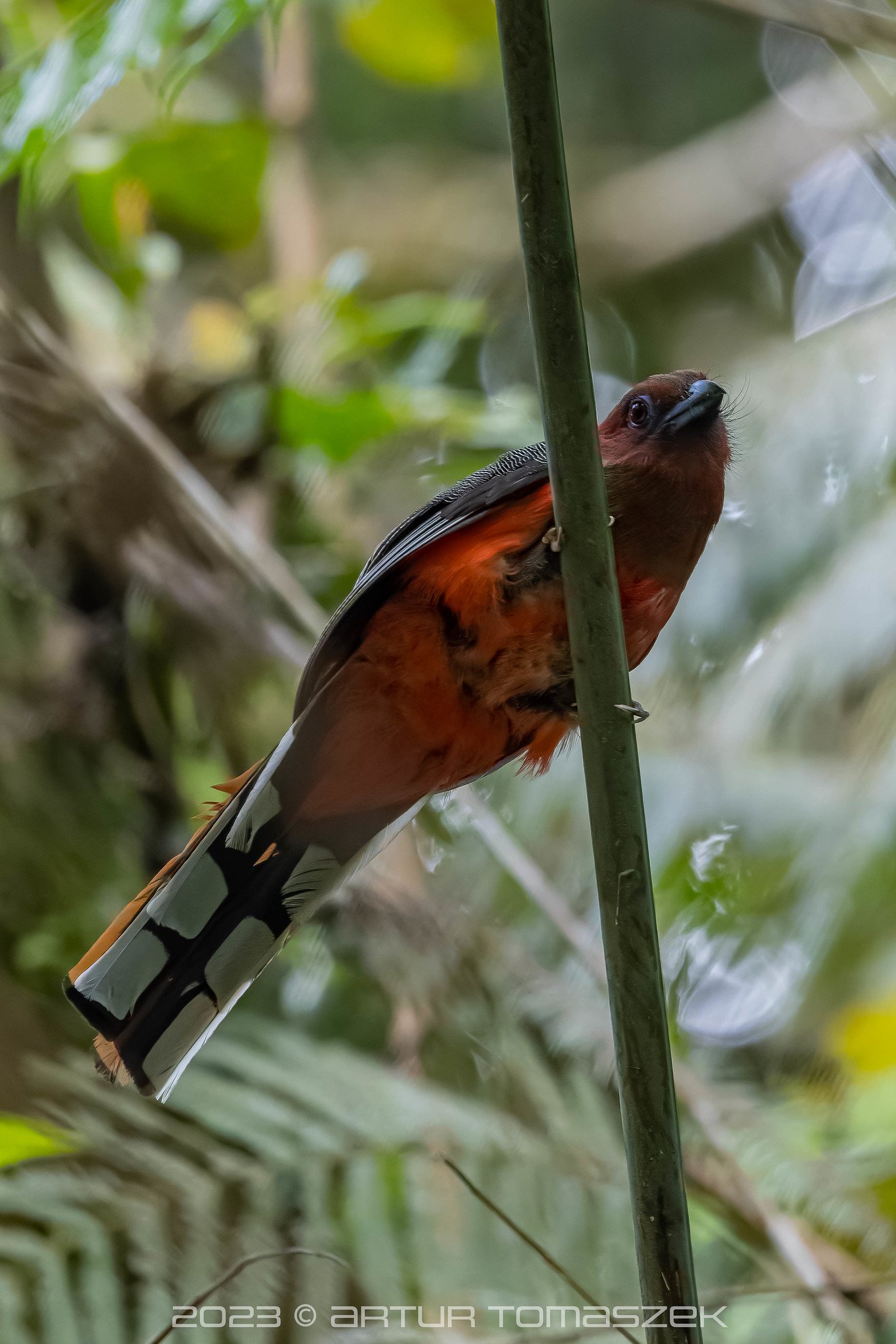
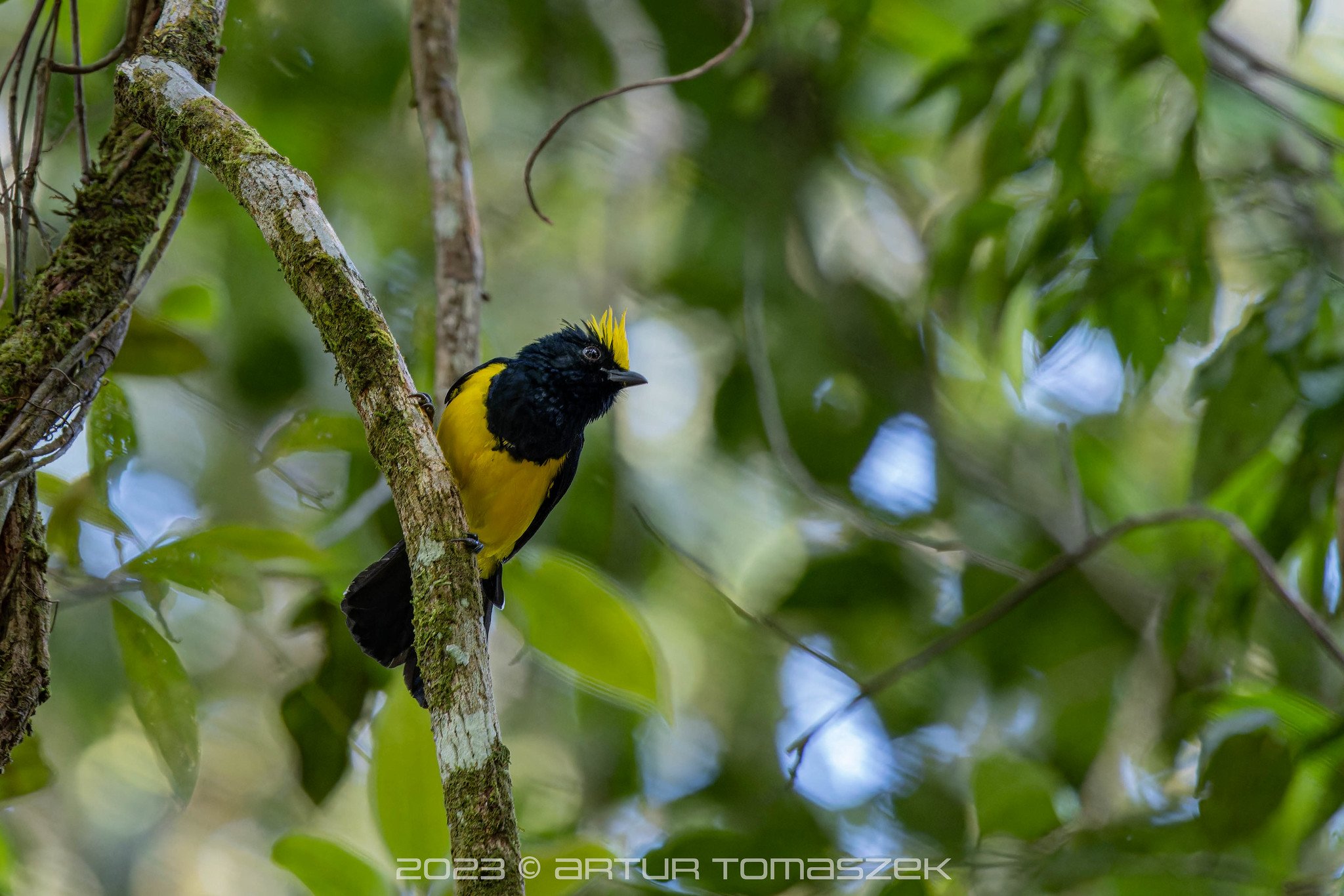
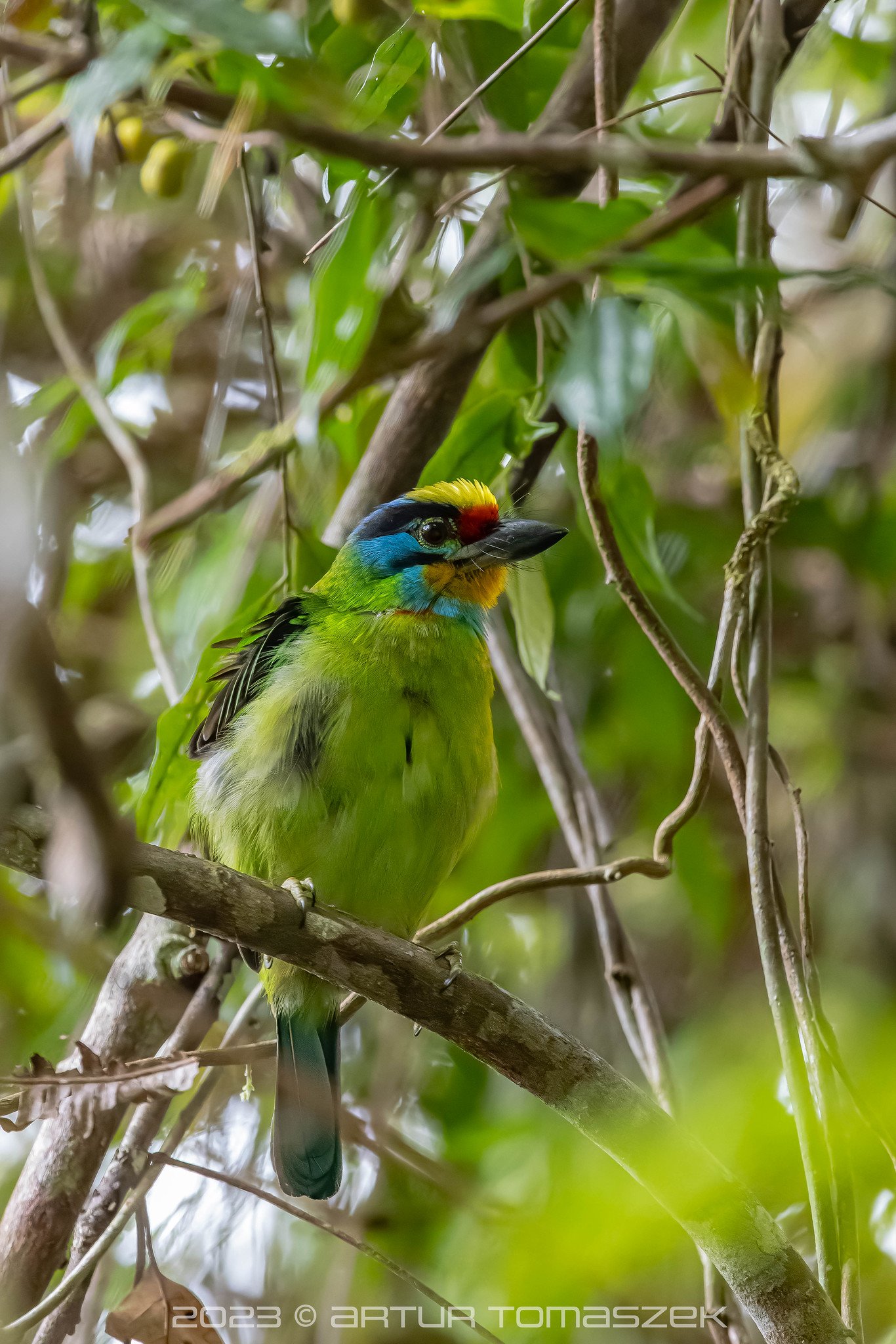
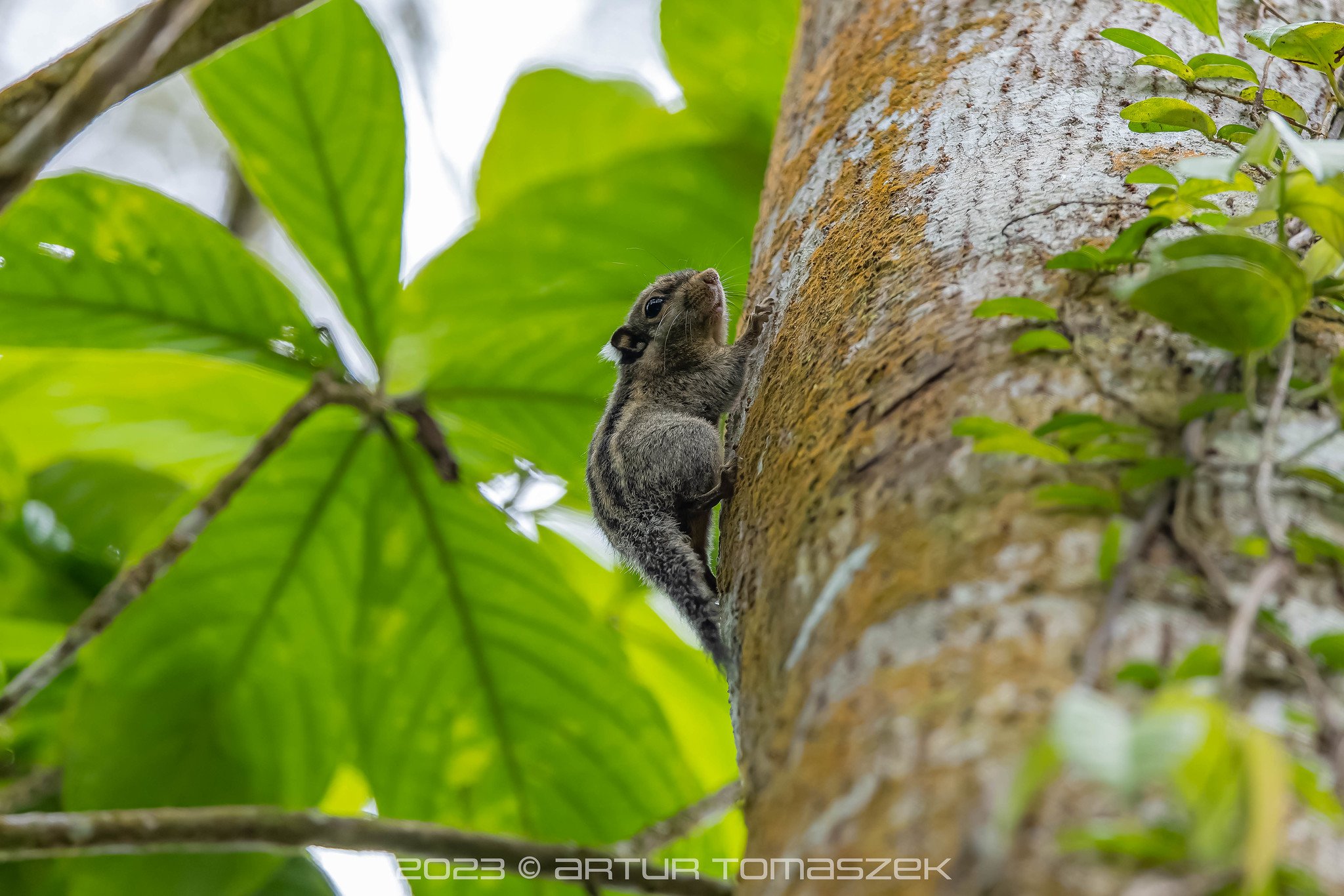
The garden surrounding the villa and the nearby loop road (which we often walked back and forth) are full of life. Birds of all sorts, squirrels, monkeys (including dusky langurs and siamangs, whose early morning calls are heard probably everywhere on the hill) are to name a few and they surely attract a wide range of nature enthusiasts.
Our main targets were herpetofauna and moths though. On the very first night, we explored the loop road and drove further down towards other promising areas. We weren’t disappointed - a slug snake, Asthenodipsas vertebralis, was spotted almost immediately, shortly followed by the pitviper (Trimeresurus sabahi ssp. fucatus).
Asian slug snake (Asthenodipsas vertebralis)
Trimeresurus sabahi ssp. fucatus
Although the first night was not bad at all, we were hoping for some rain. It was pretty dry but we were told it usually rains at least once a week, even during the dry season. This wasn’t the case for us though. It only rained for a couple of hours on our second day - after that, there wasn’t a single drop of rain and the temperatures were getting pretty high, drying everything out. Yet another reminder of the changing climate…
Anyway, this made herping more tricky and we had to put more effort into it, especially if we wanted to find the most iconic snake species on Fraser’s Hill - the red-headed krait (Bungarus flaviceps), which is mostly active on rainy days, and blue Malaysian coral snake (Calliophis bivirgatus).
On a positive note, the lack of rain meant the camera could be out at all times and we didn’t have to be picky about what we photographed to keep it safe and dry. We could photograph literally everything we spotted, which was a great bonus.
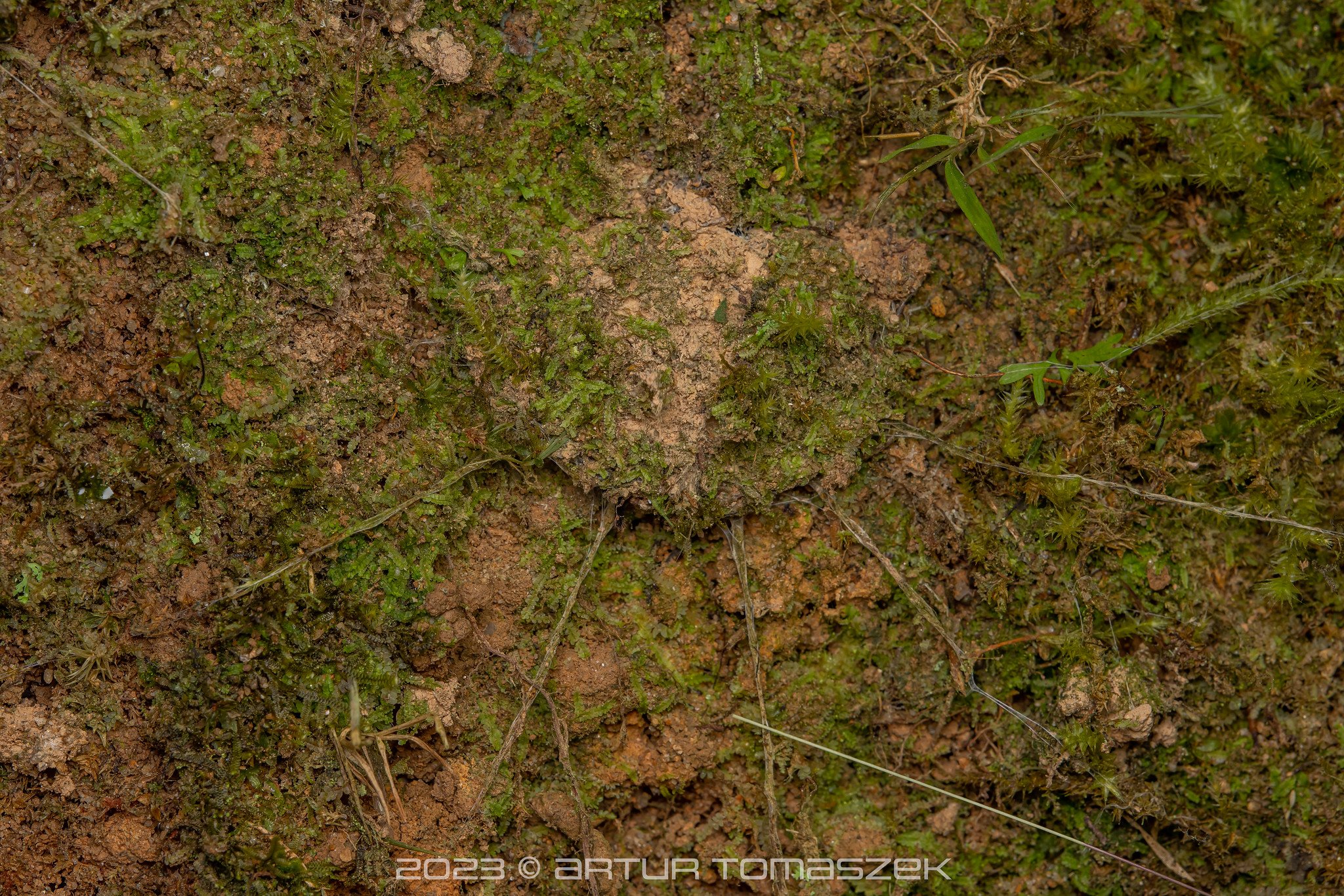
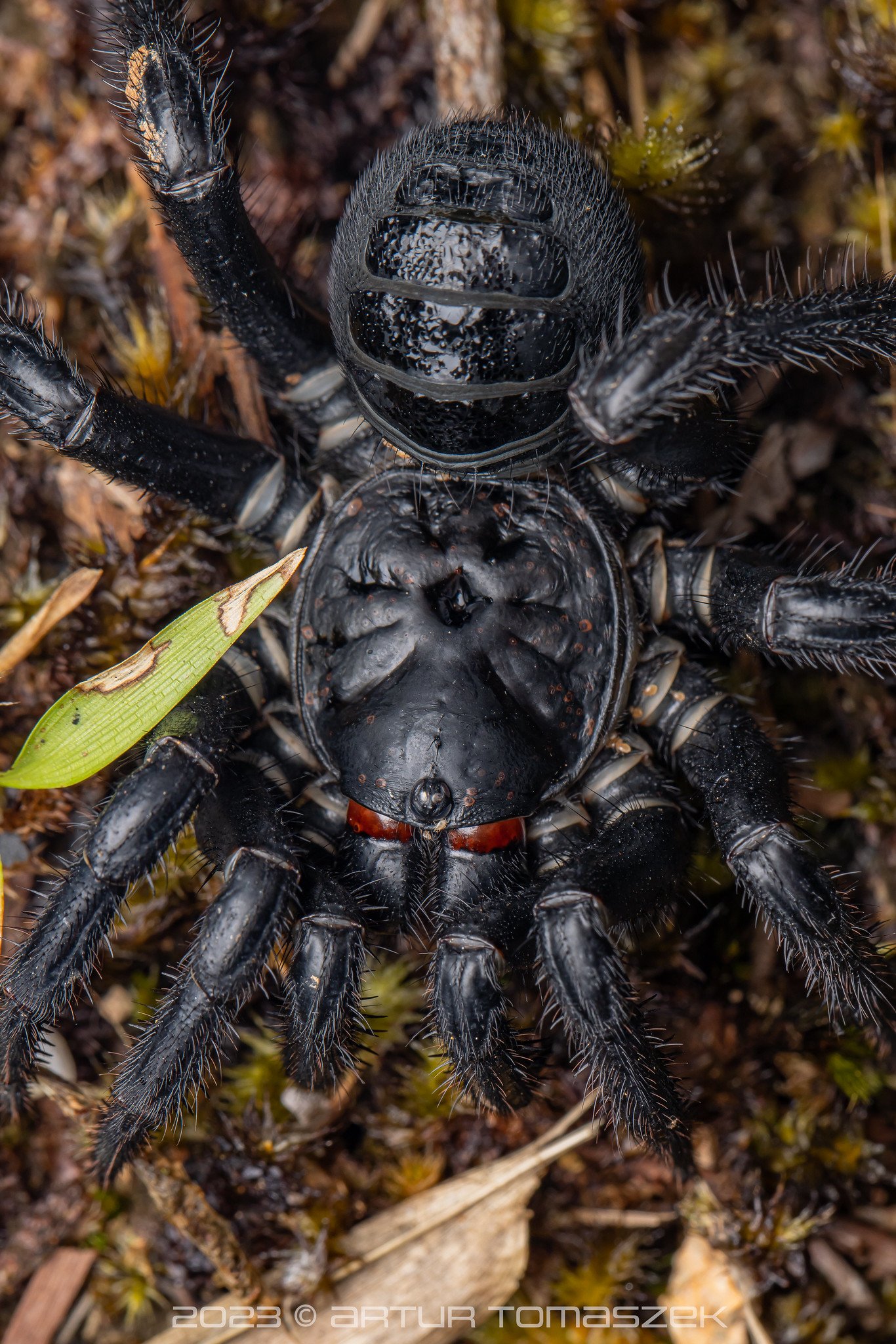
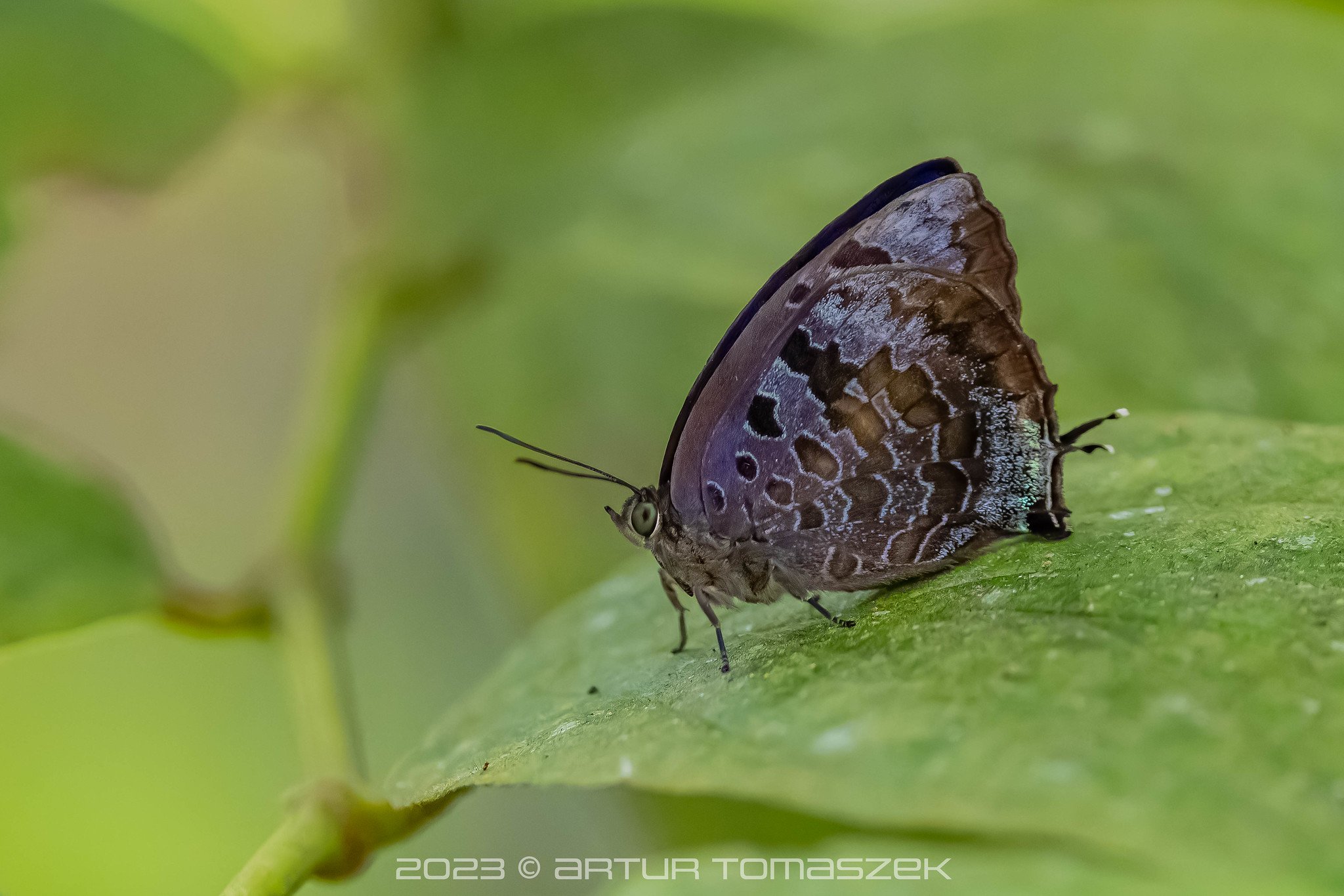
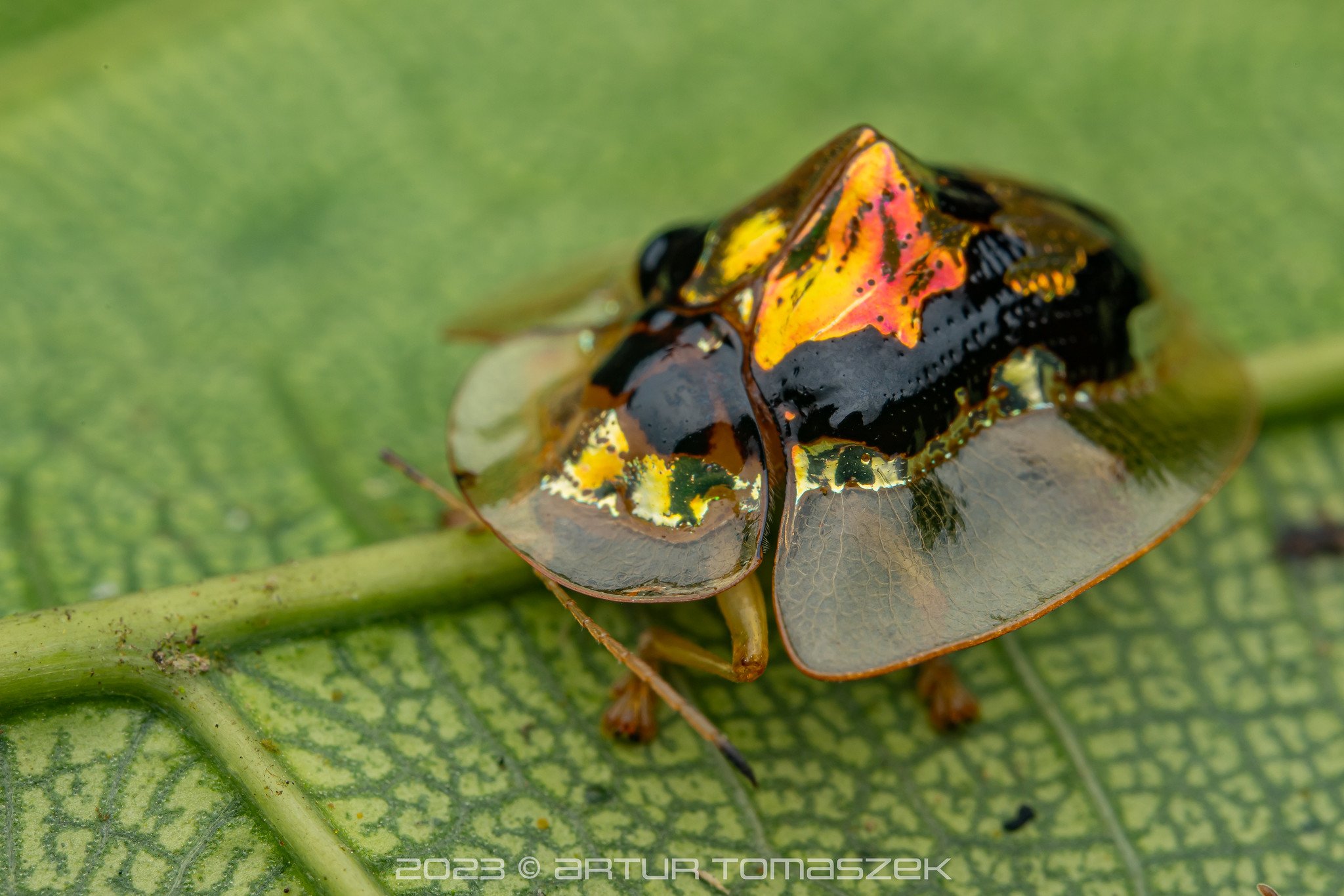

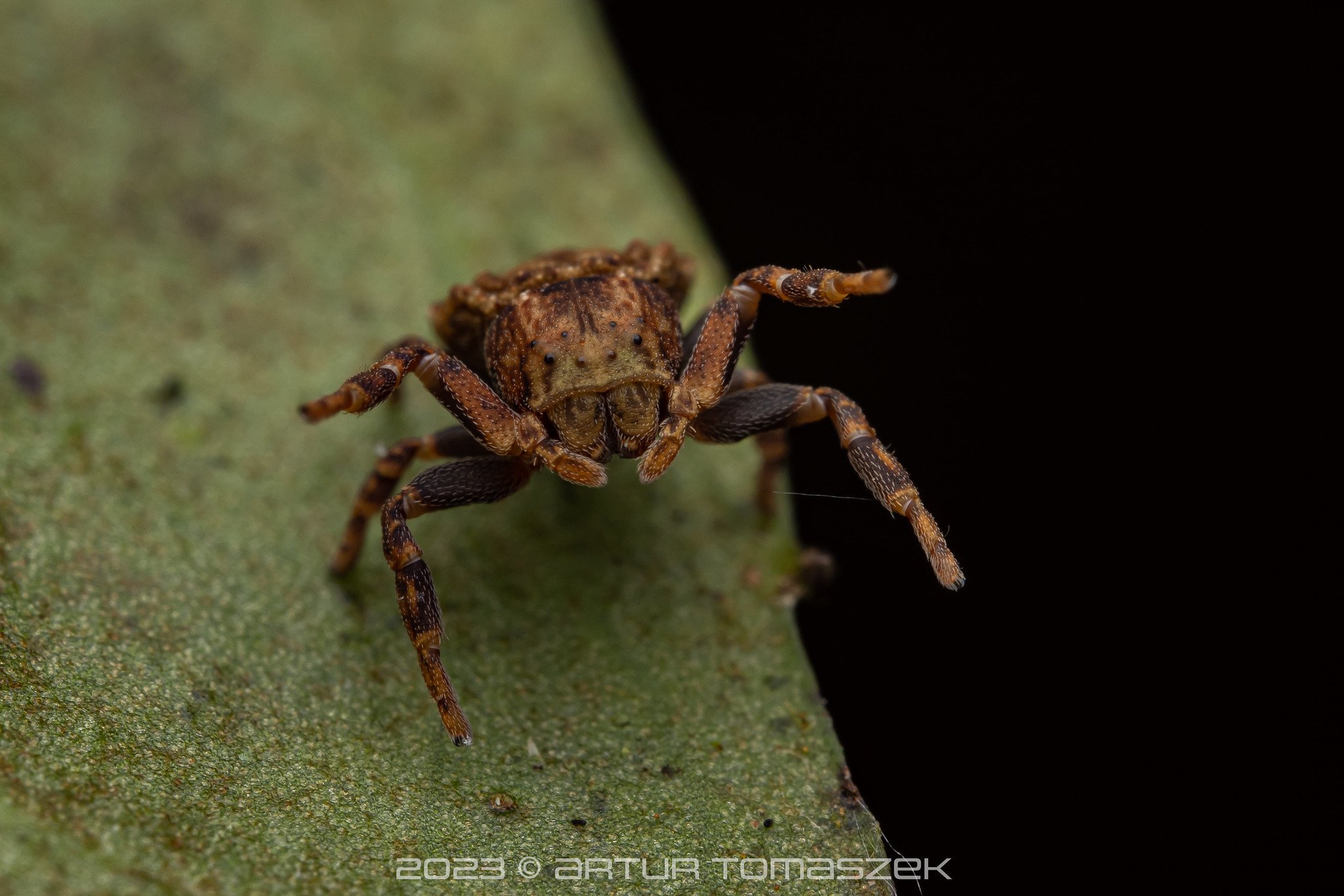
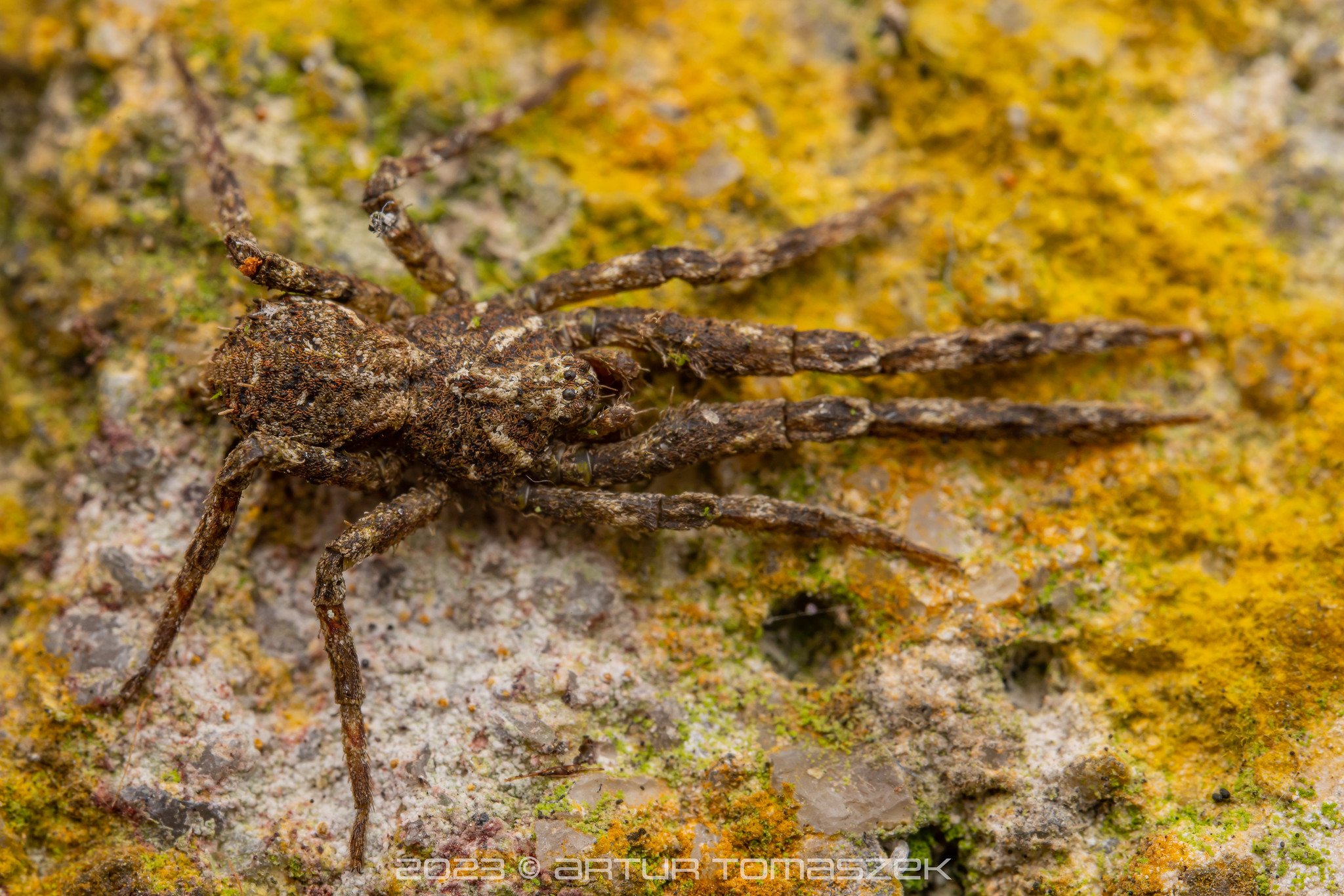
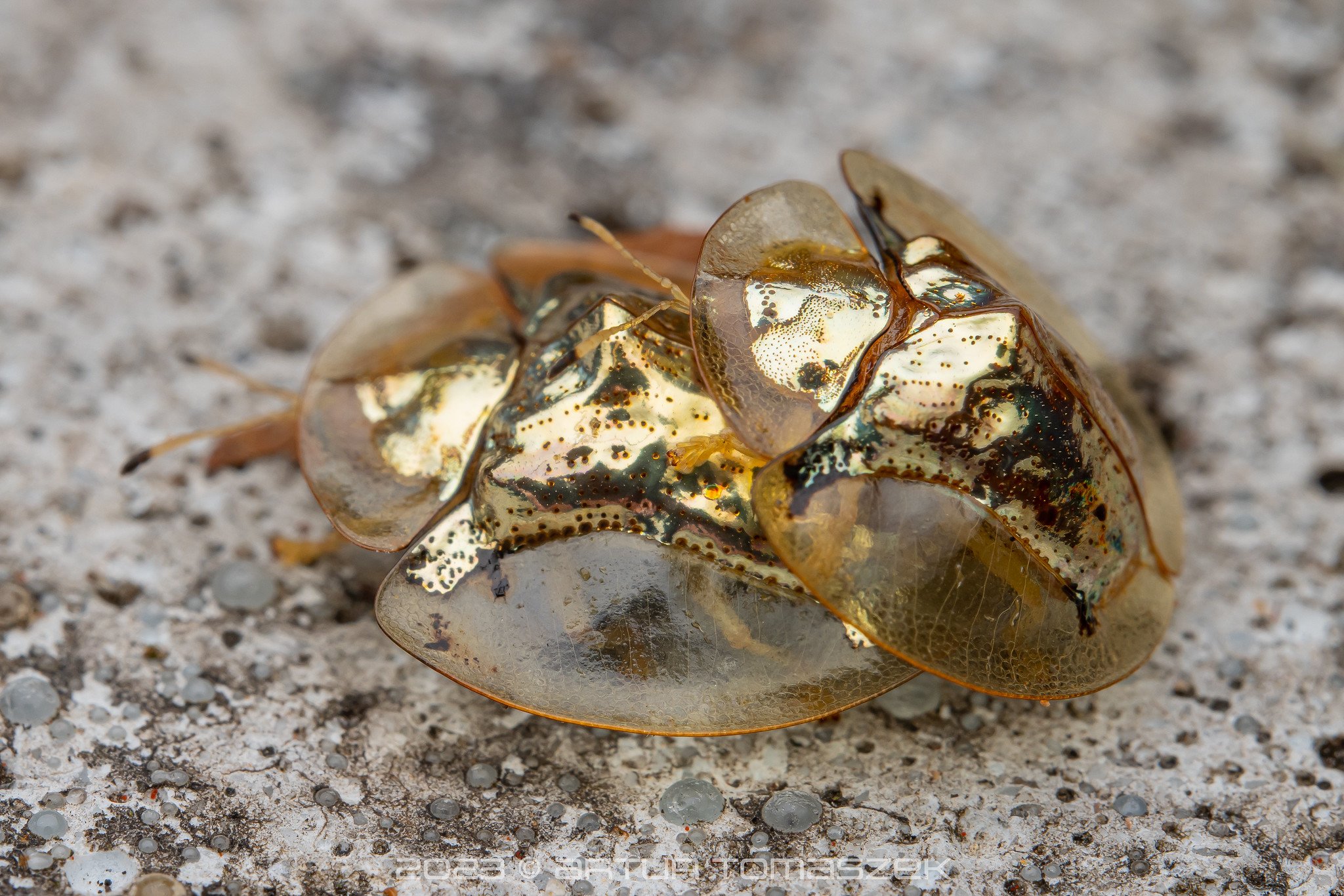

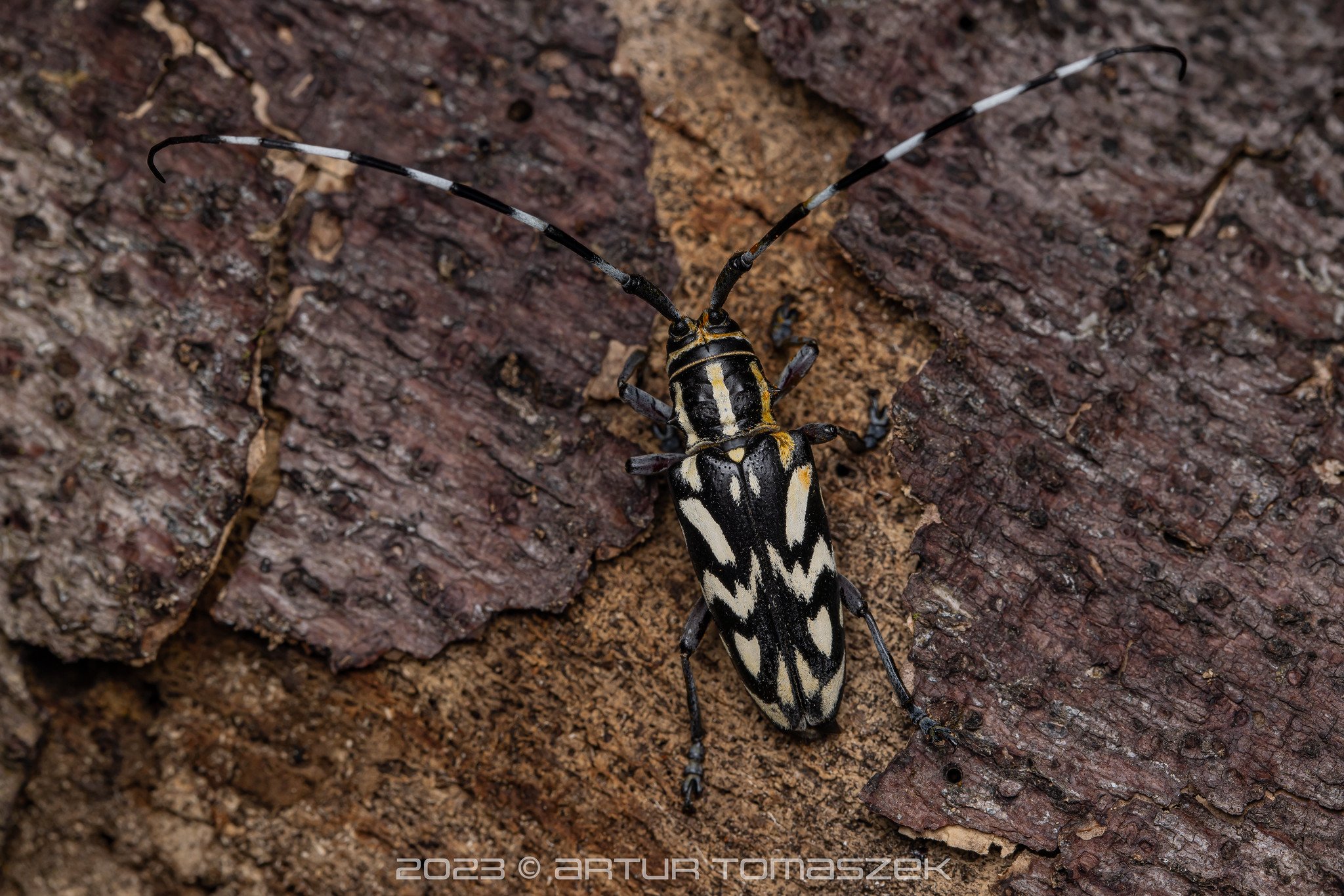
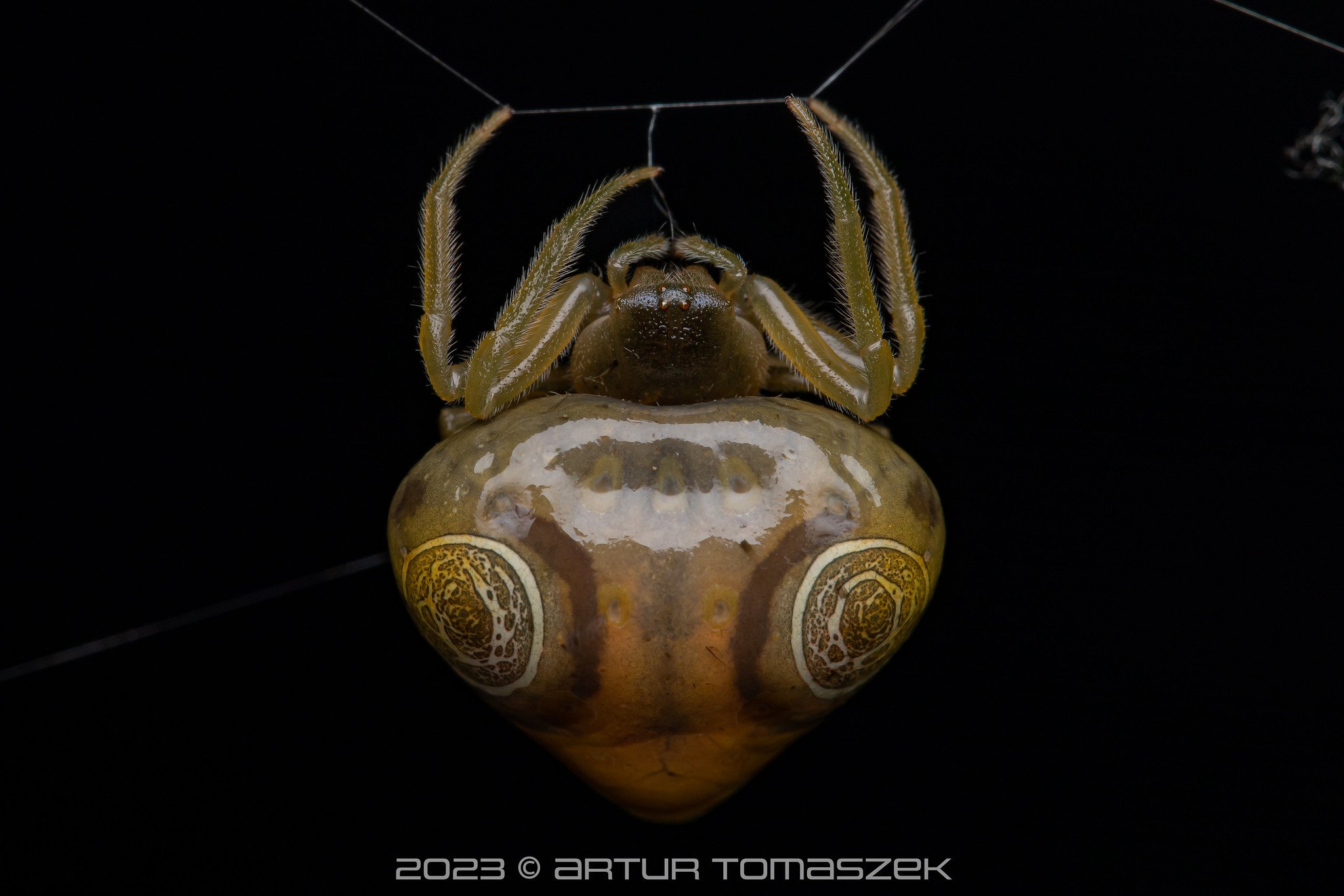
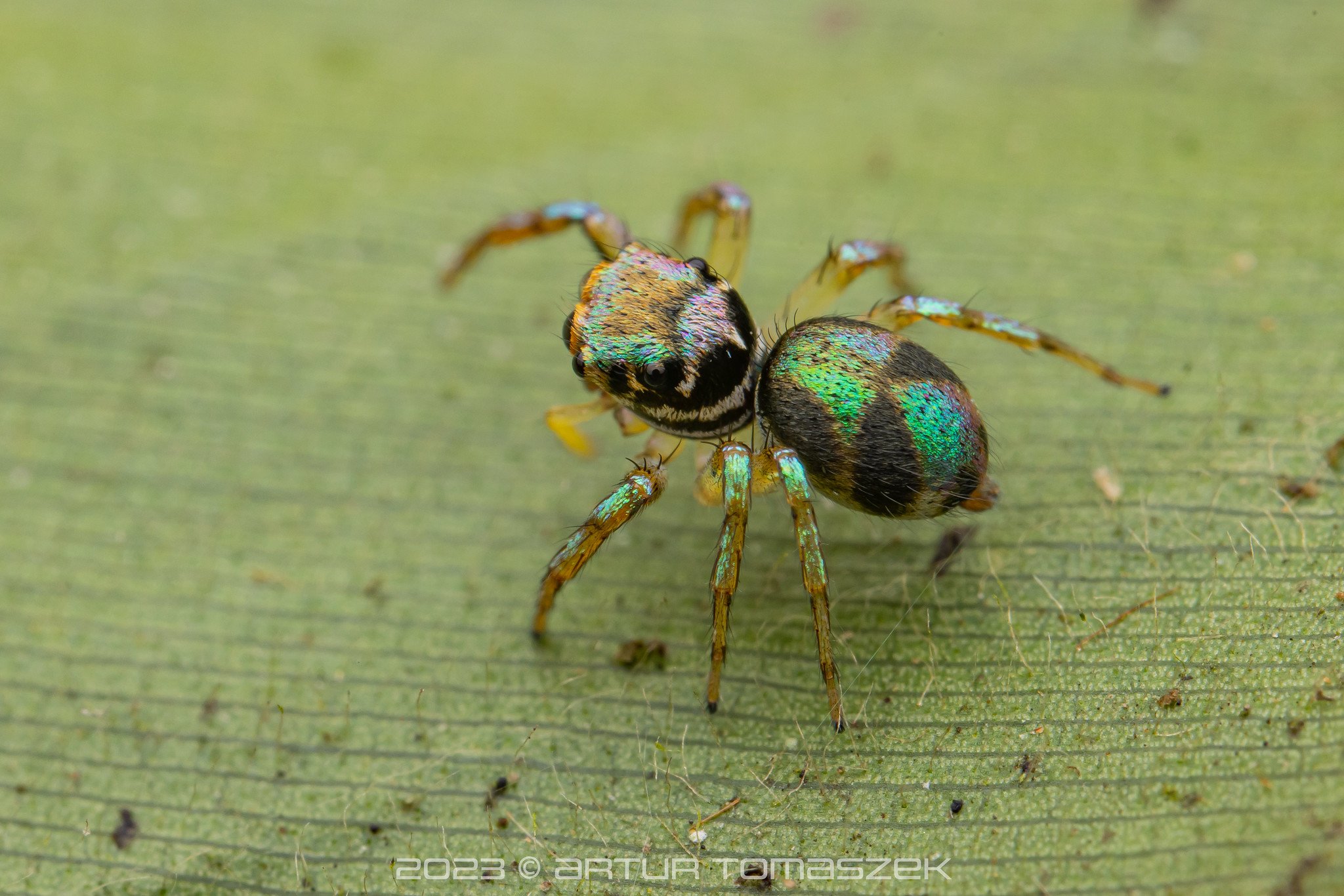
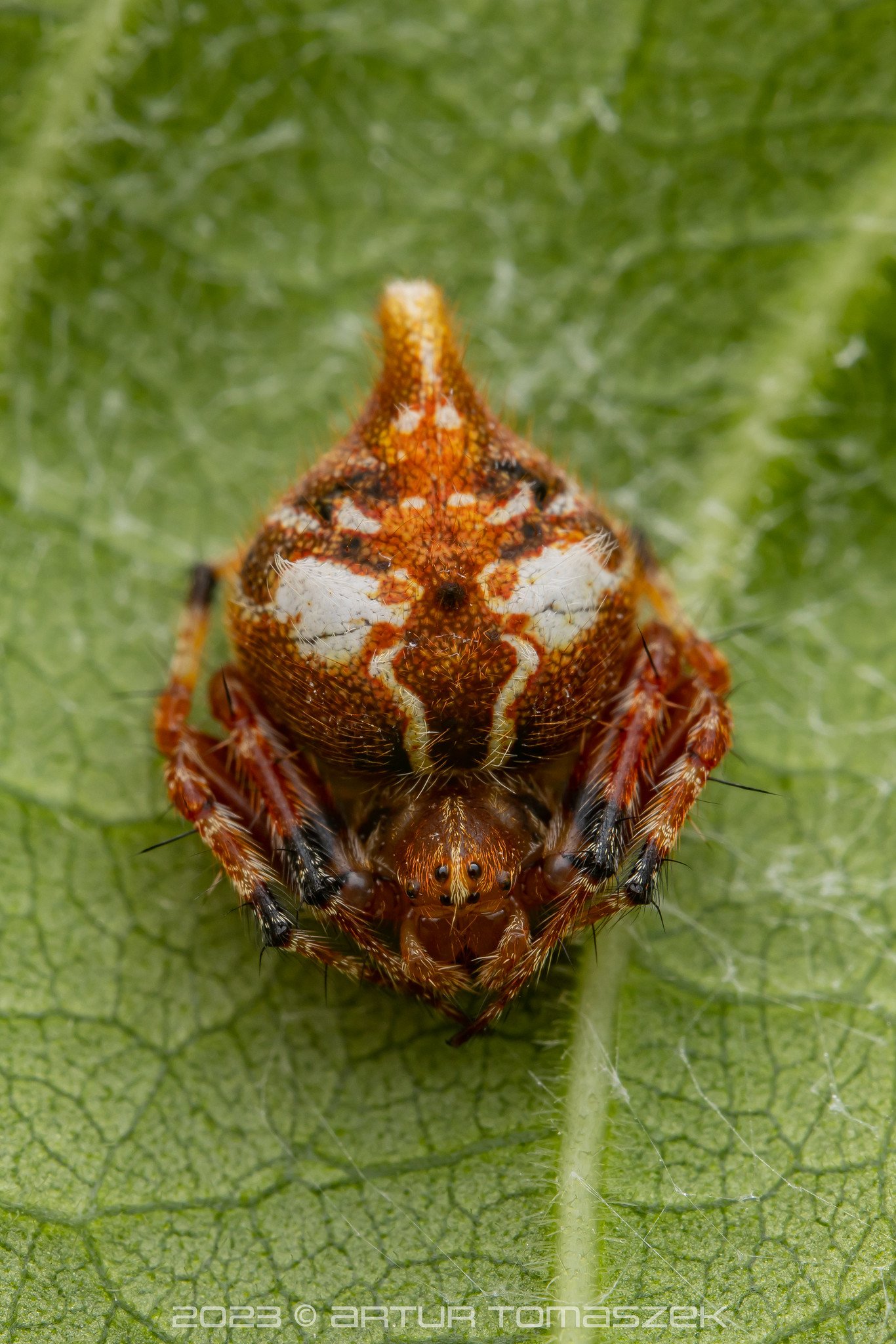
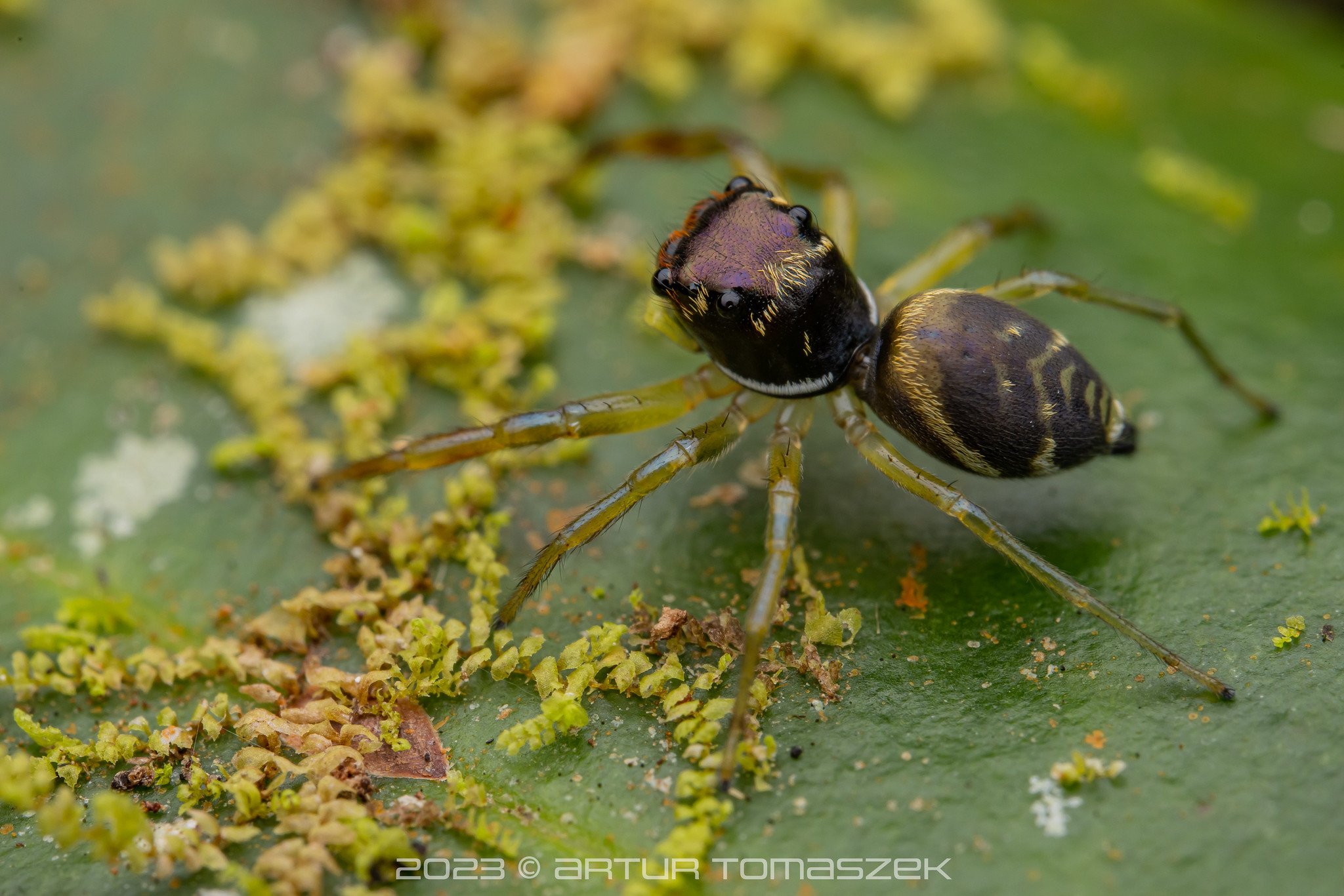


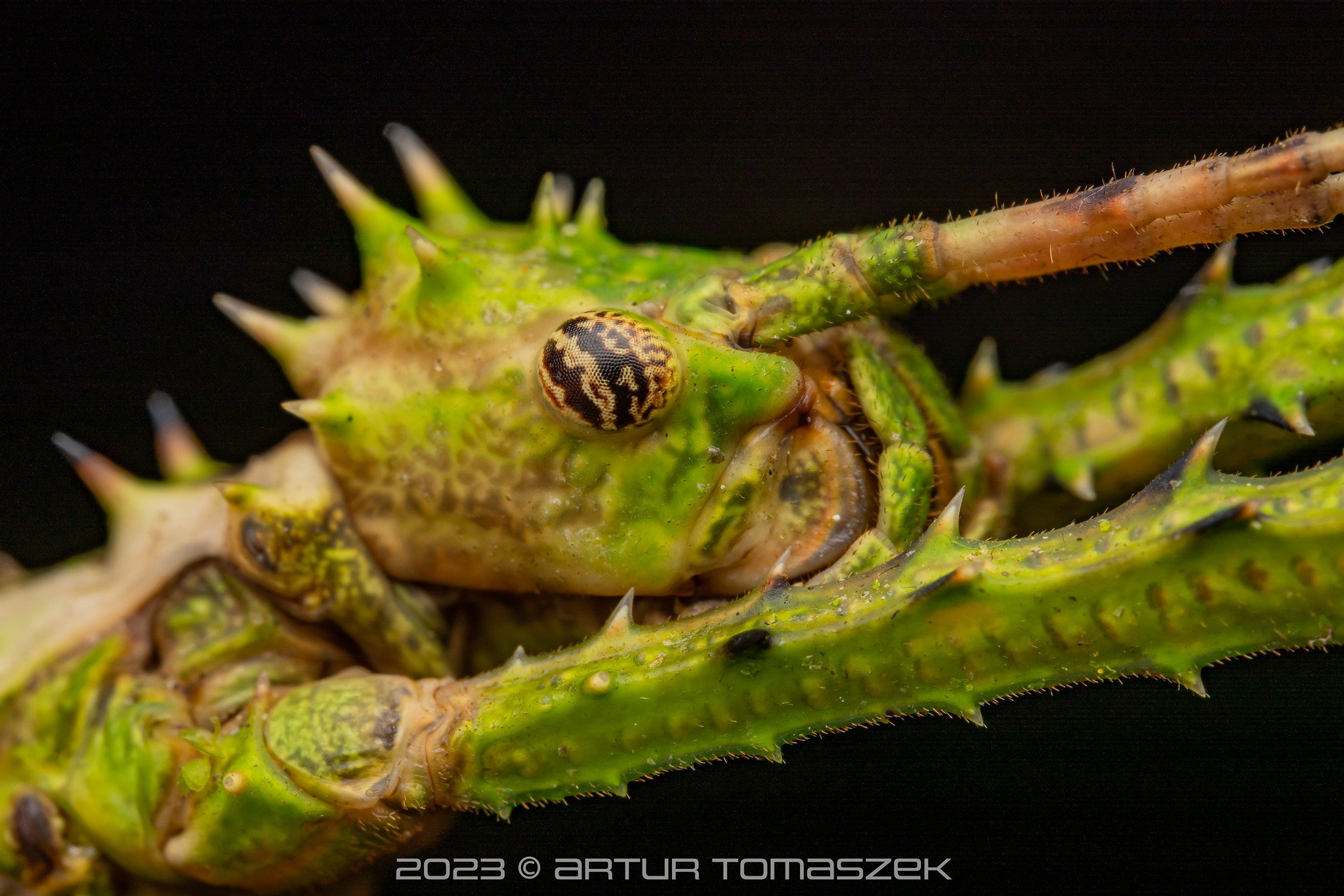
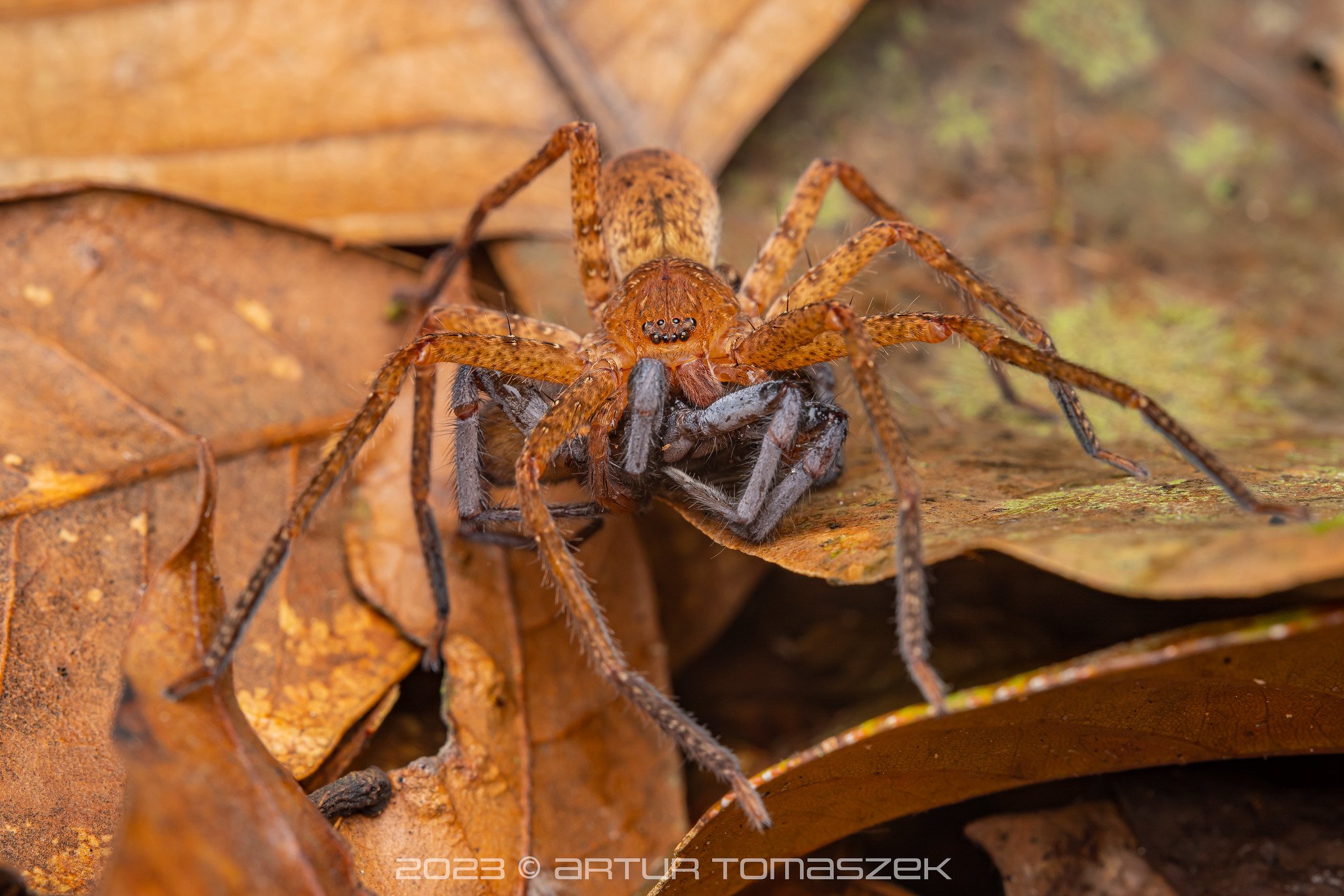
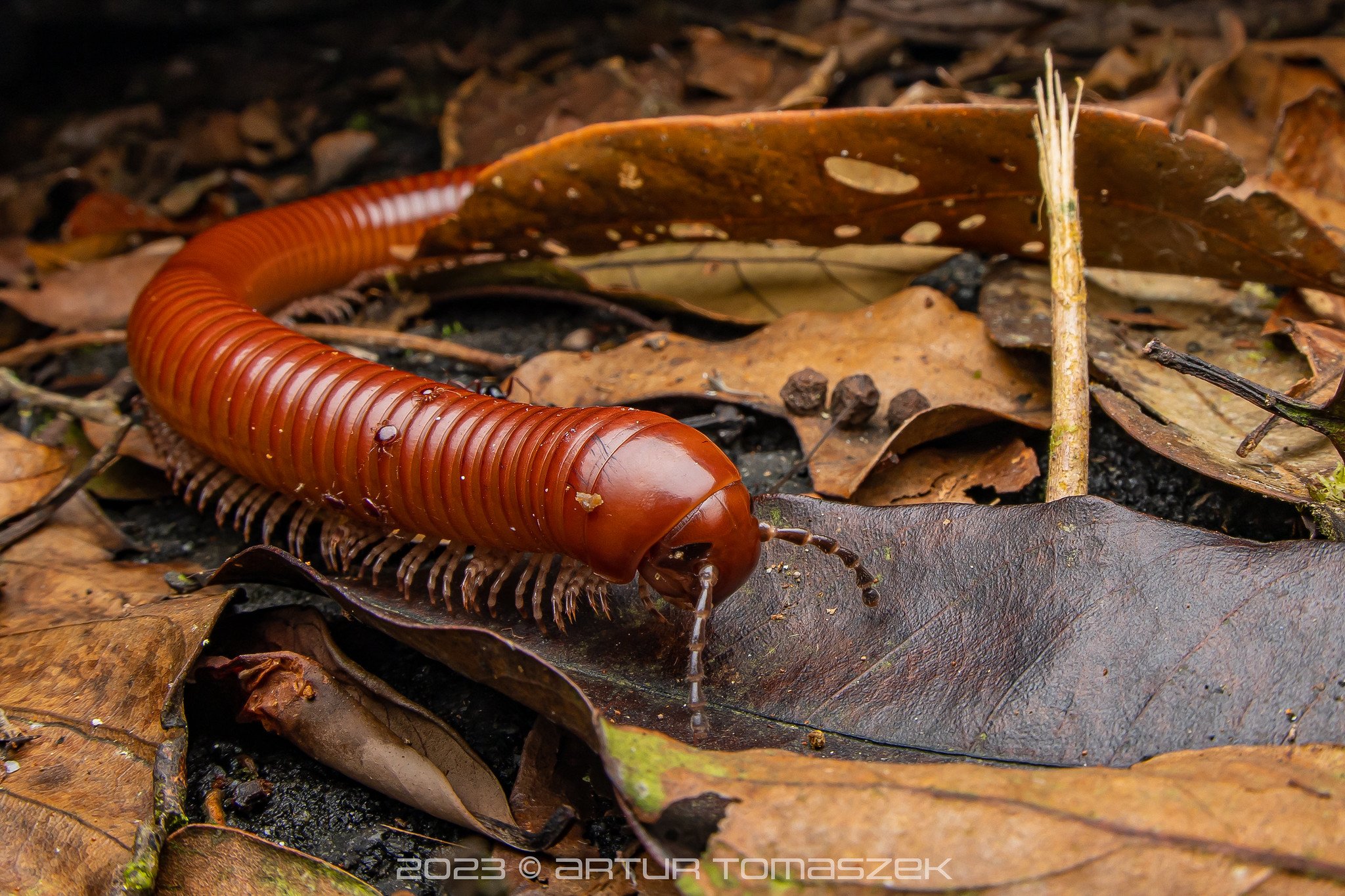

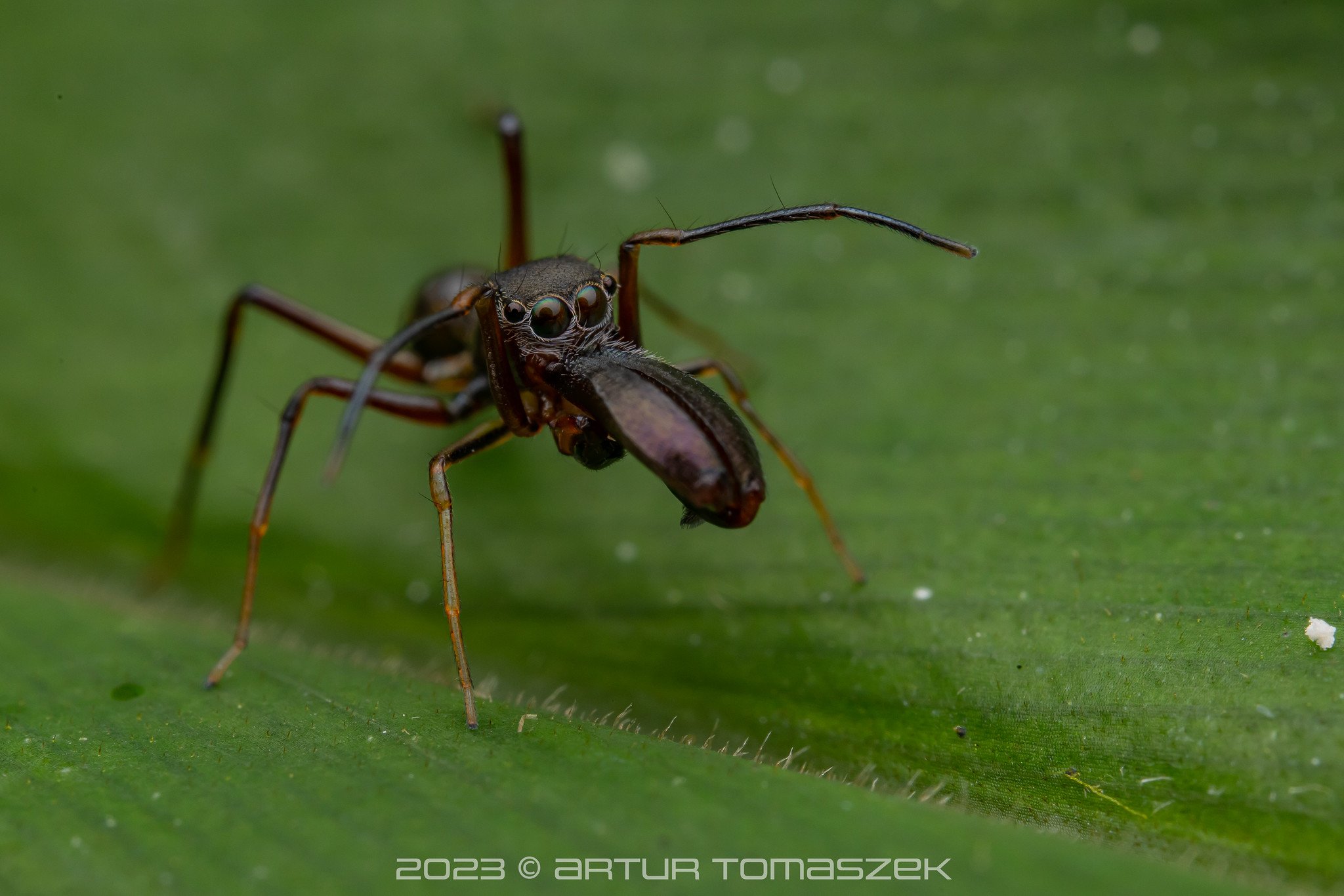
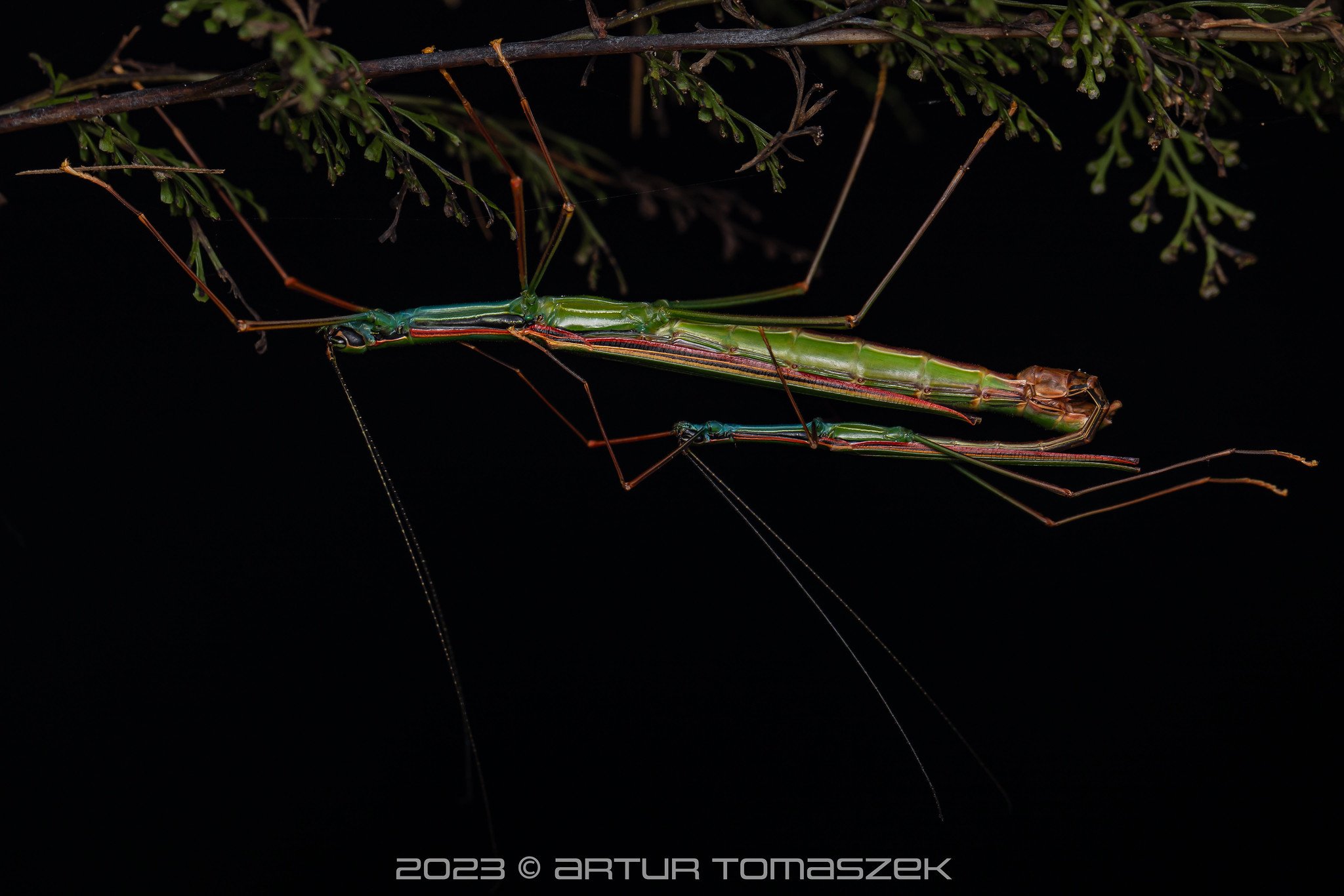
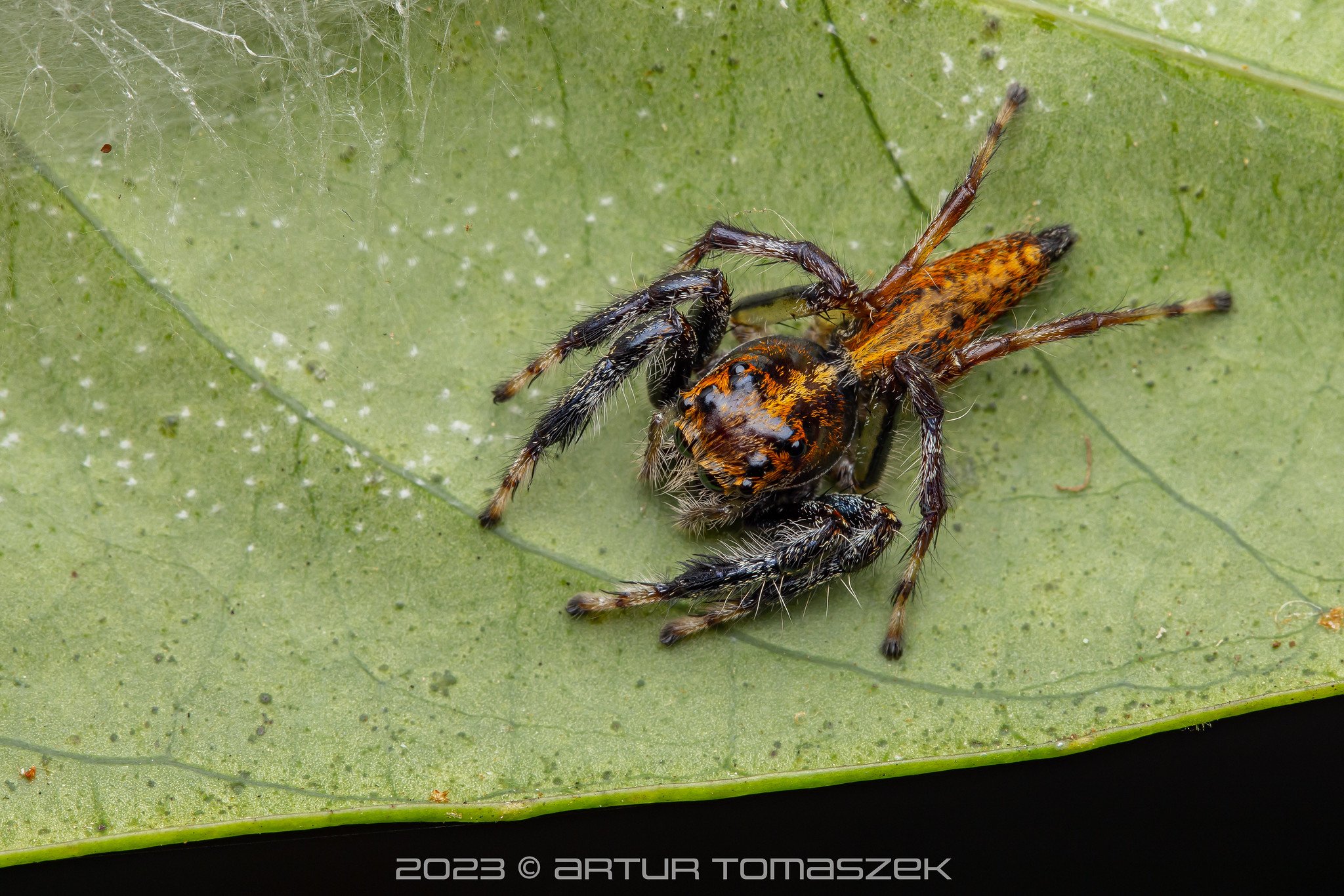

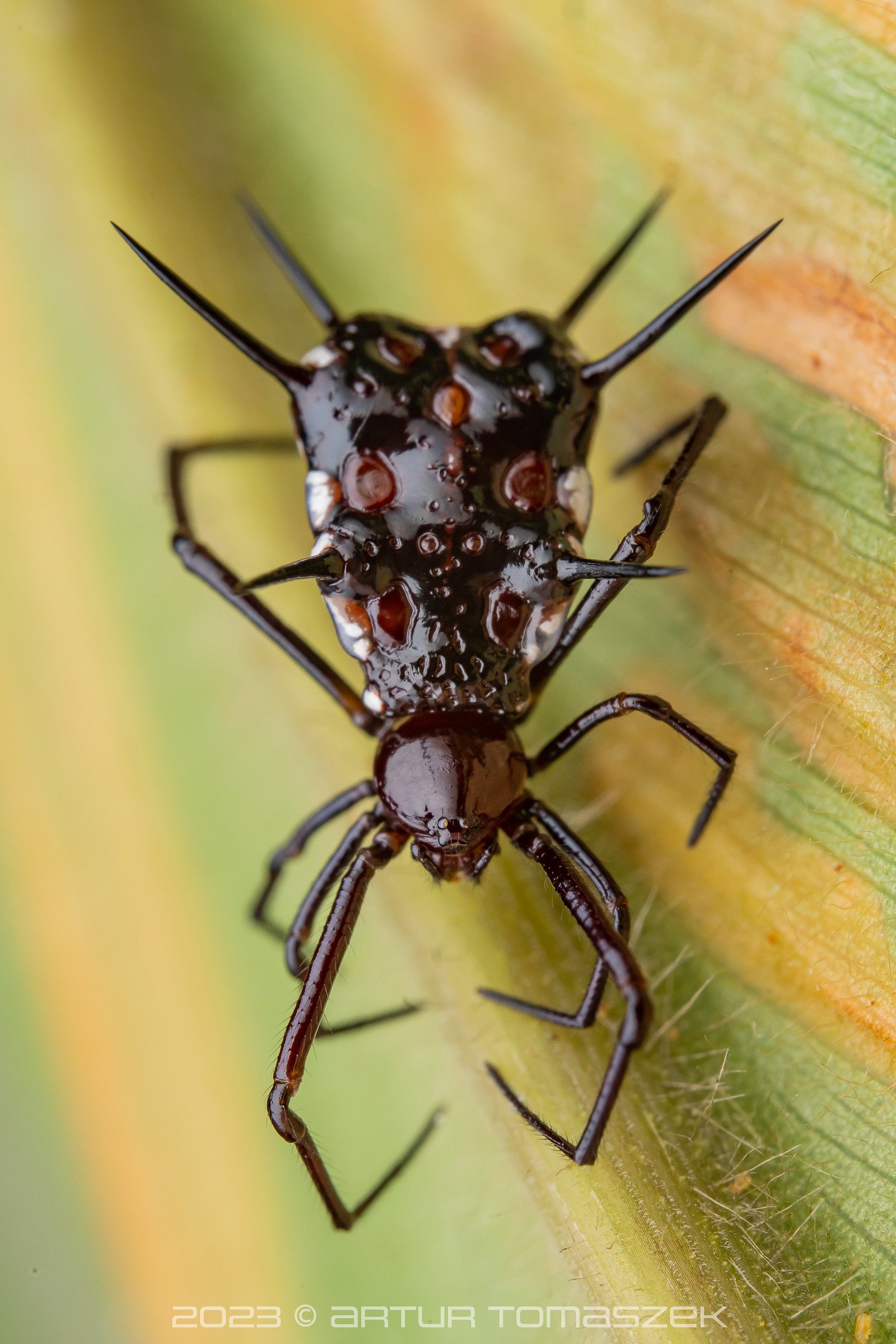
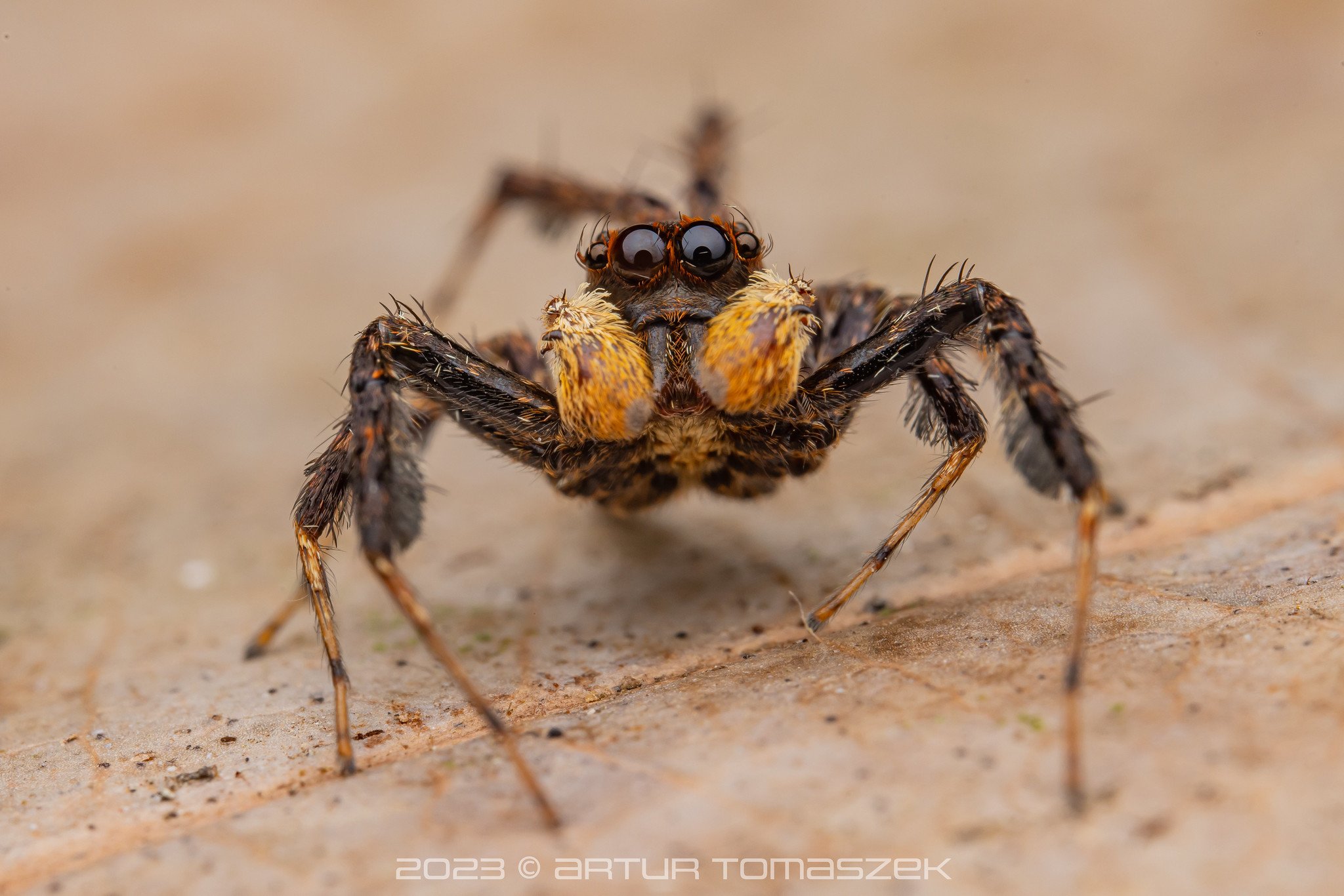

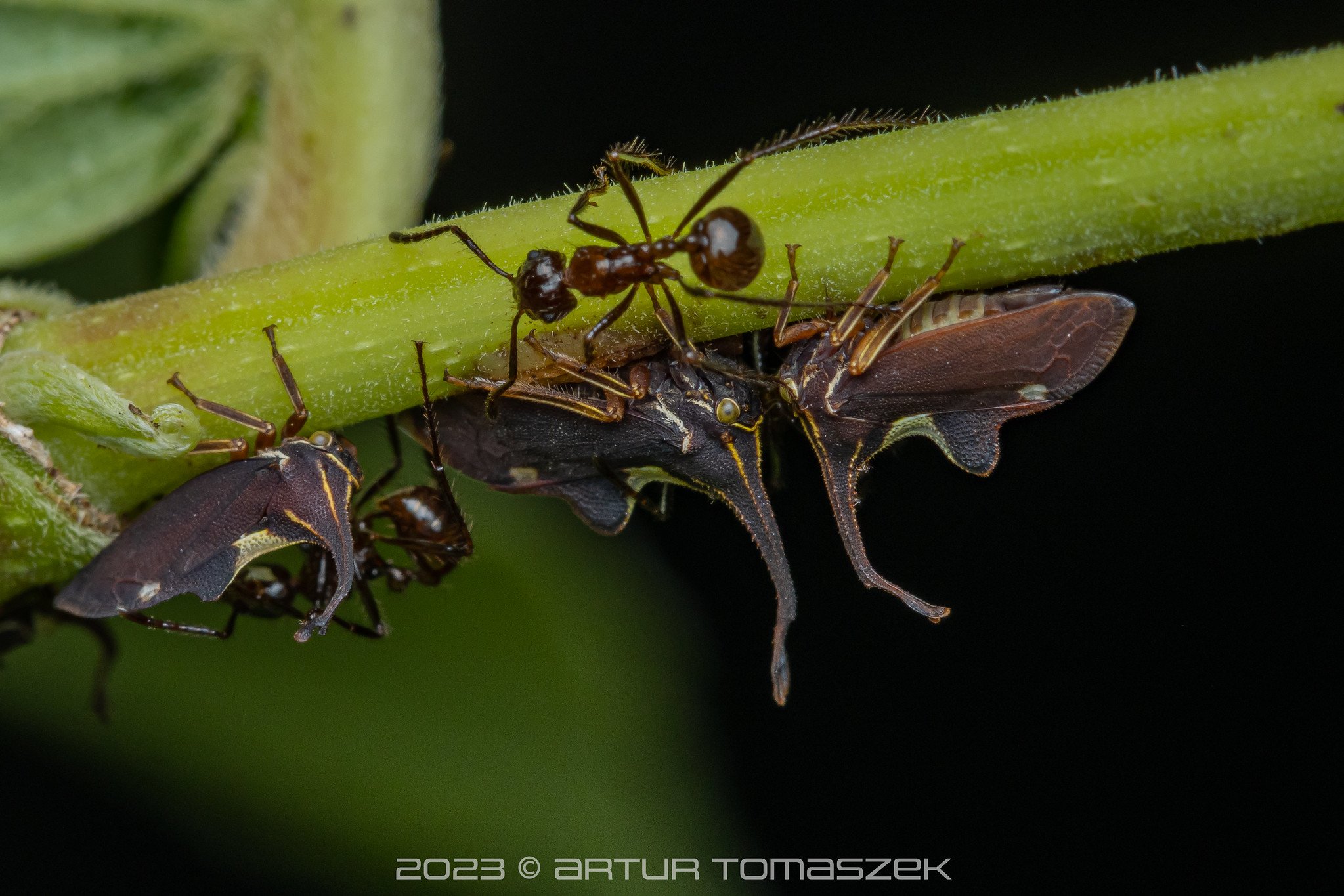
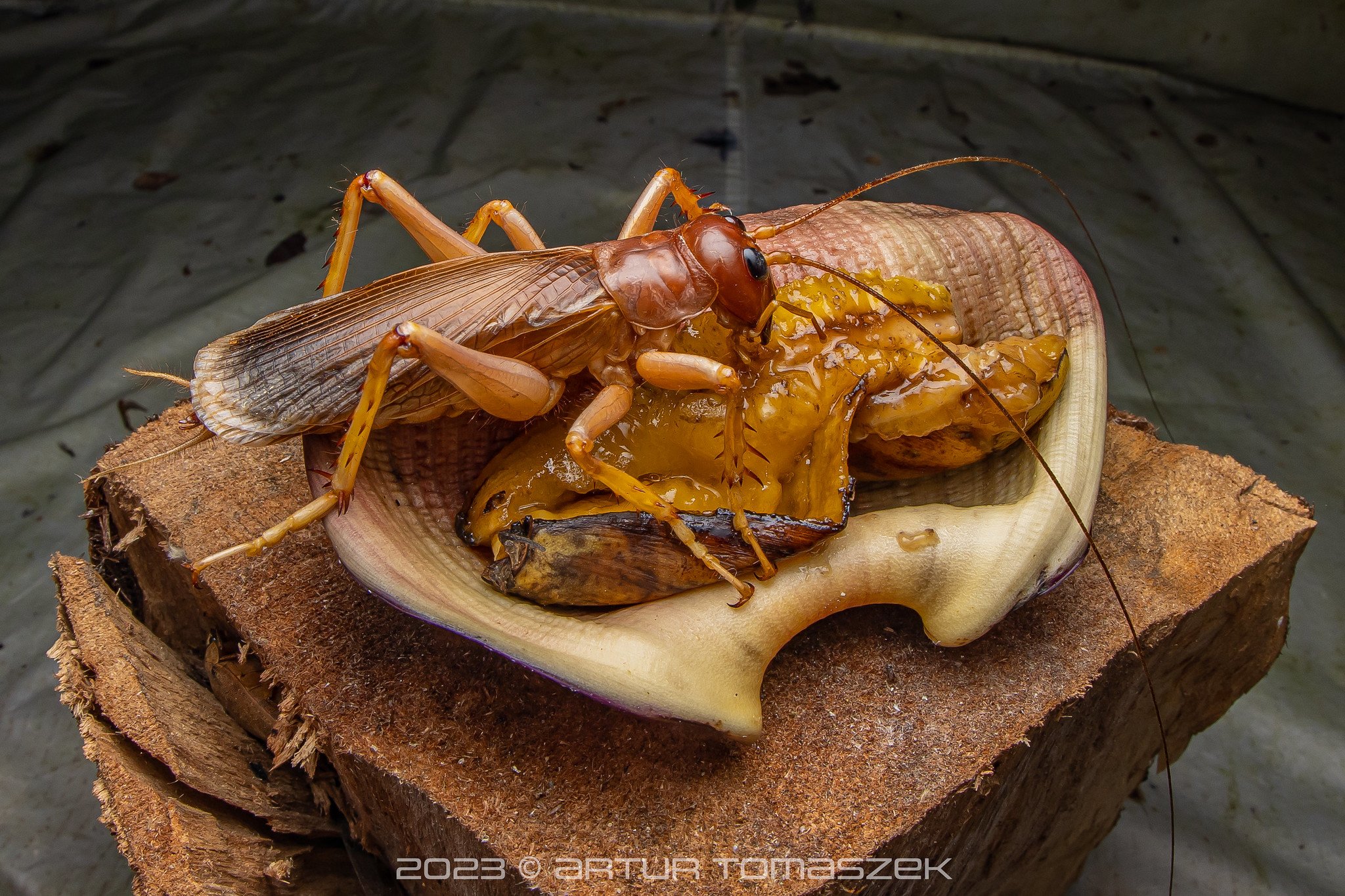
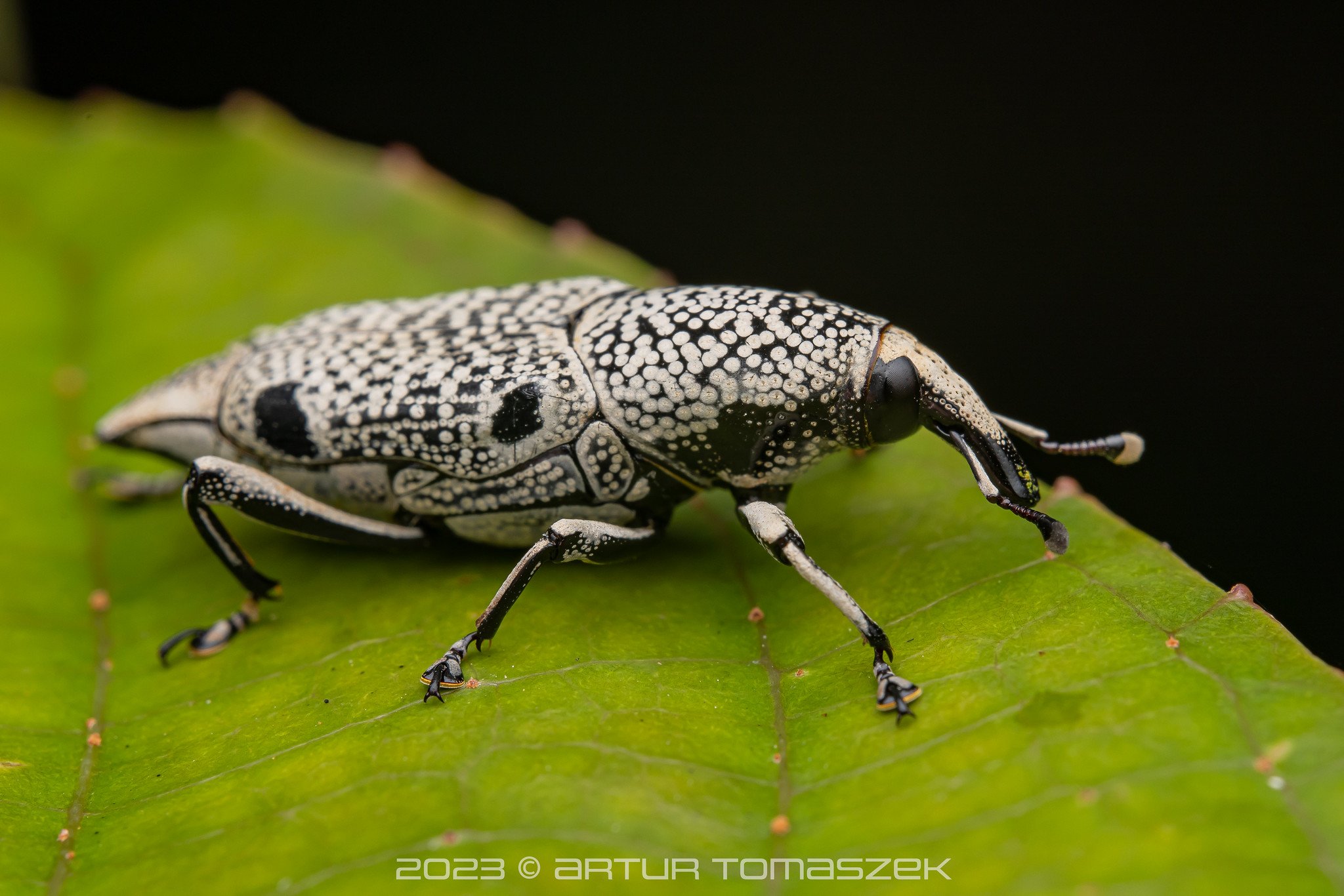
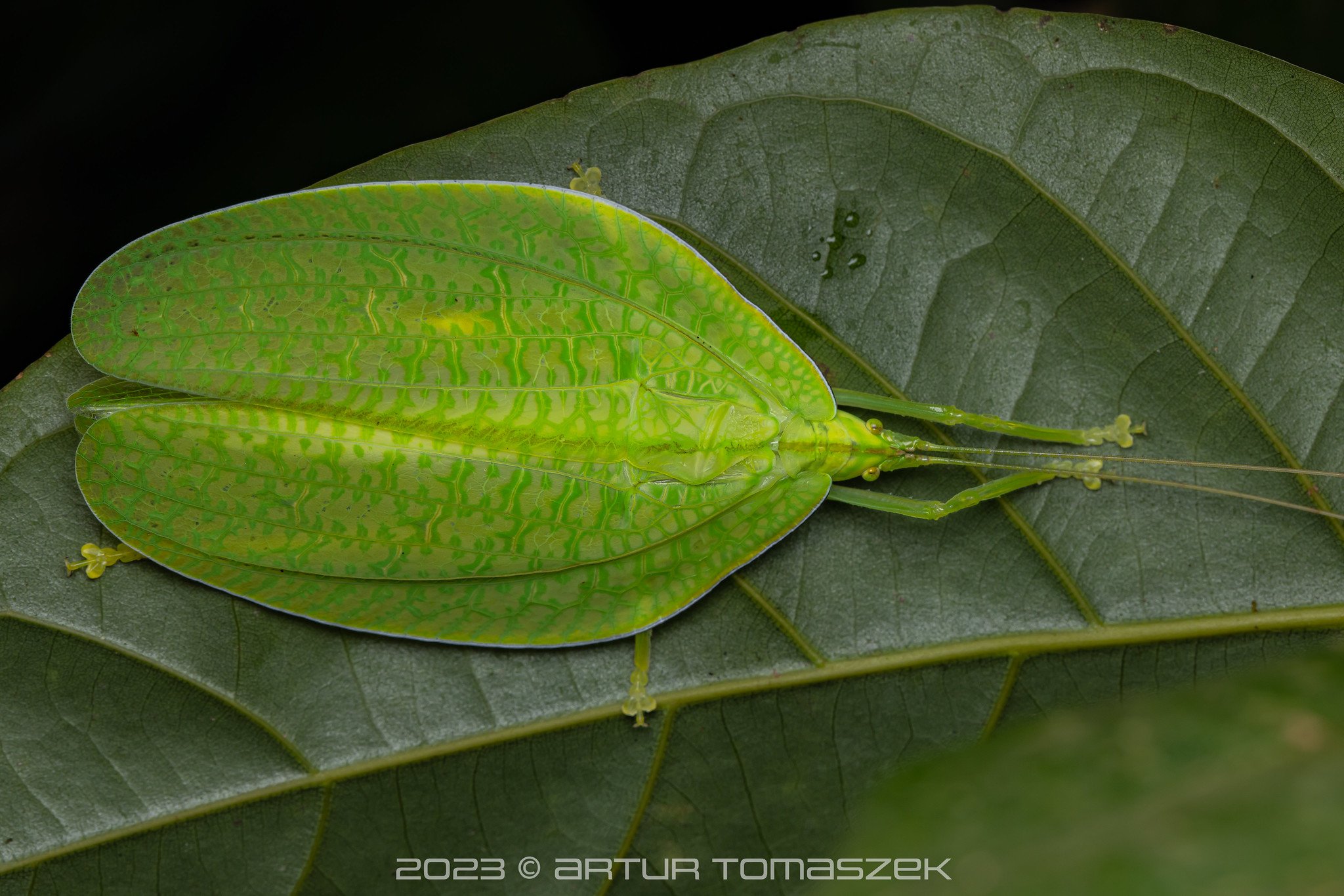
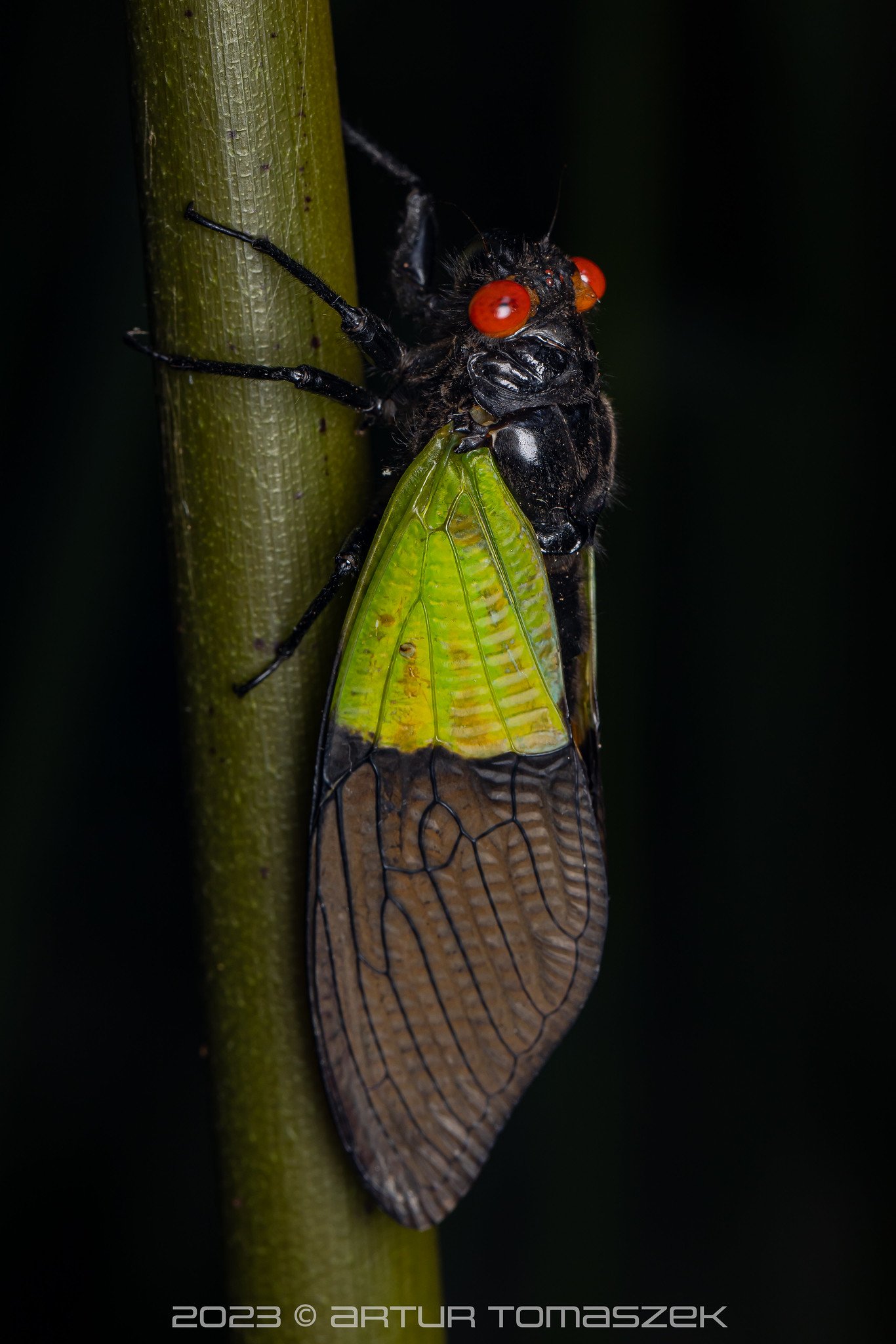
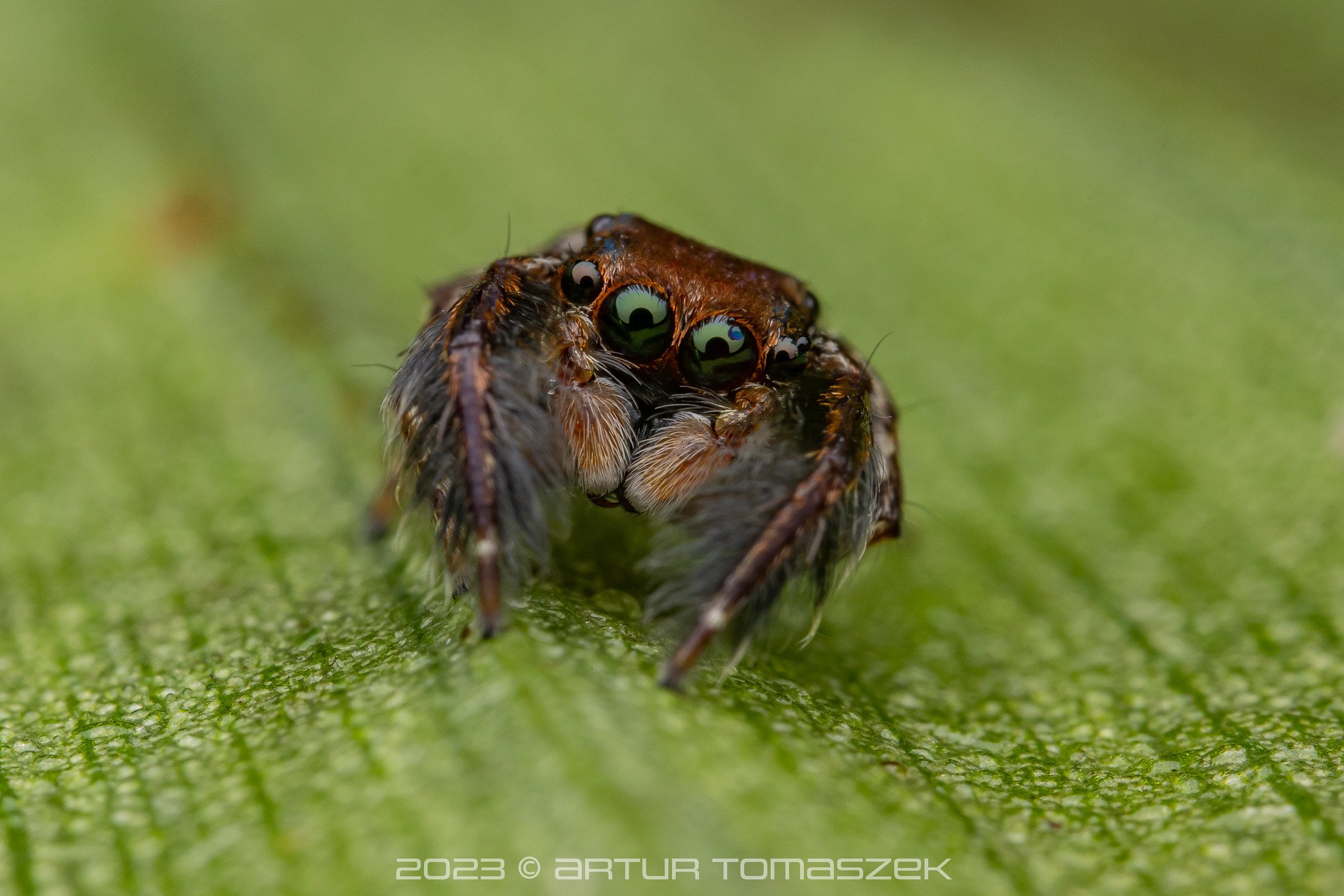
Yet again, invertebrates didn’t disappoint. Butterflies, beetles, spiders, jumping spiders, stick insects, planthoppers, praying mantises and millipedes were abundant. Liphistius malayanus, trapdoor spiders (the first two photos above) were particularly interesting. Seeing their complex burrows with cork-like trapdoors and watching them come out as quick as a flash after tickling the triplines was fascinating.
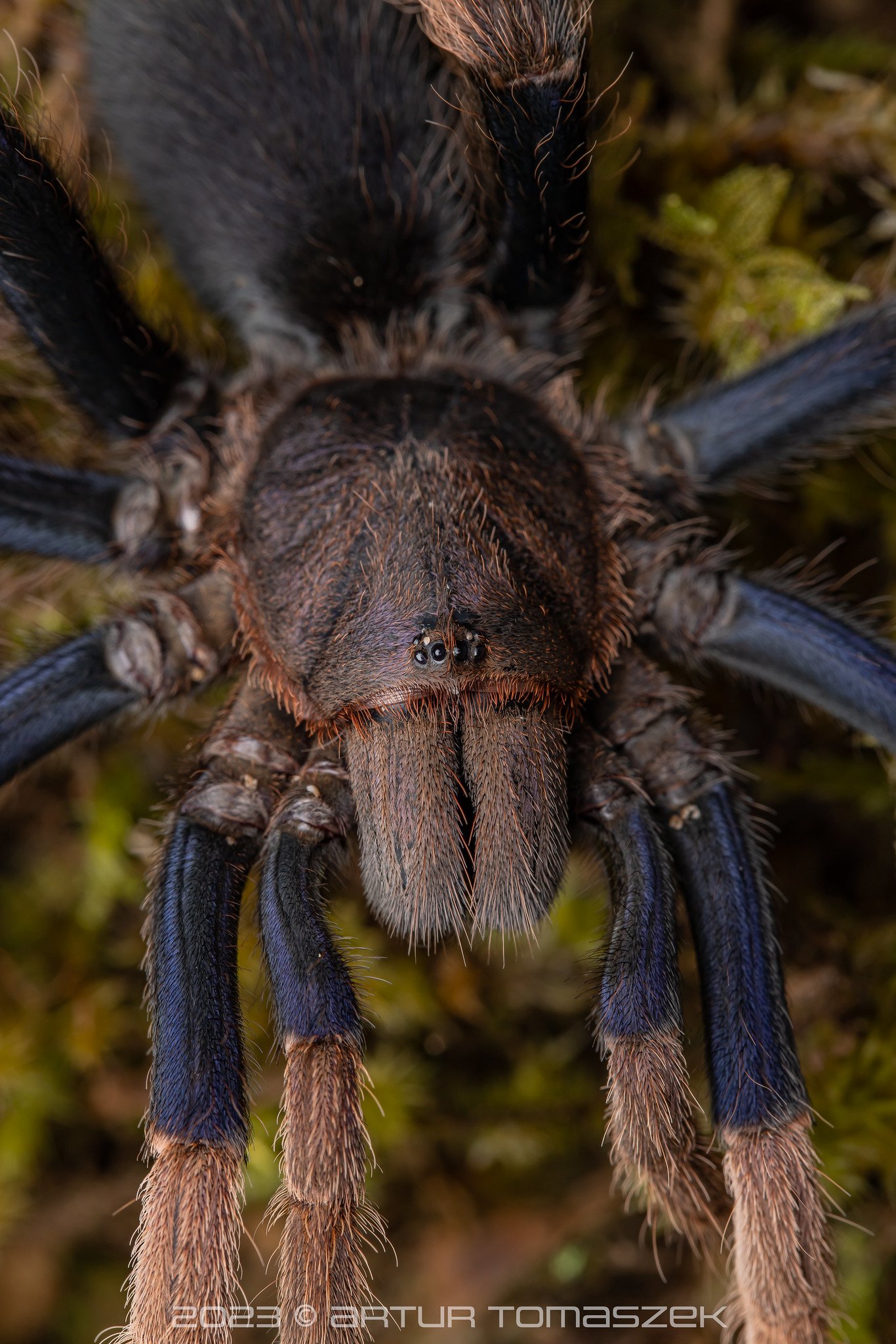
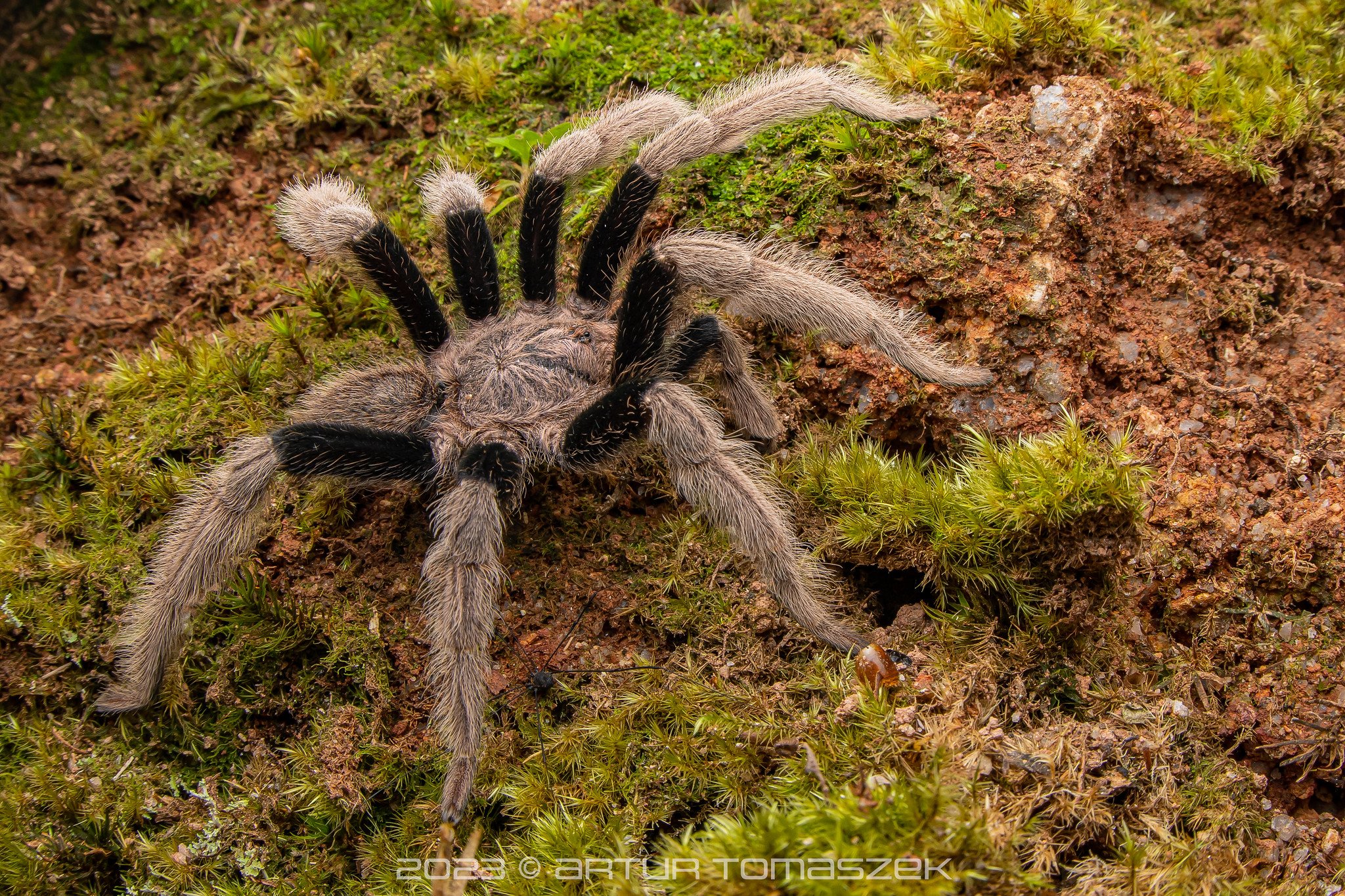
The spider above (female & adult male) deserves a special mention. It’s Coremiocnemis hoggi, a spider initially collected by and named after Stephen Hogg, the owner of MCM Nature Discovery Villa. There were literally hundreds of them on the embankments, lurking from their burrows.
Our moth trap, set not far from Stephen’s main trap.
And then there were moths. We didn’t seem to be lucky in this department either, as it was full moon and the night sky was absolutely clear on most nights. Saying this, “lucky” with regards to moths on Fraser’s Hill means getting literally layers of moths and other invertebrates attached to the sheets. In our case, there was a relatively comfortable (for a photographer) number of critters getting attracted to both traps. Artur monitored the trap from midnight or later until even 5 am most nights, while I was going out in the morning, photographing everything that stayed on the traps and their surroundings for 2-3 more hours. Some nights were more prolific than others but overall we consider our first experience in this place quite successful.
Our sheet on a less busy night.
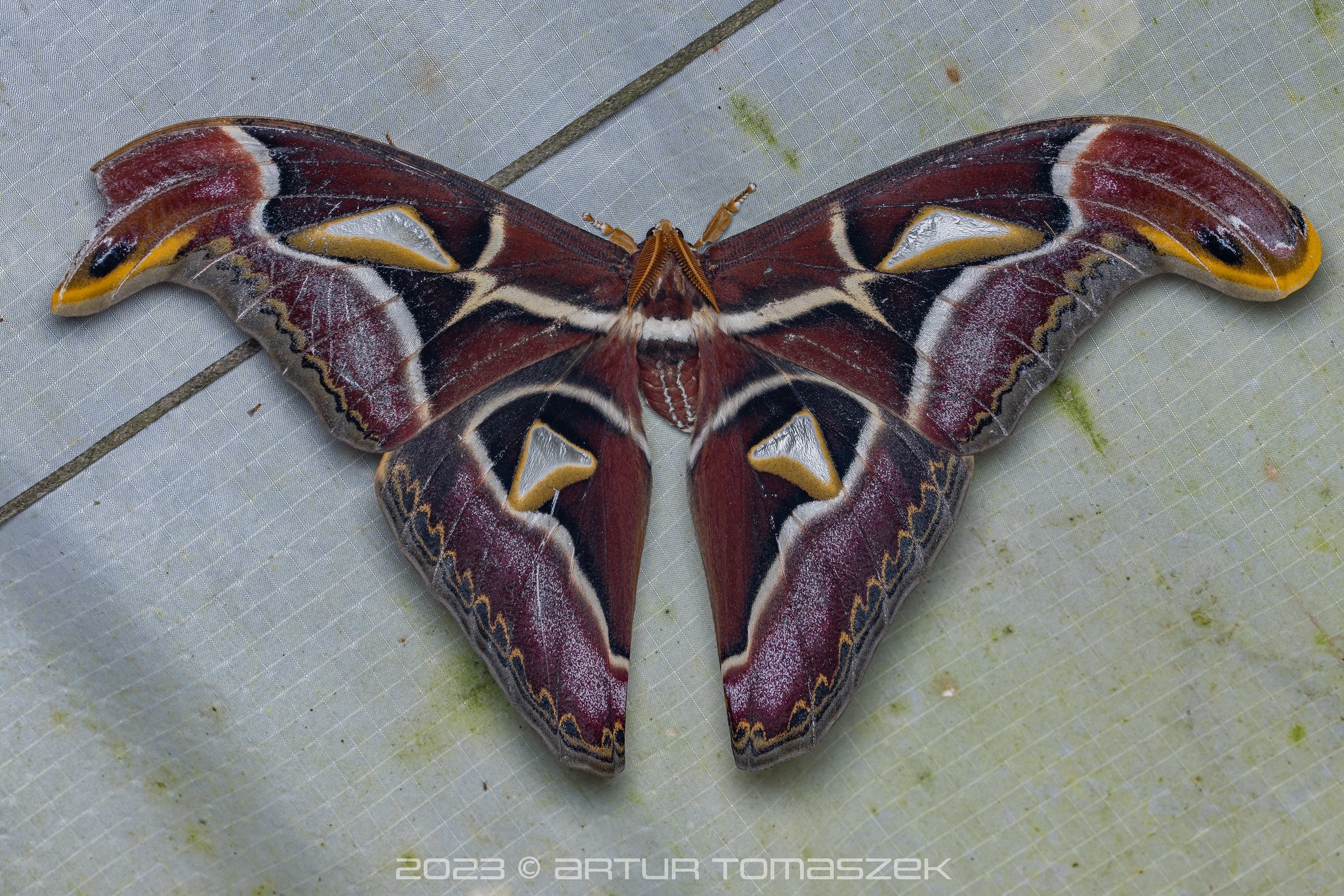
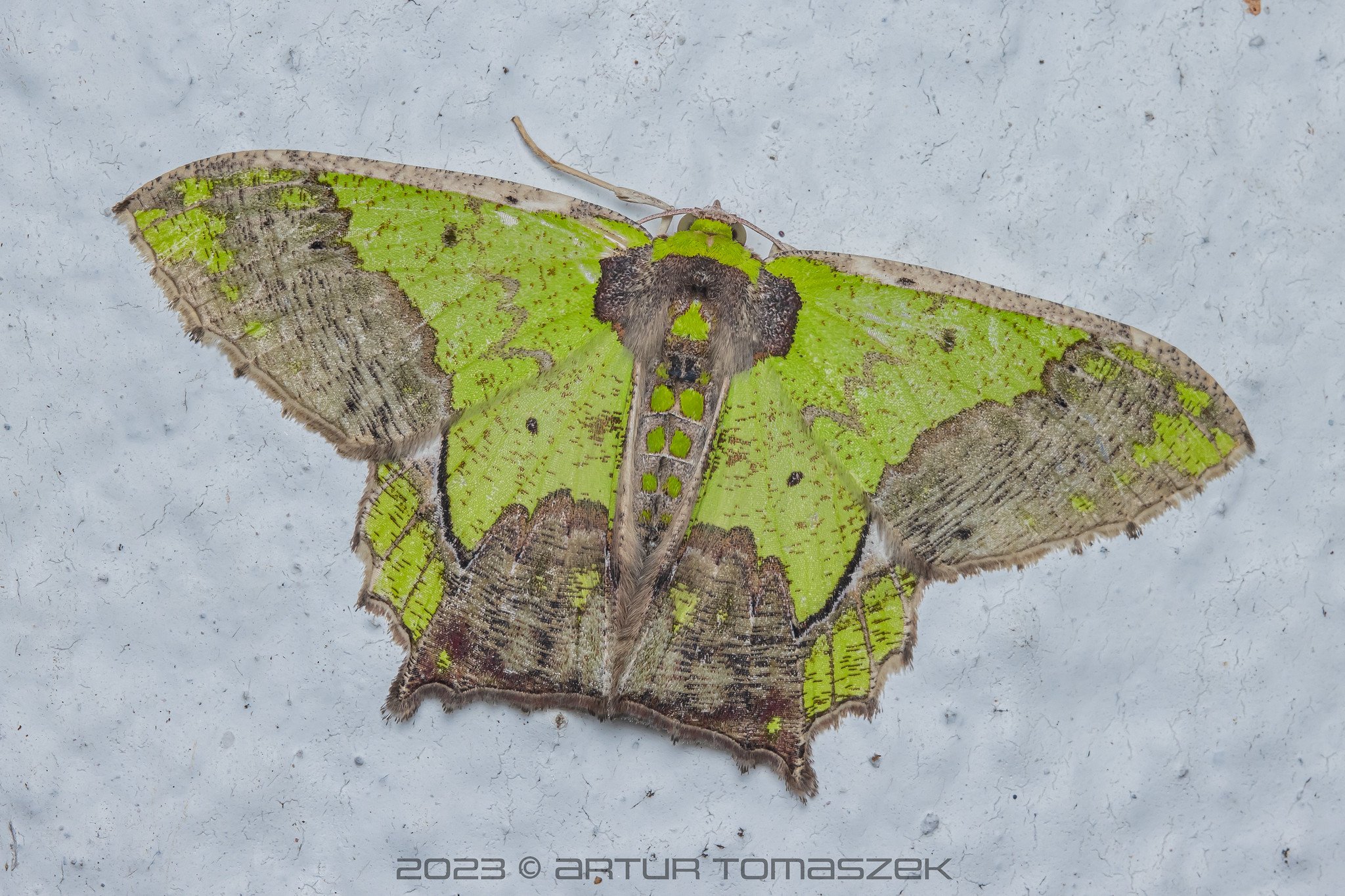
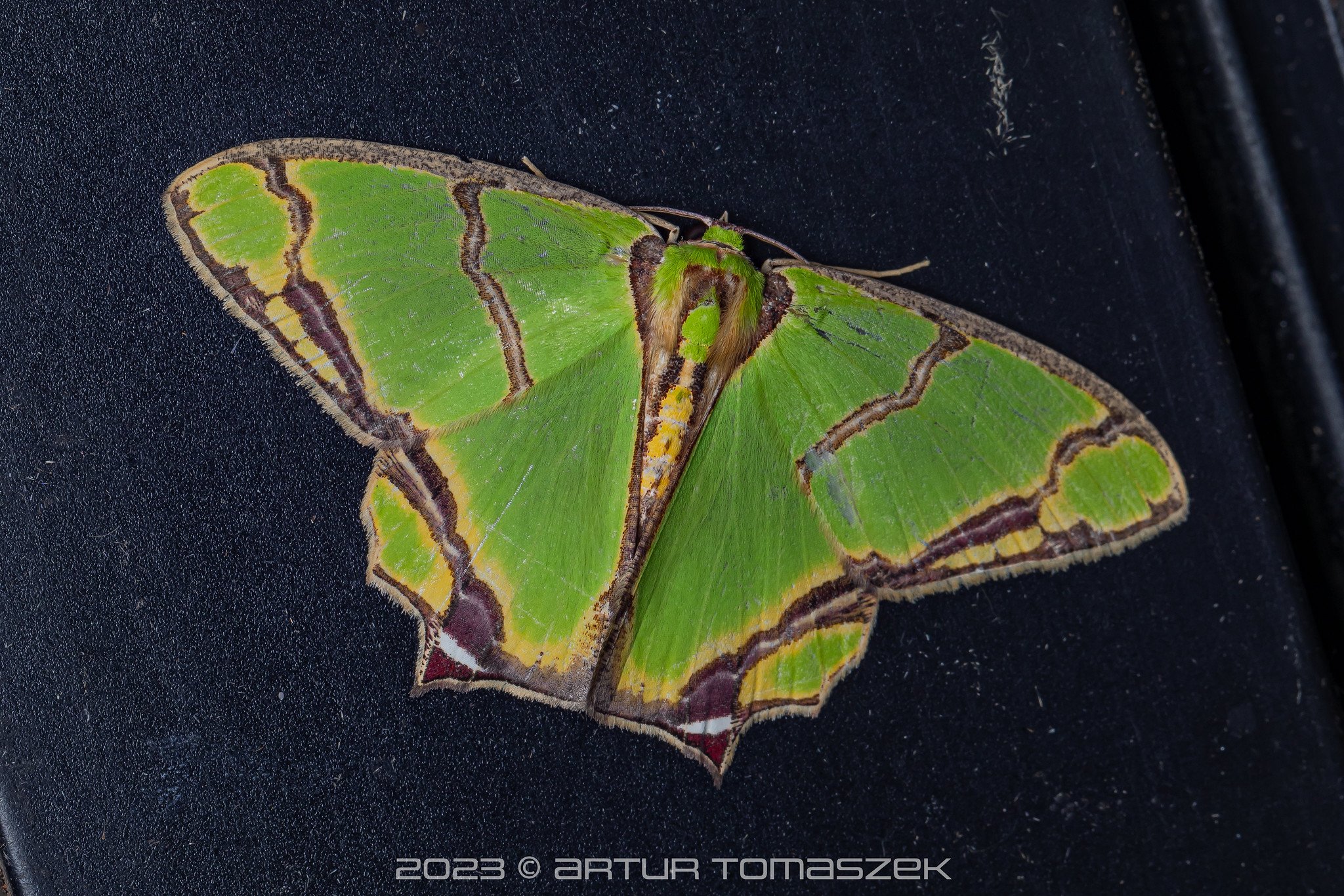

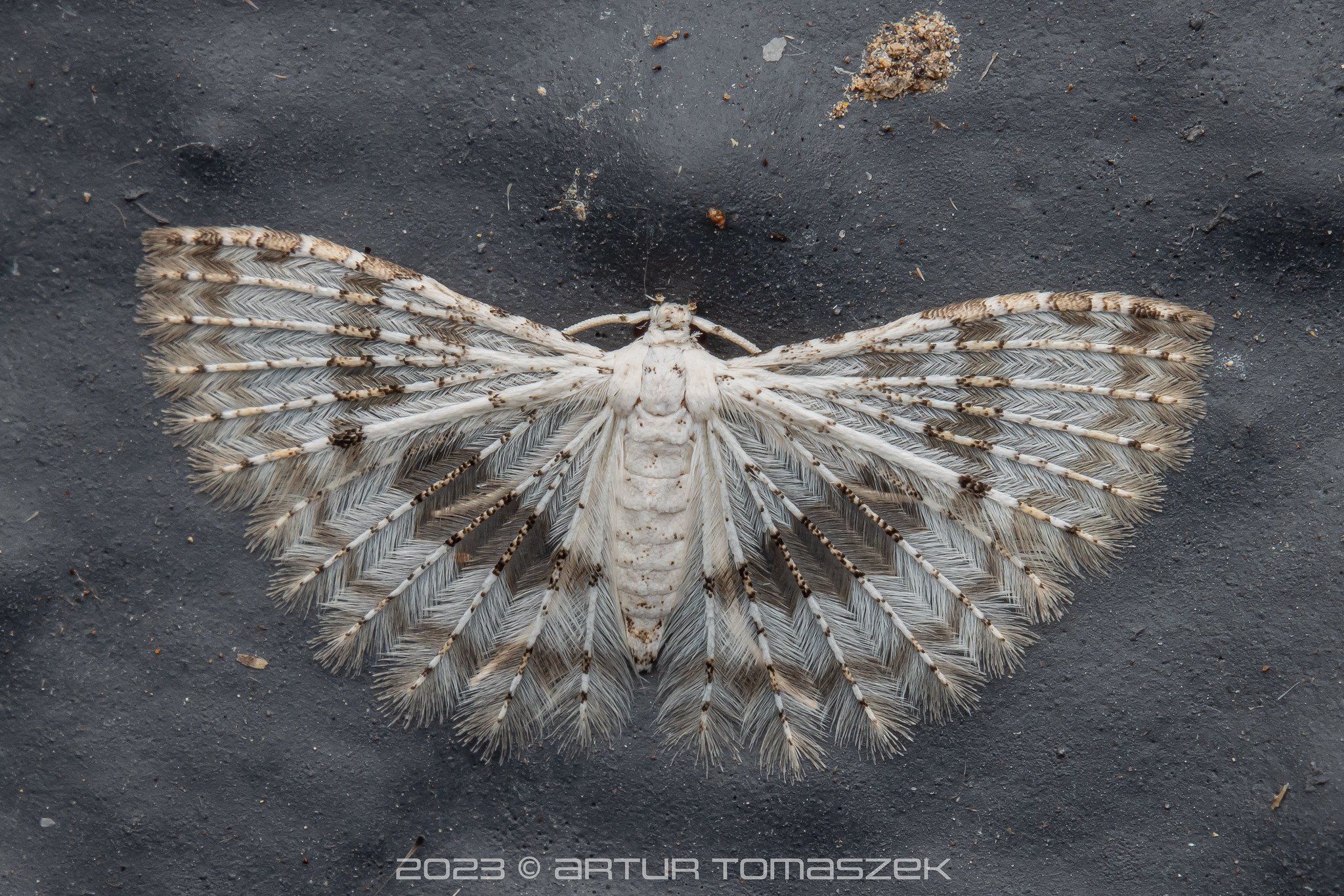
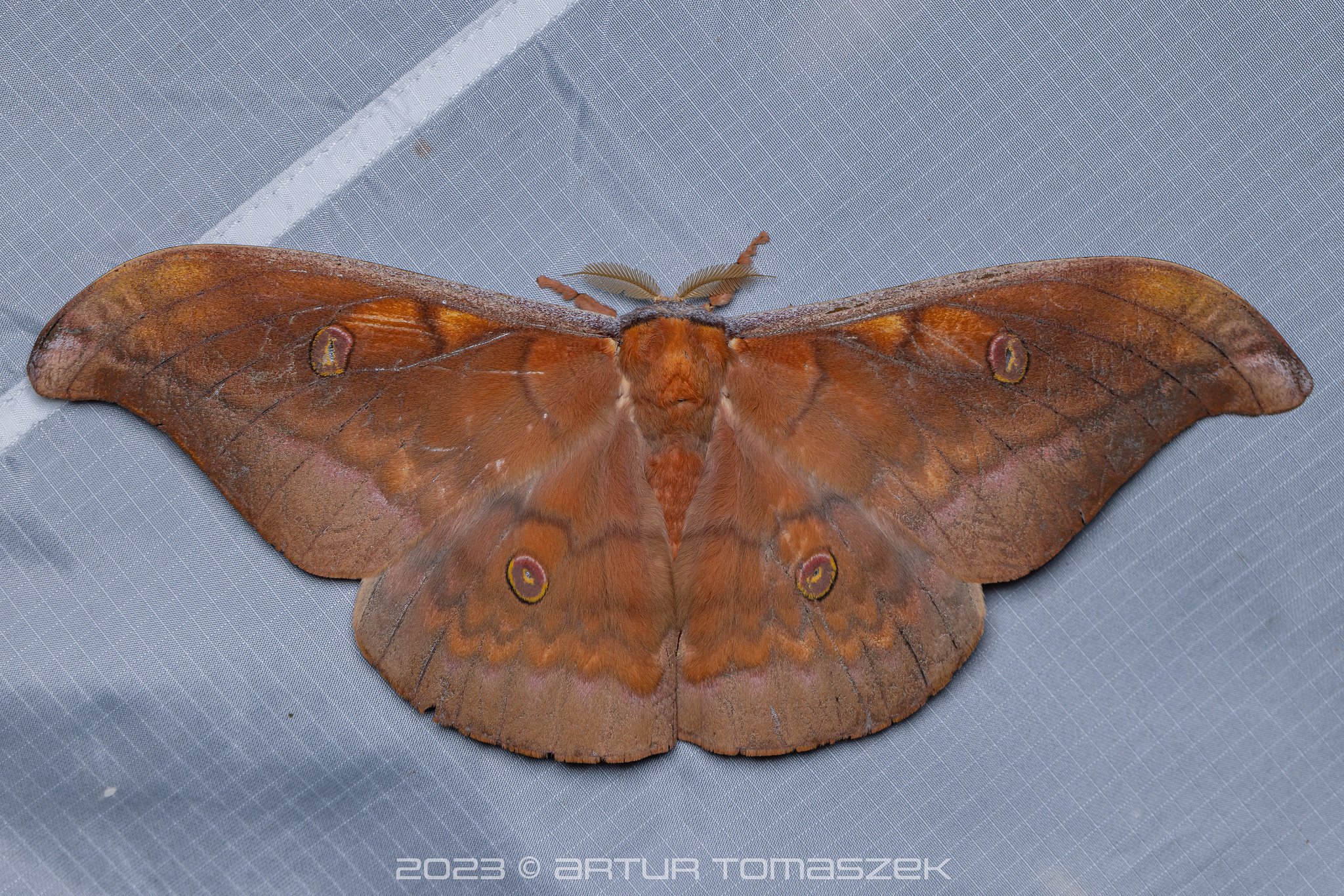
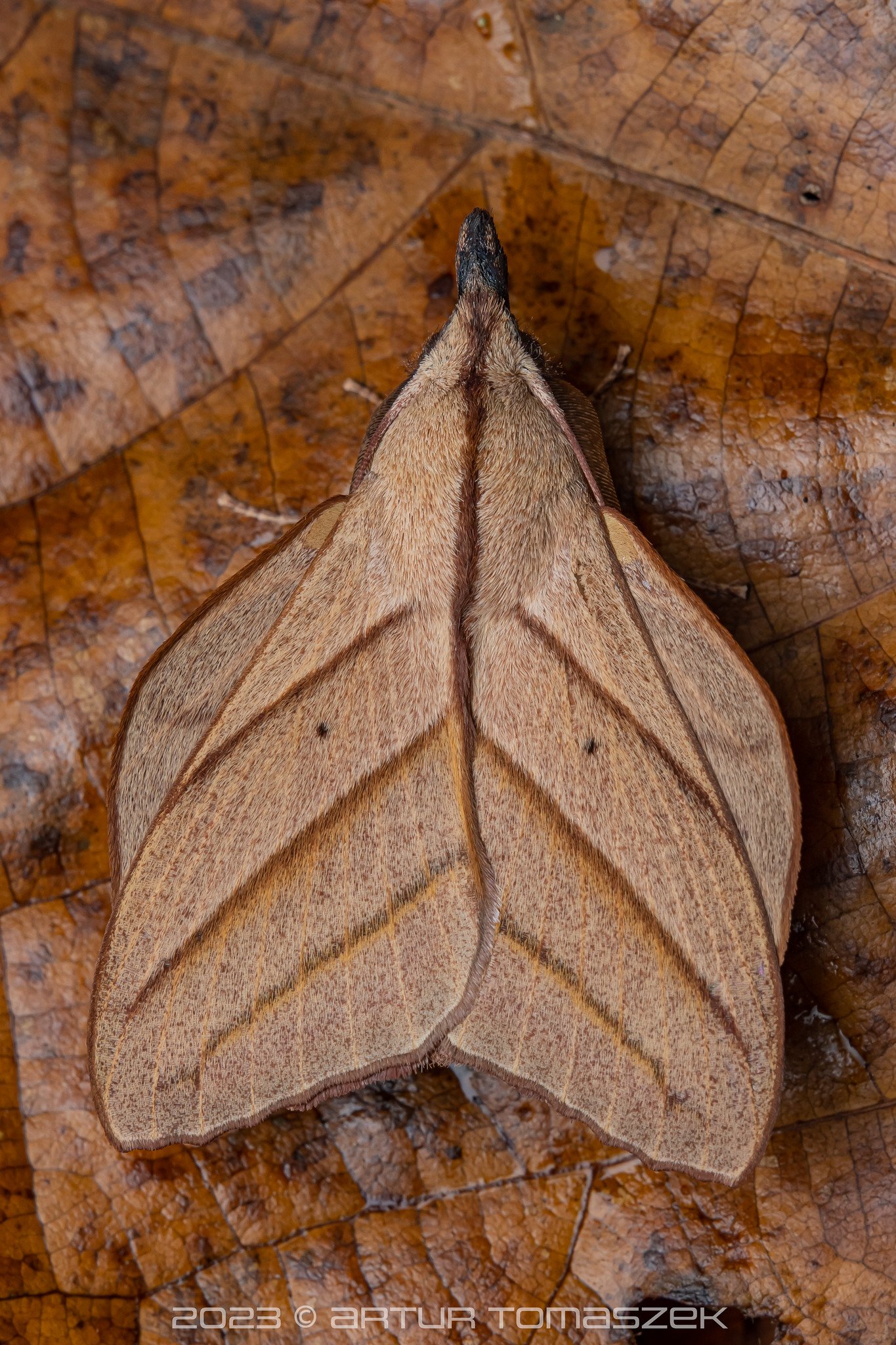
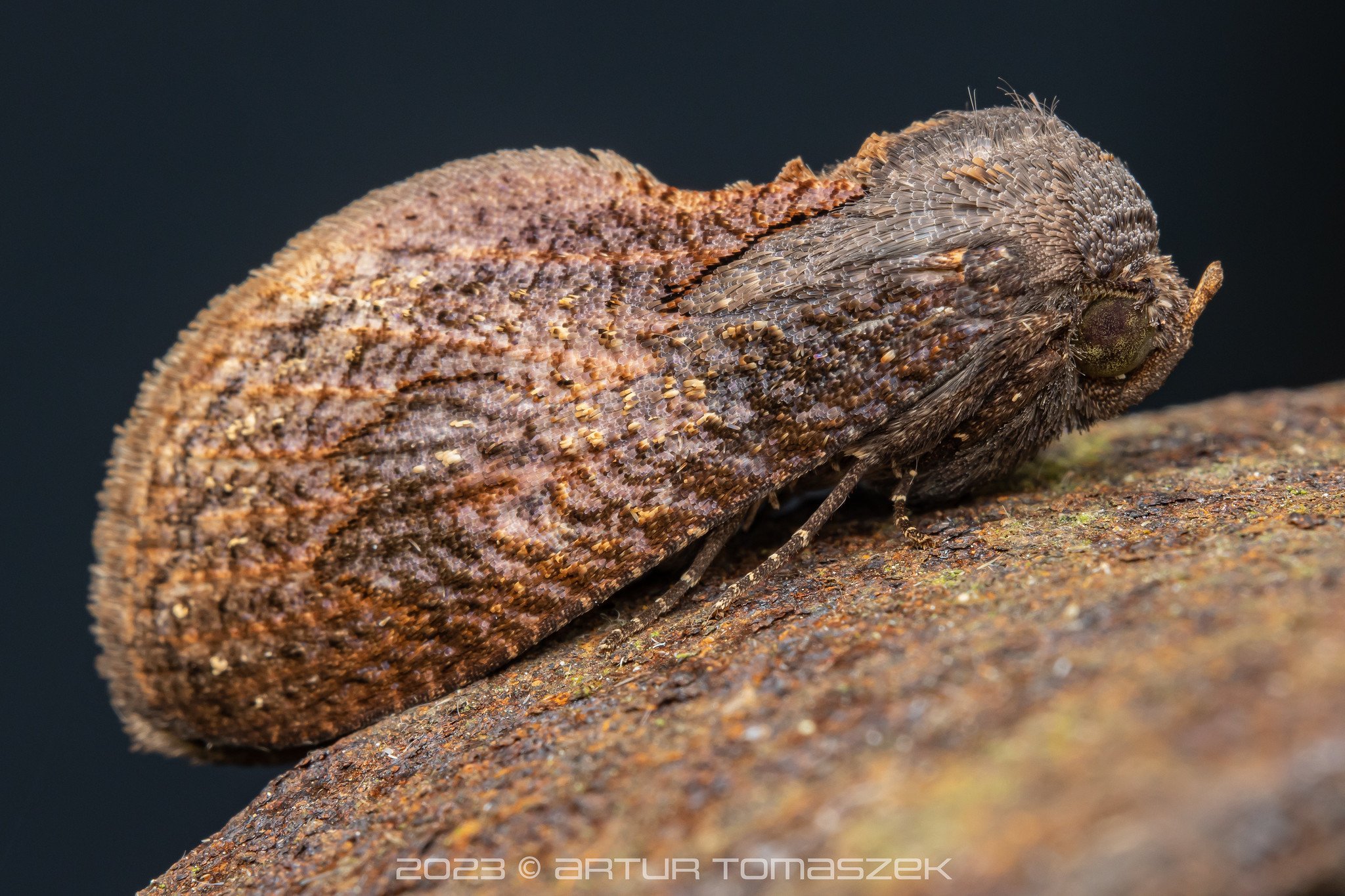
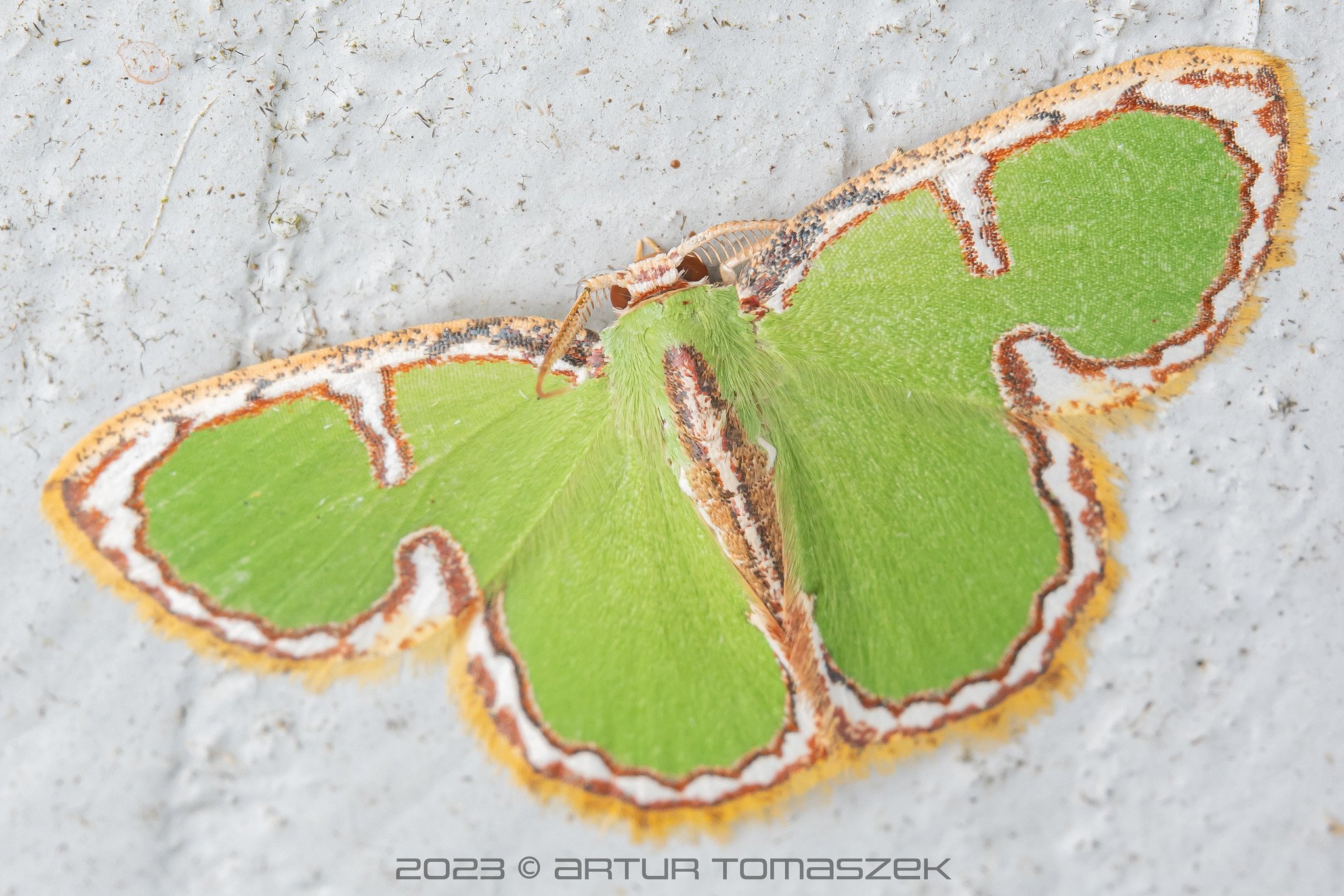

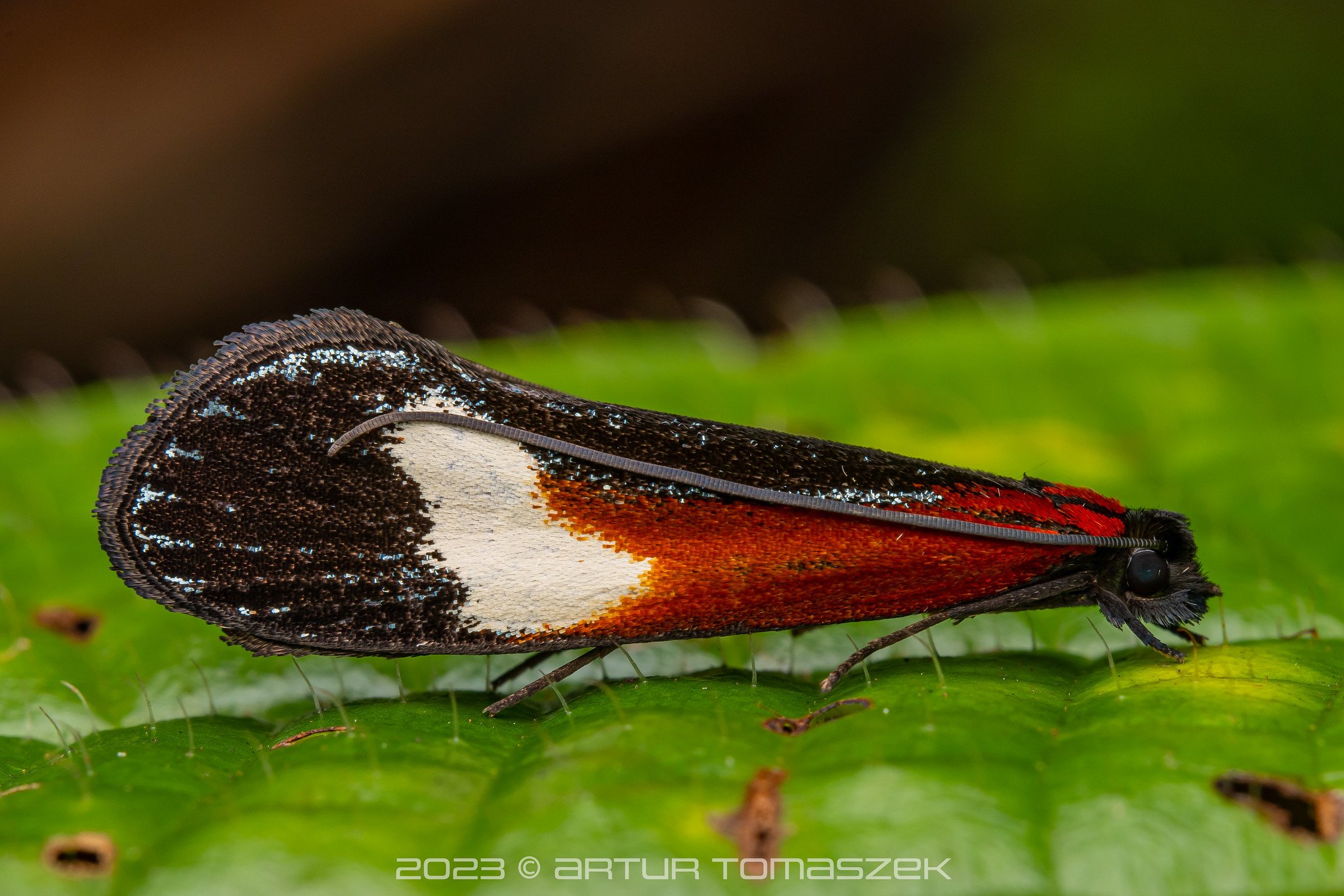
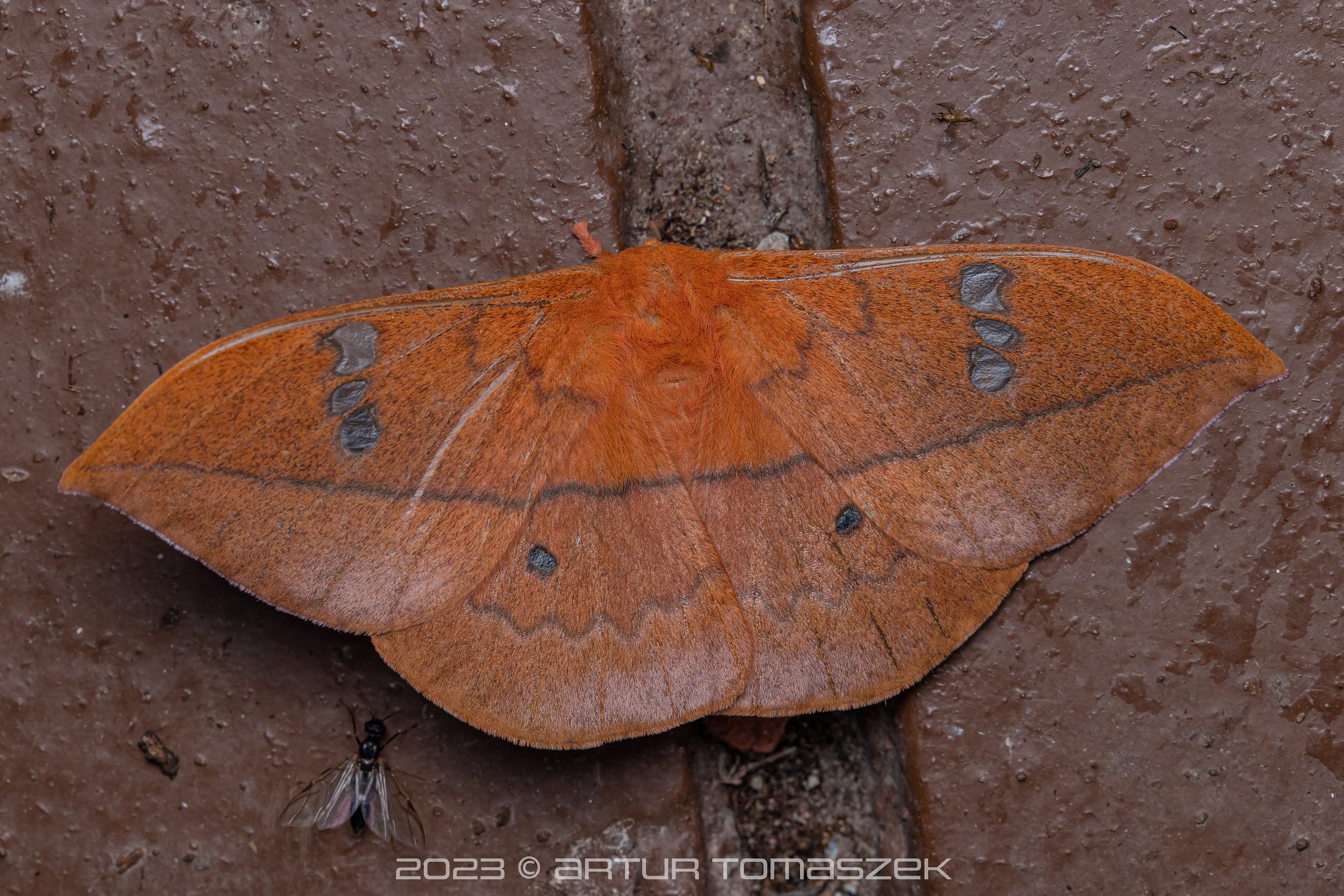
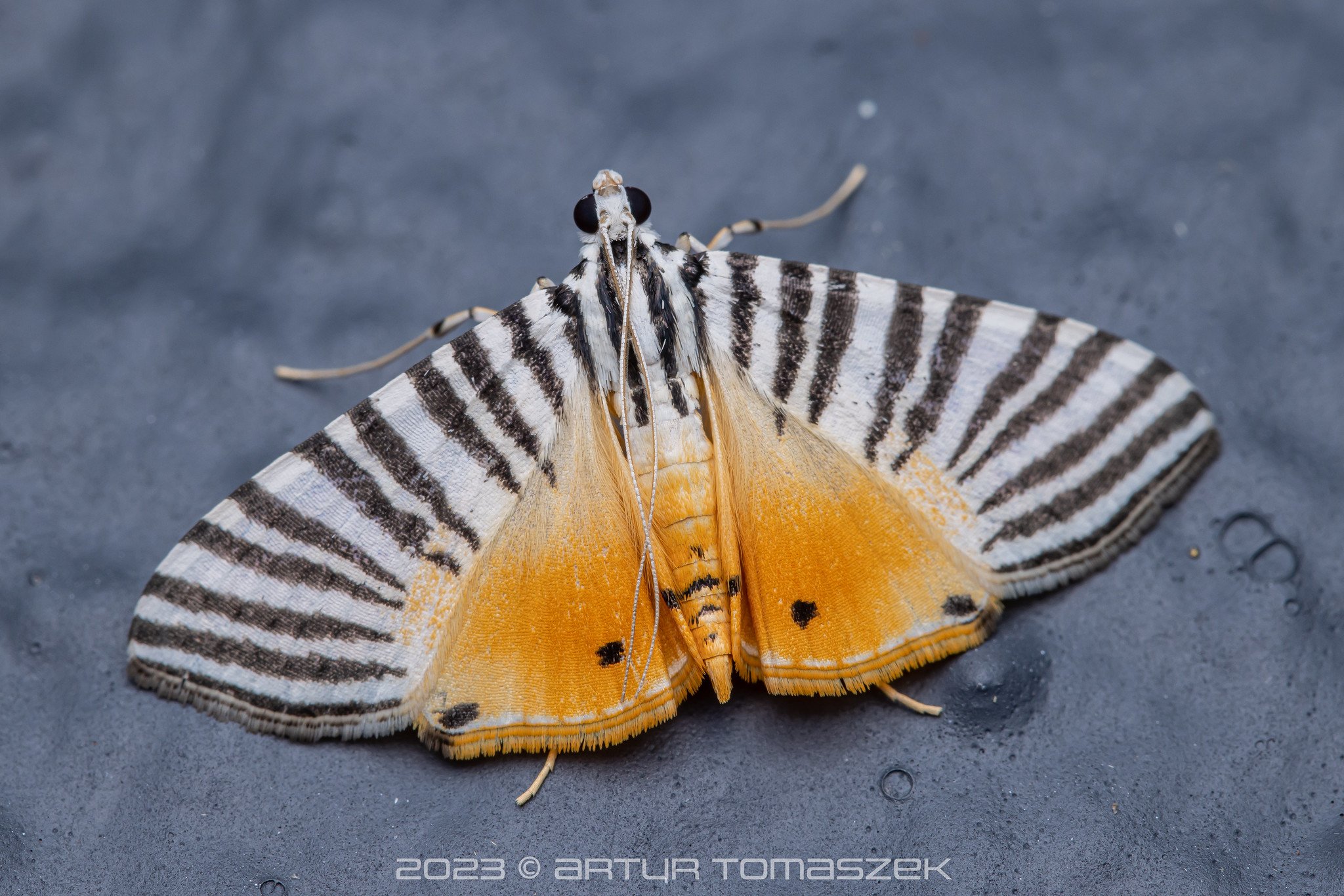
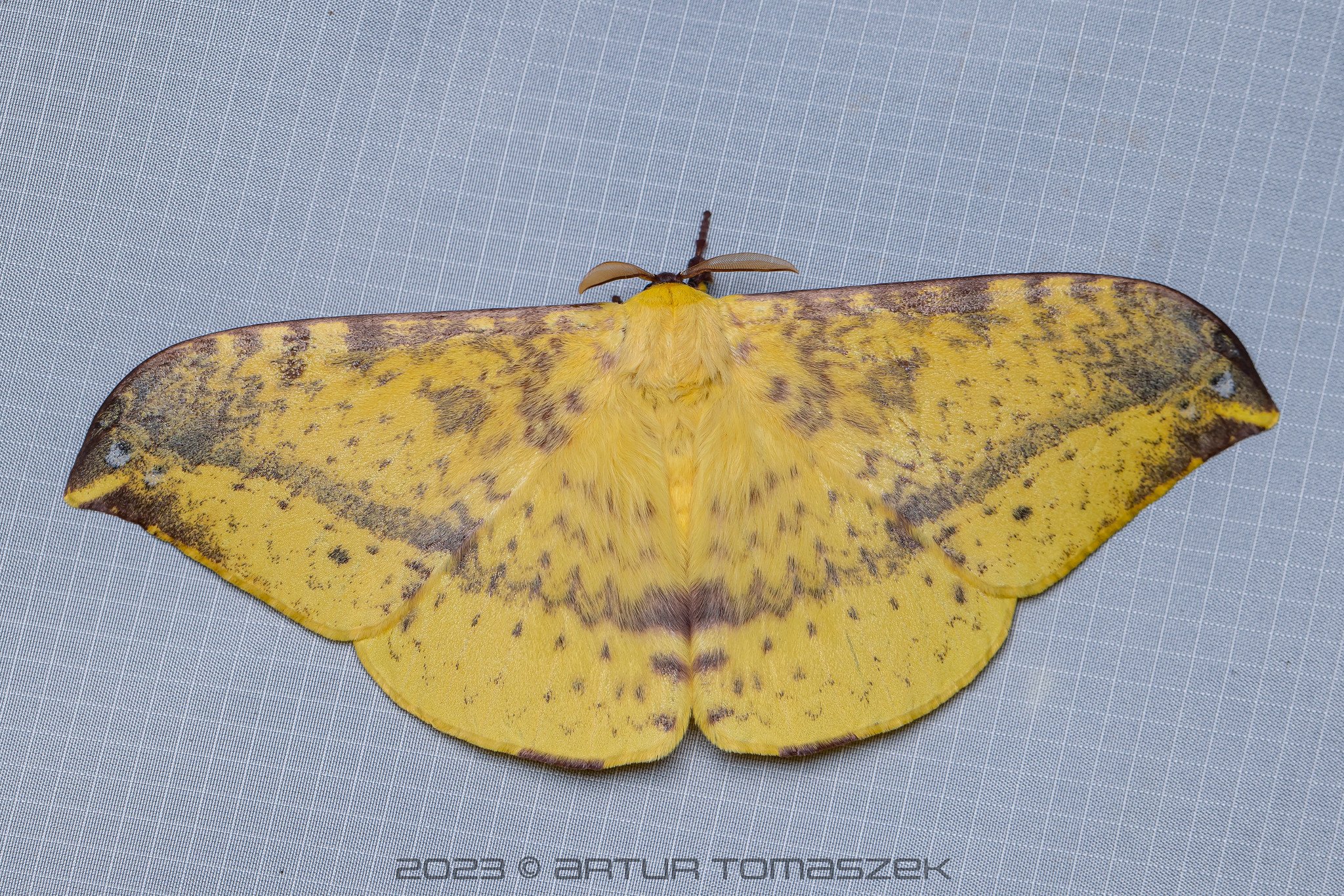
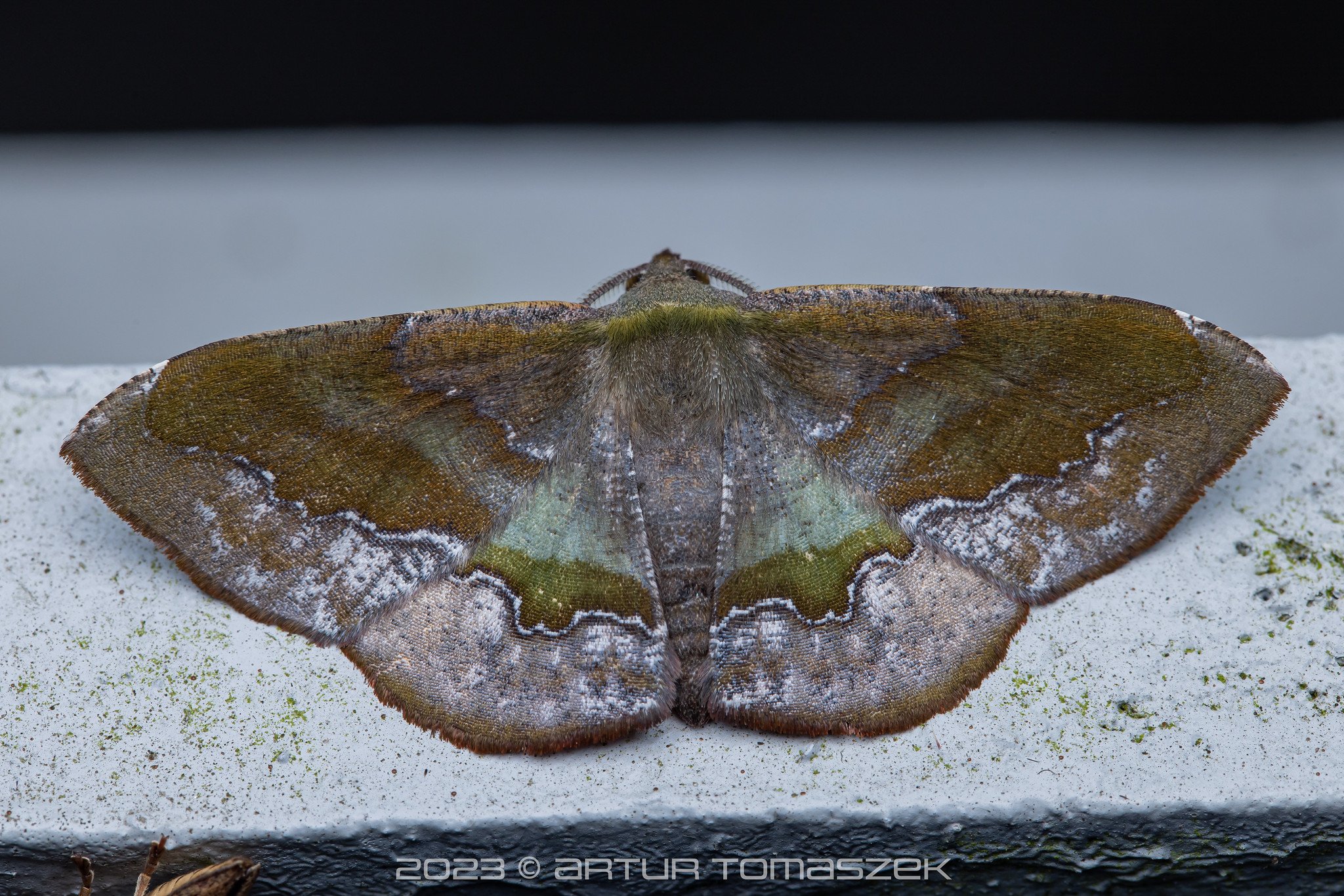
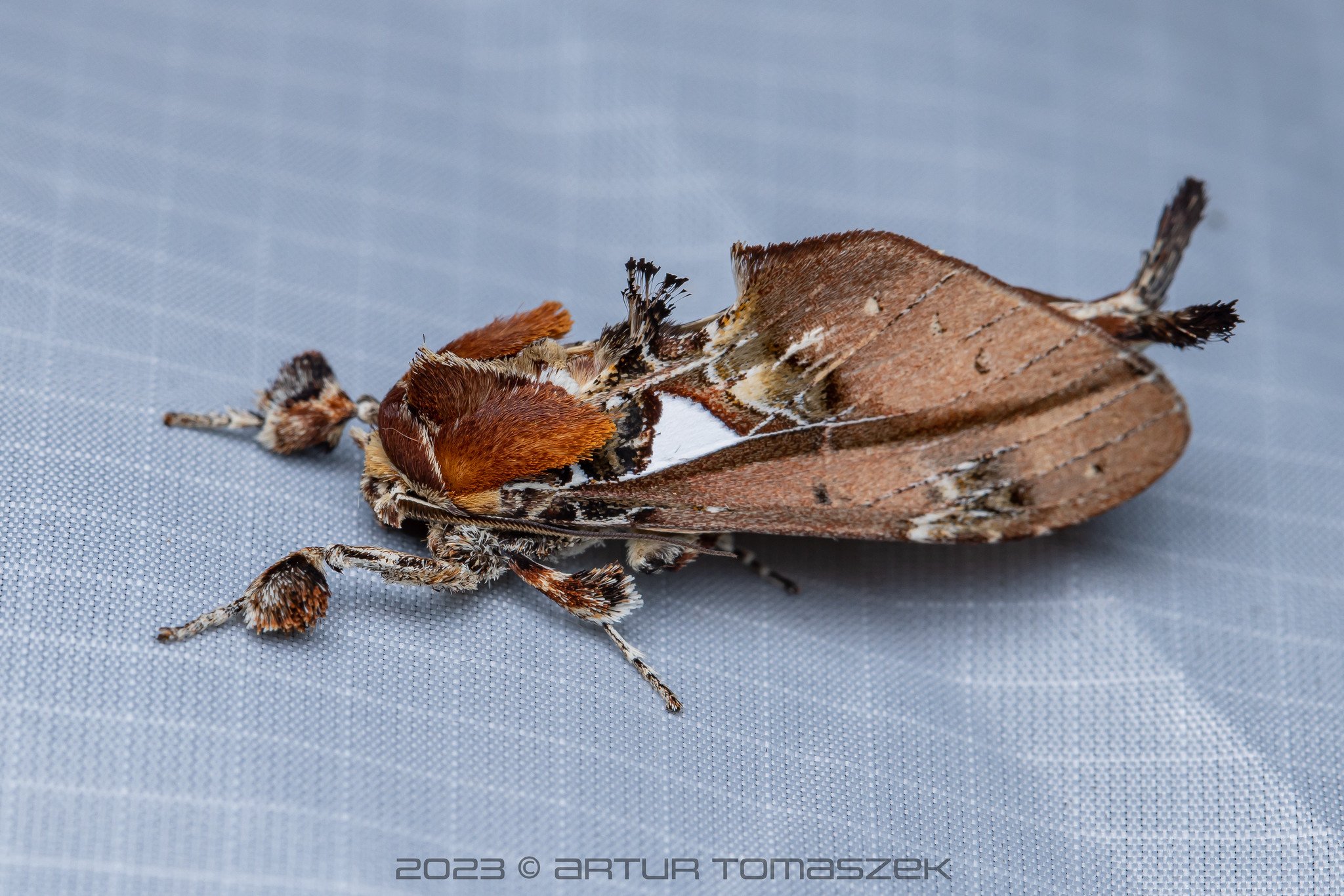


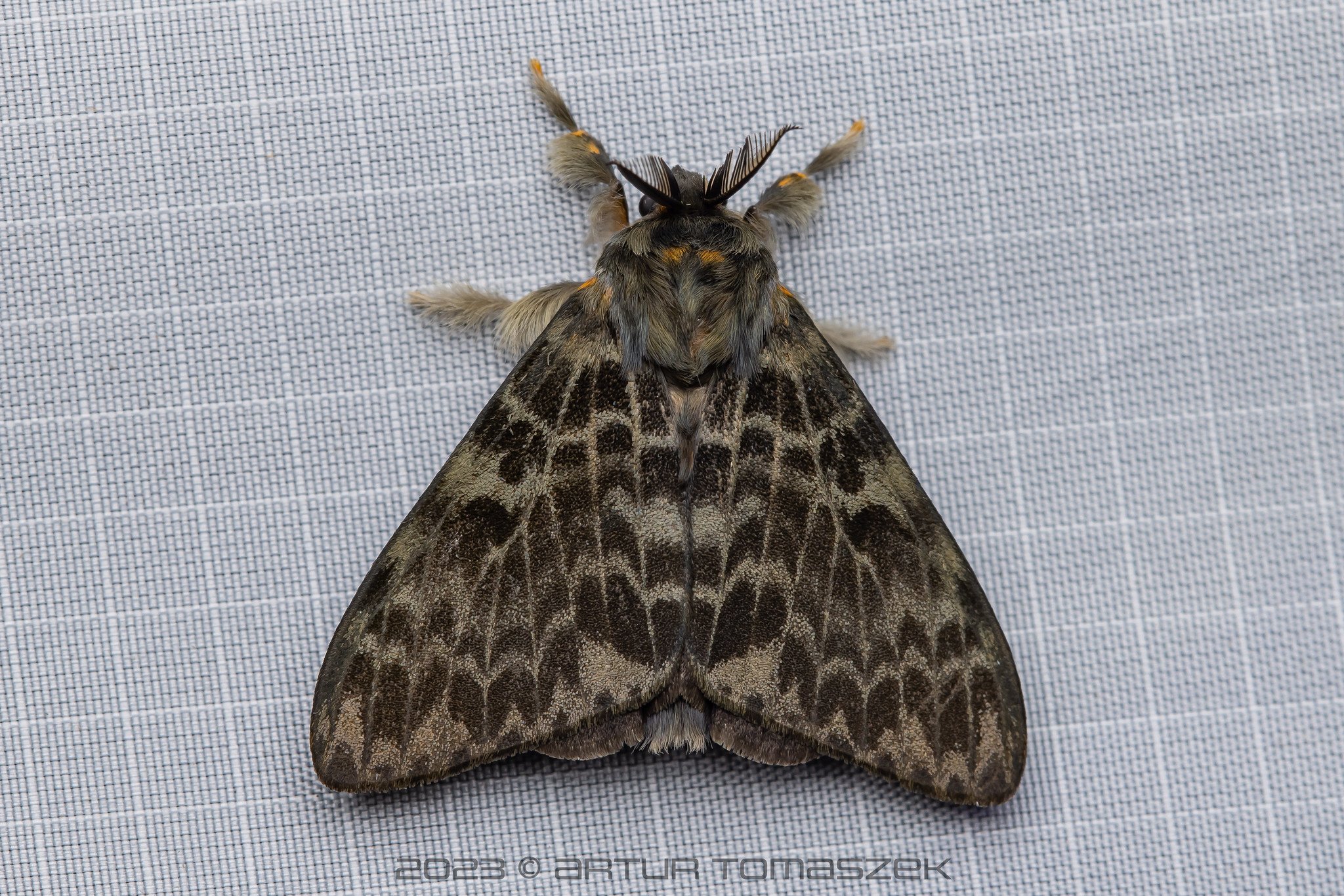
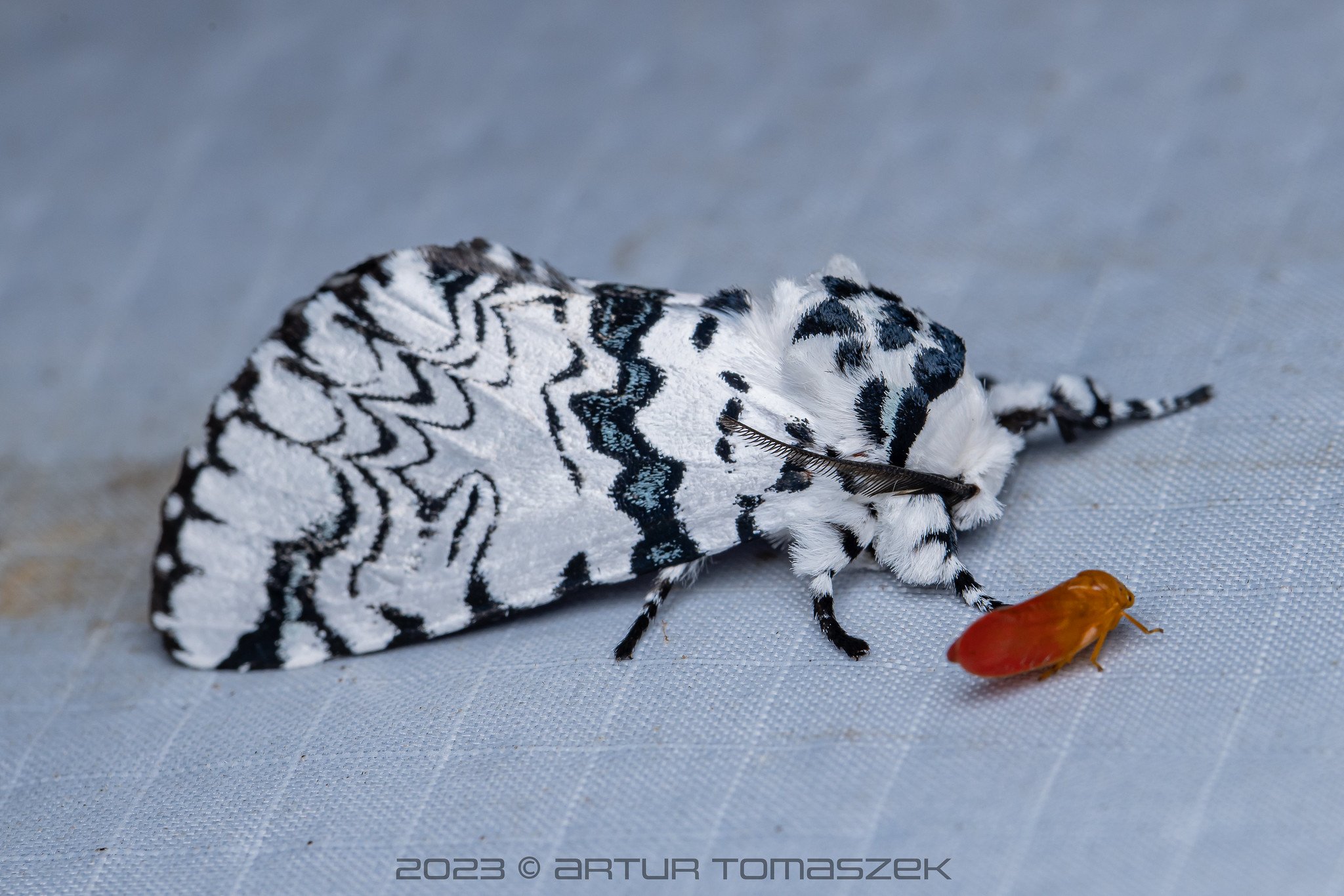

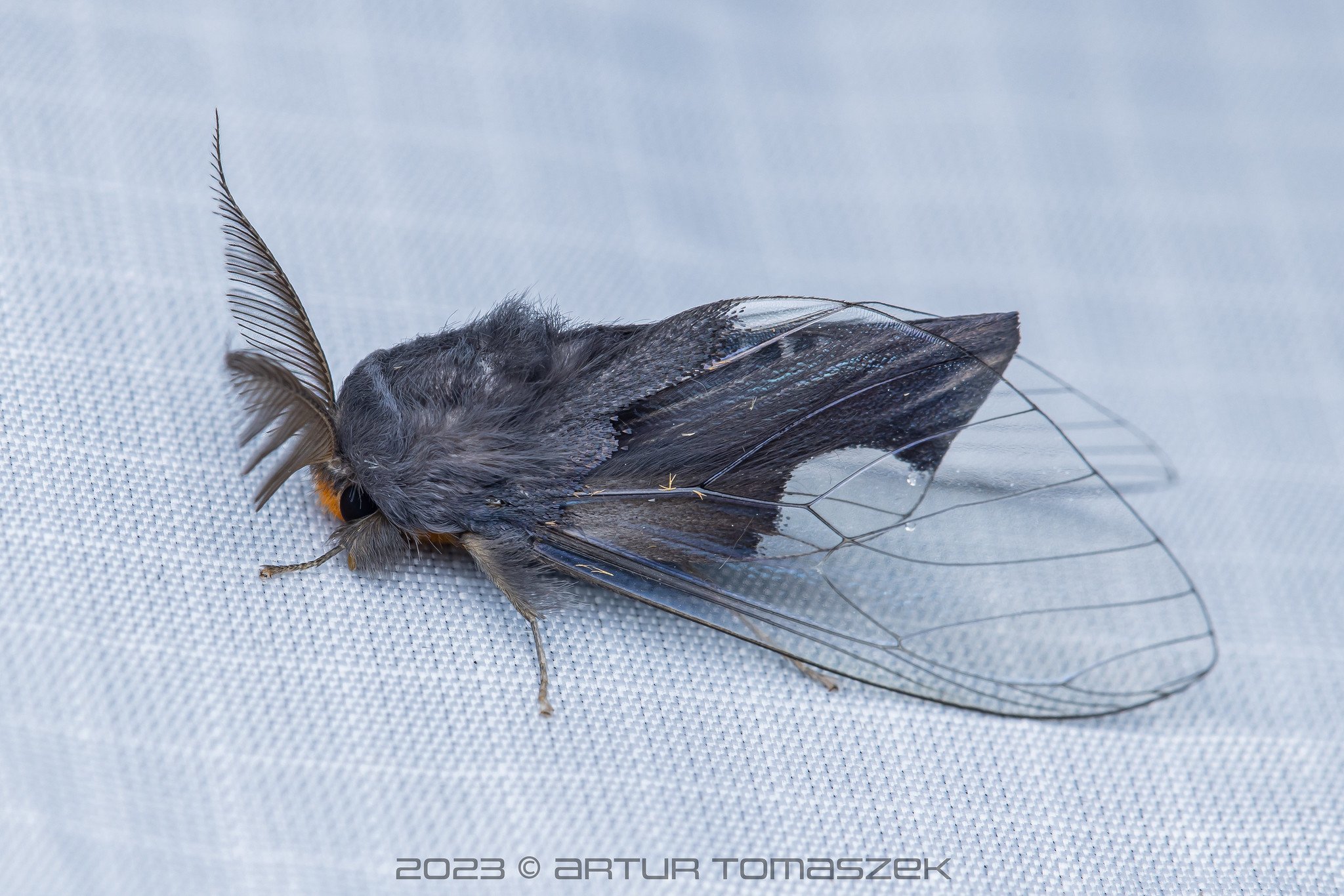
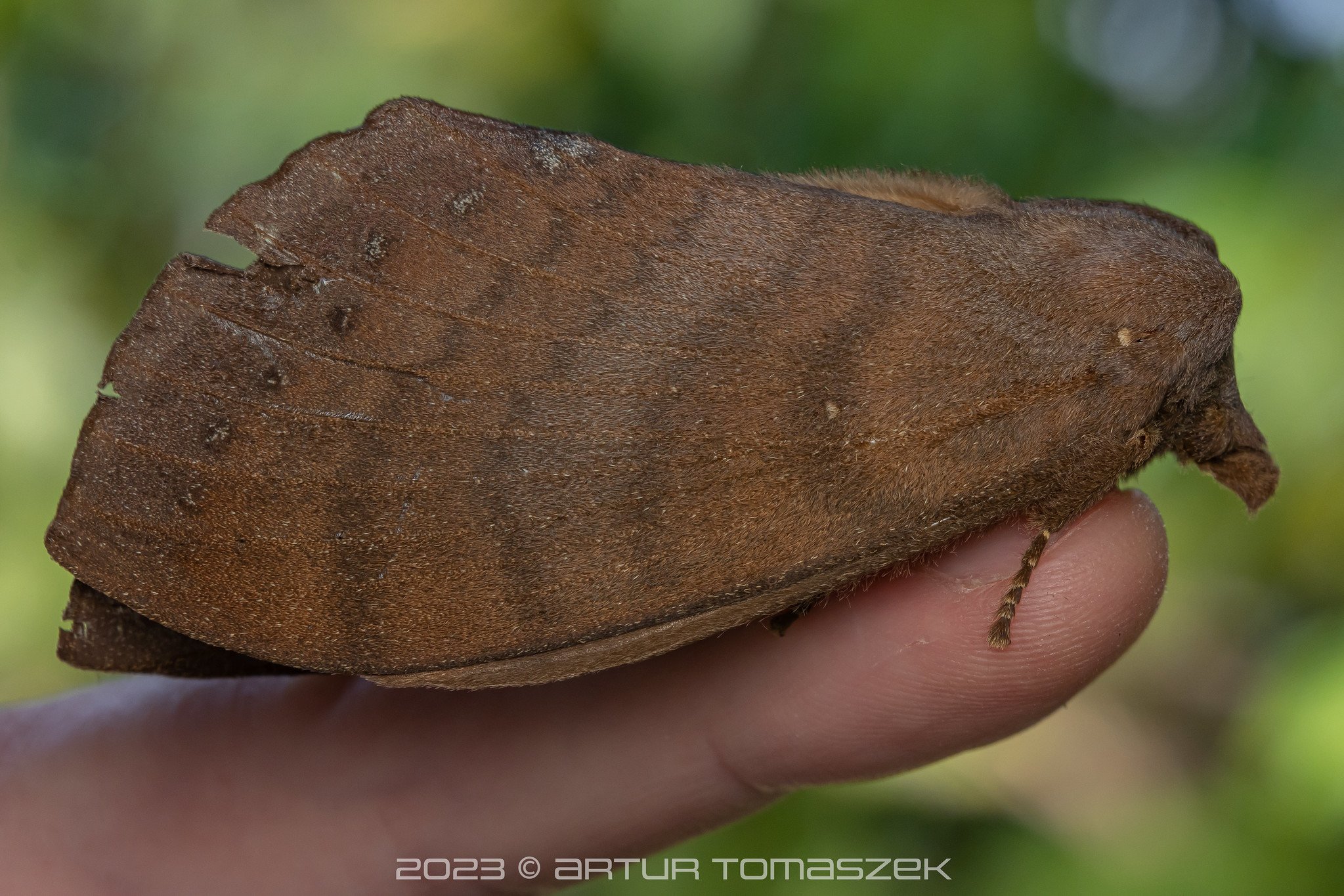
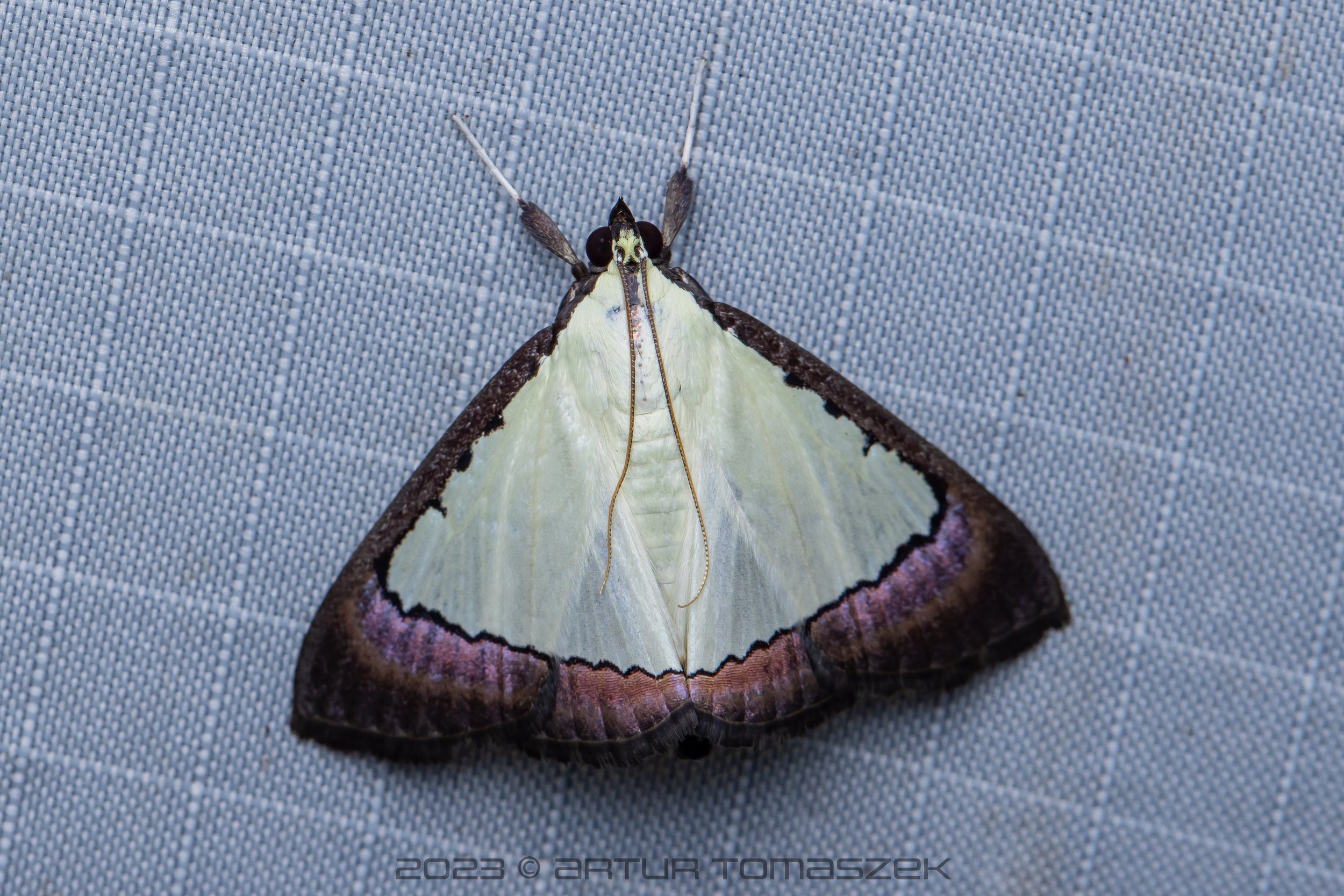
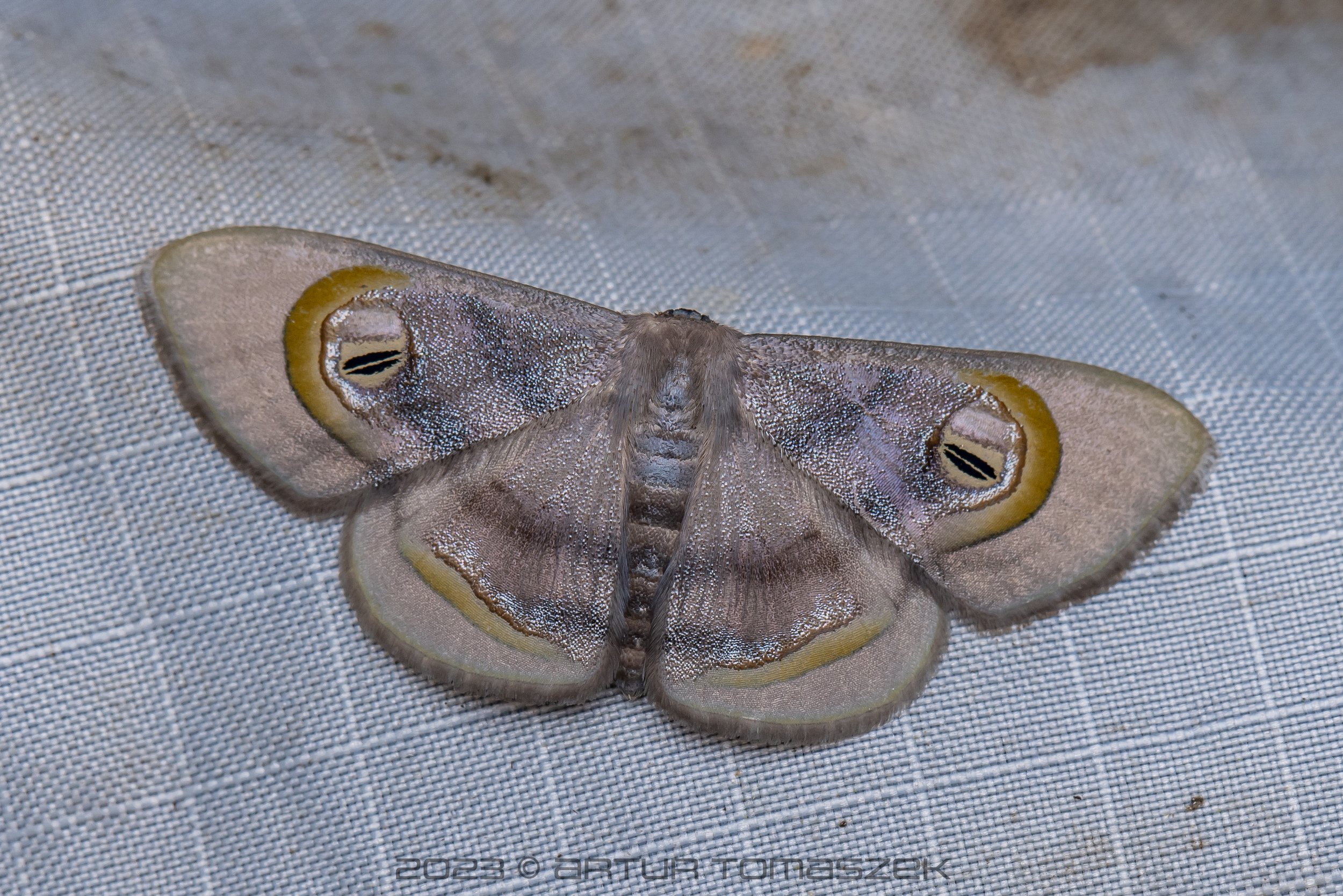
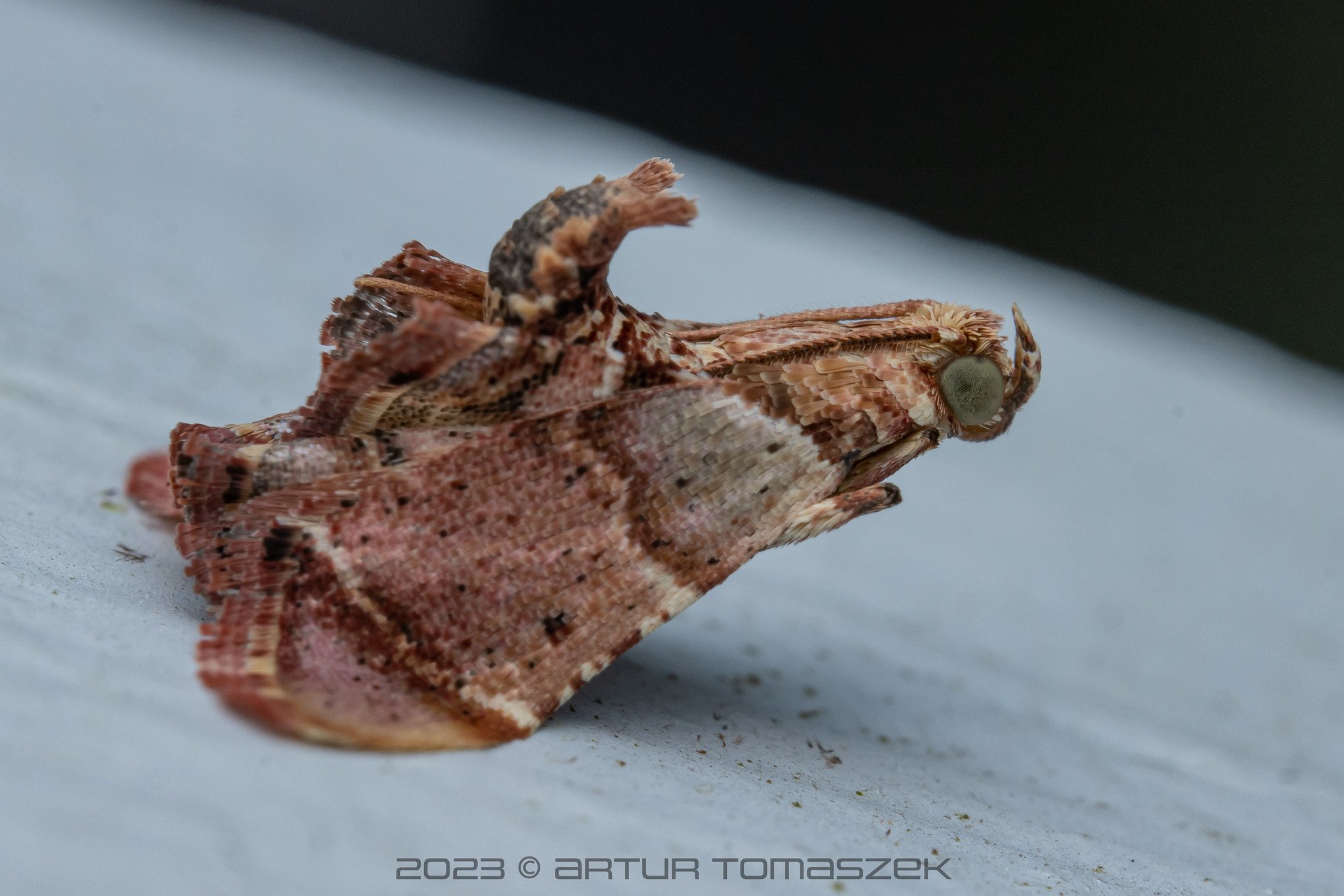
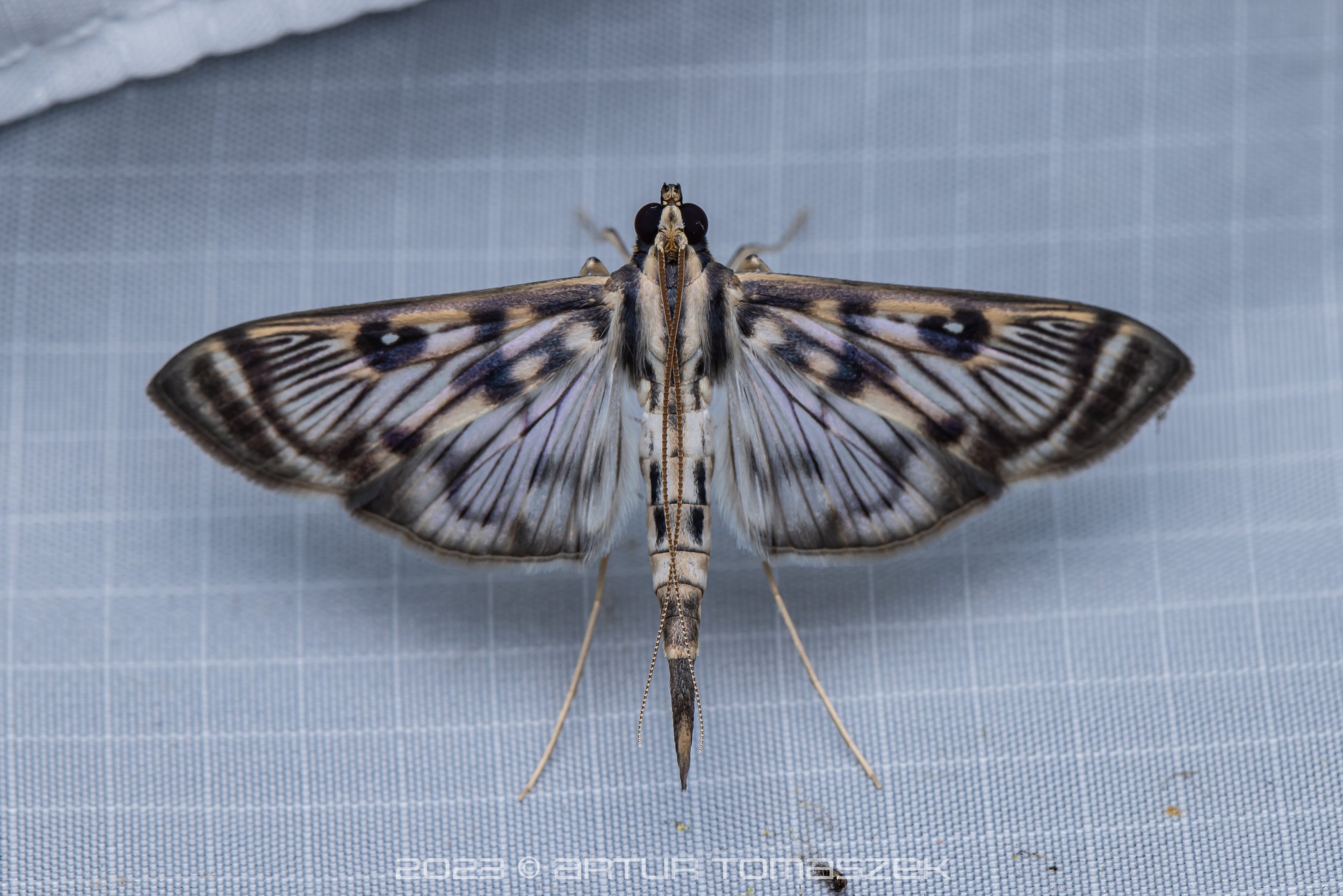

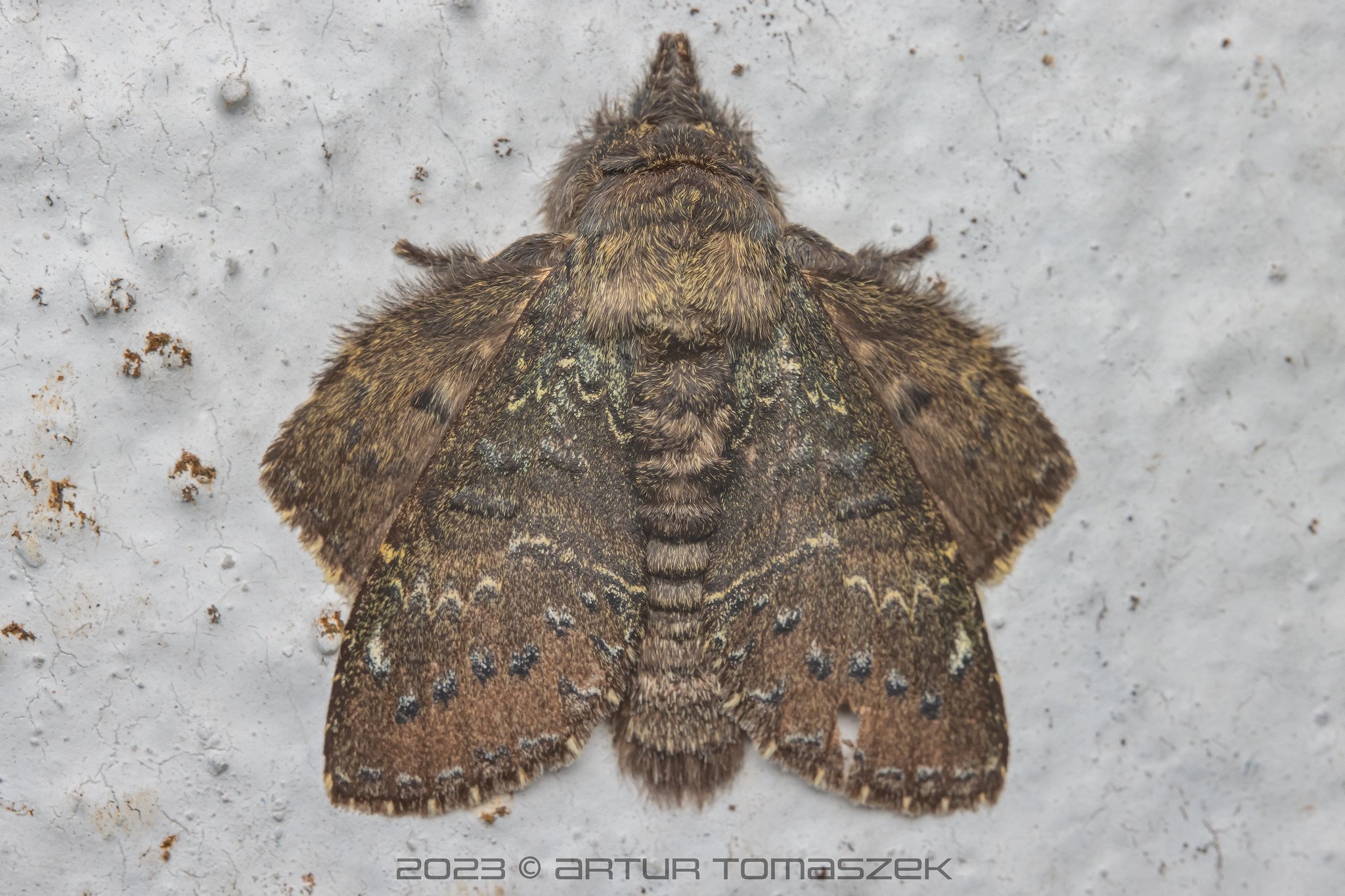
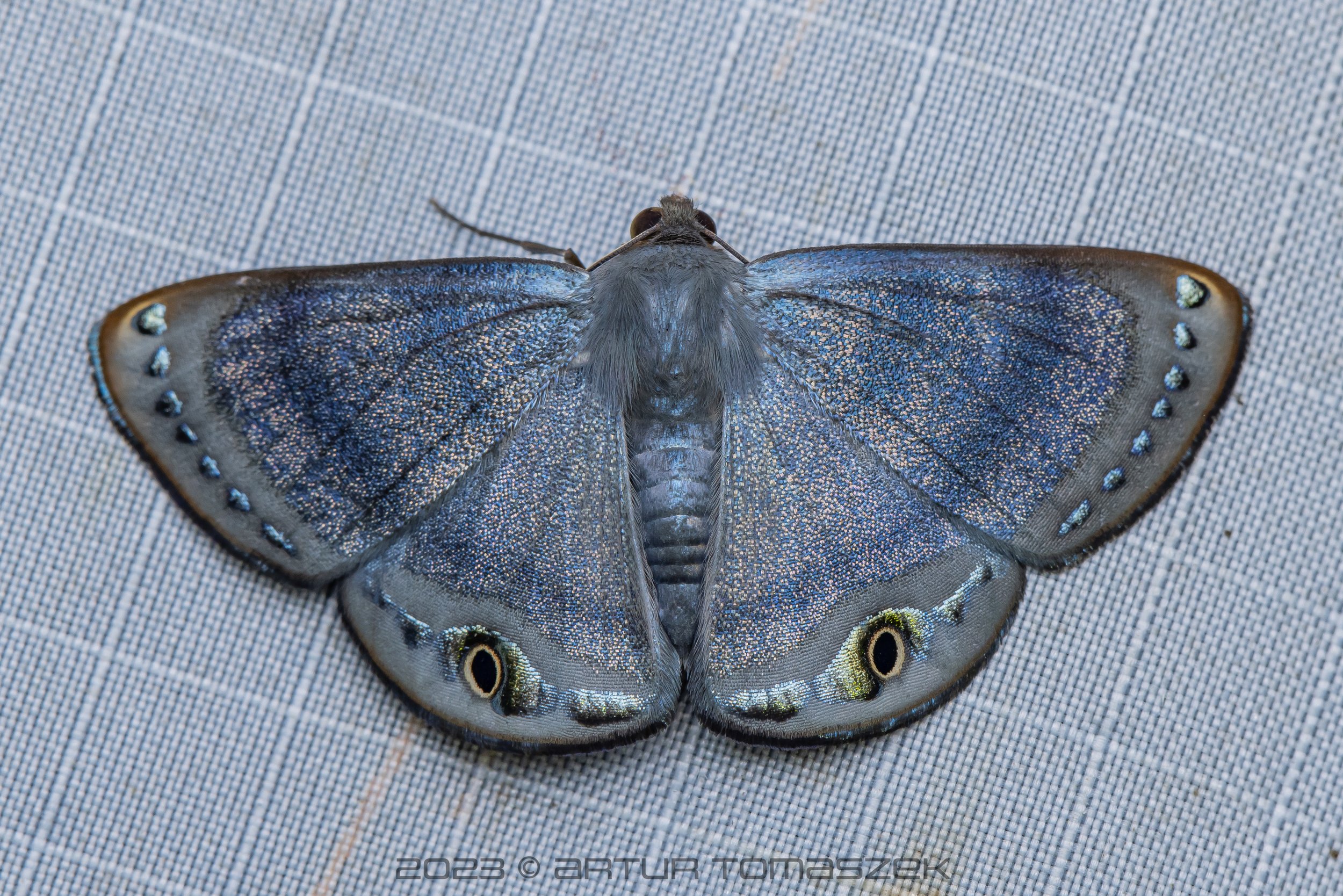
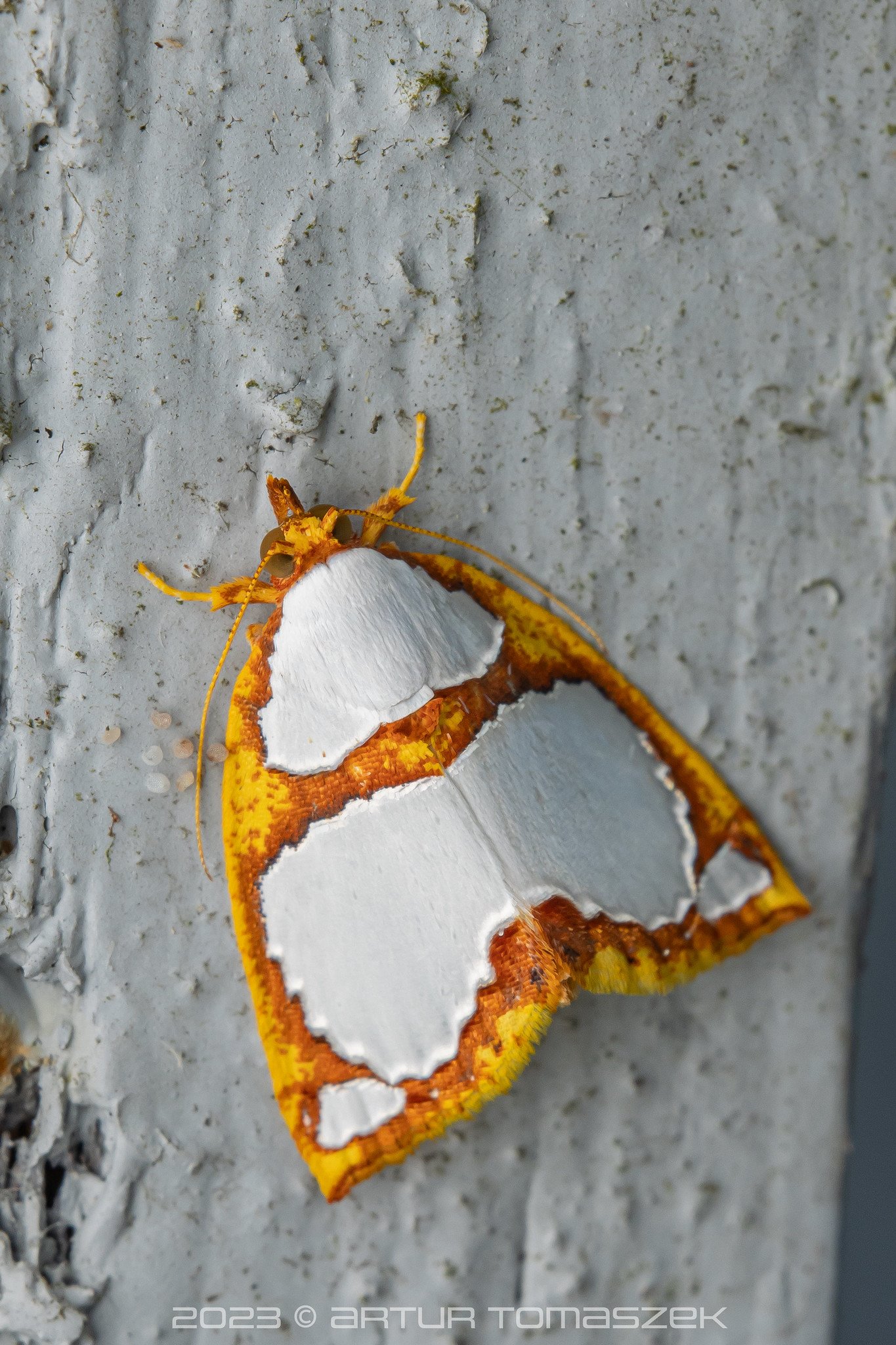
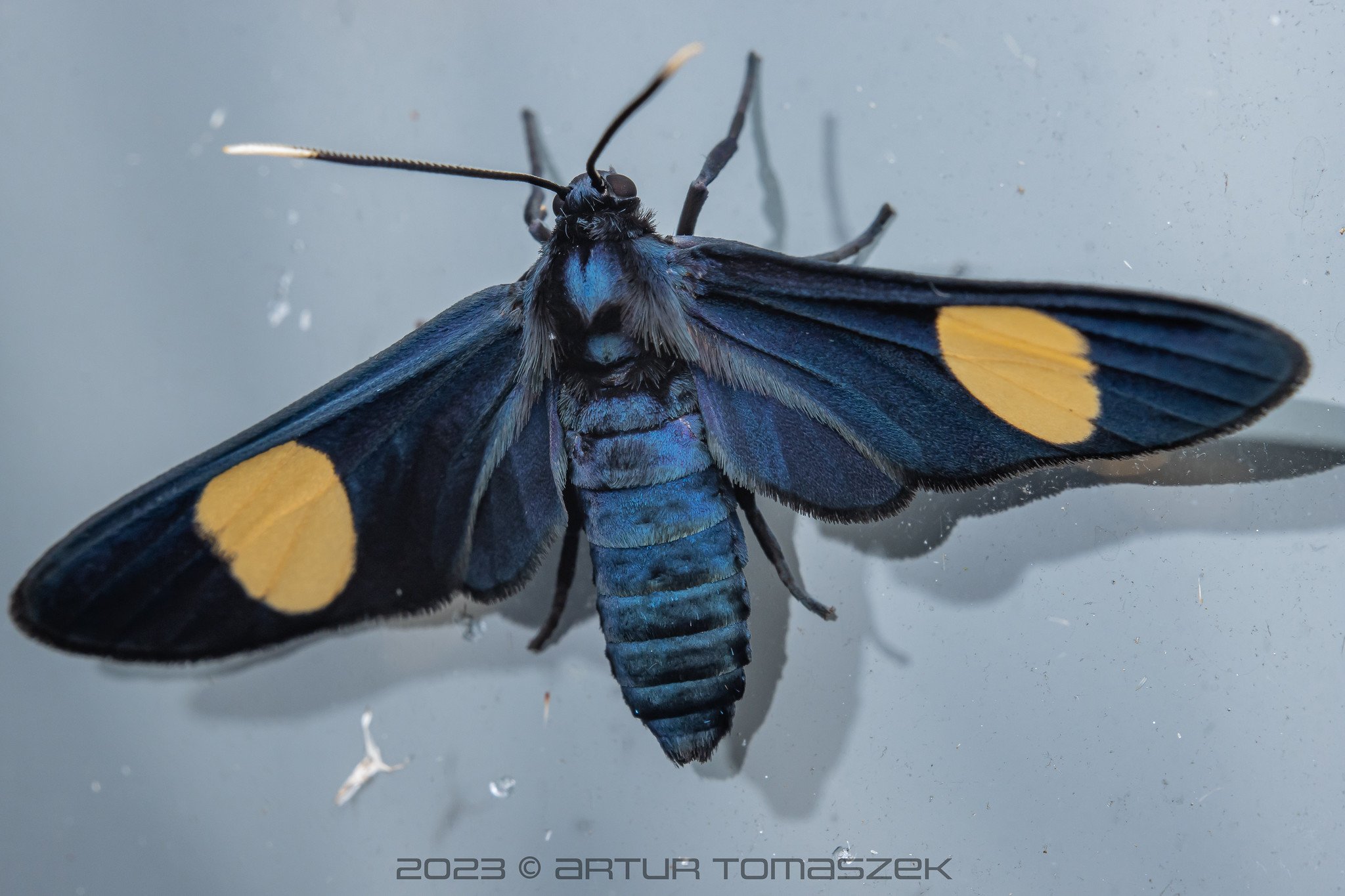
Moth traps attract all sorts of insects, from the most desired moths through beetles to the noisiest drama queens - cicadas. HUGE cicadas. HUGE and NOISY cicadas. Just listen to and look at that (sound on but mind the volume)!
These guys were massive and they made a gigantic mess flying around, bumping into the trap, walls and screaming their heads off. On most nights, they were accompanied by a plethora of beetles, praying mantises and assassin bugs, who happily munched away on precious moths (see below)…
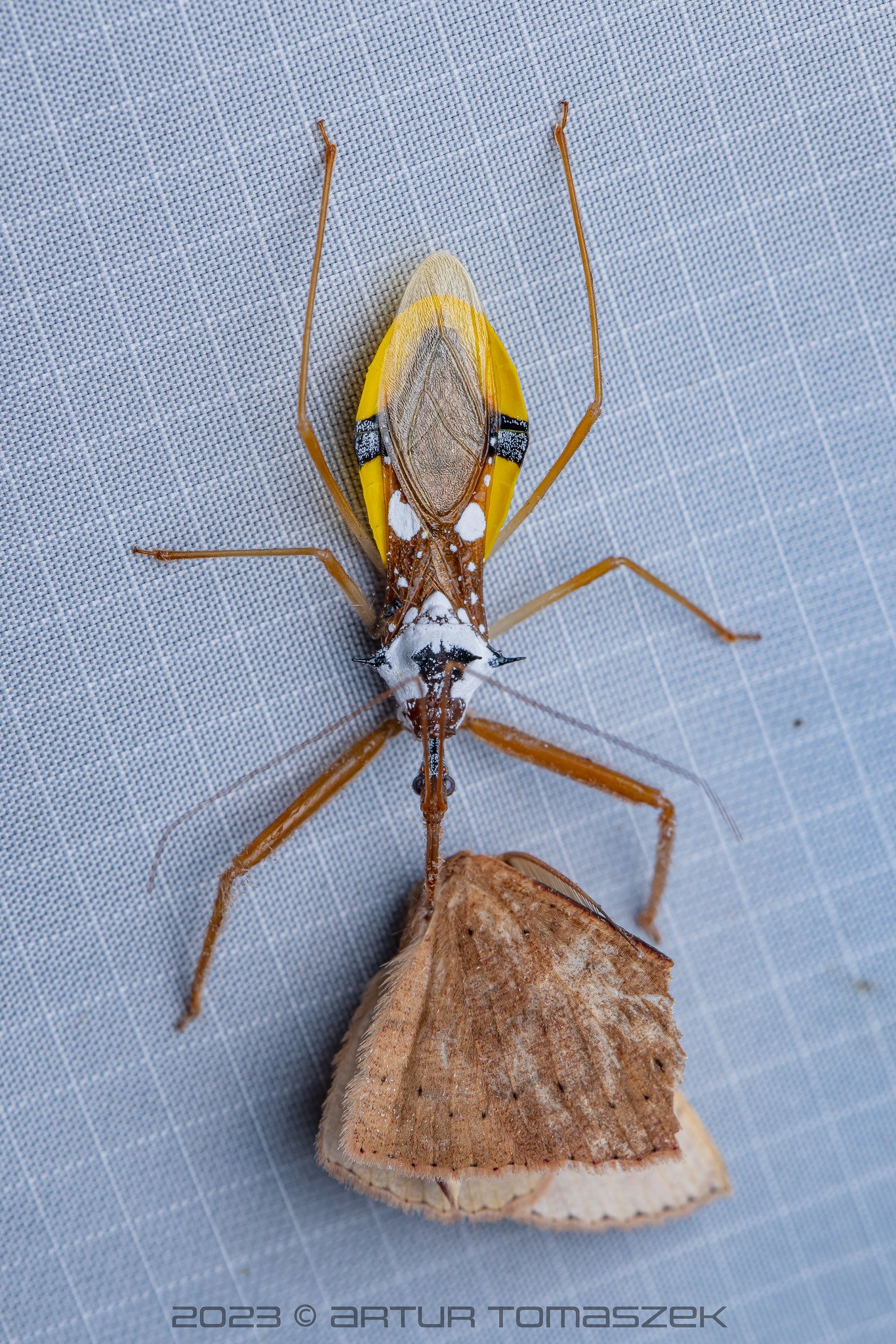
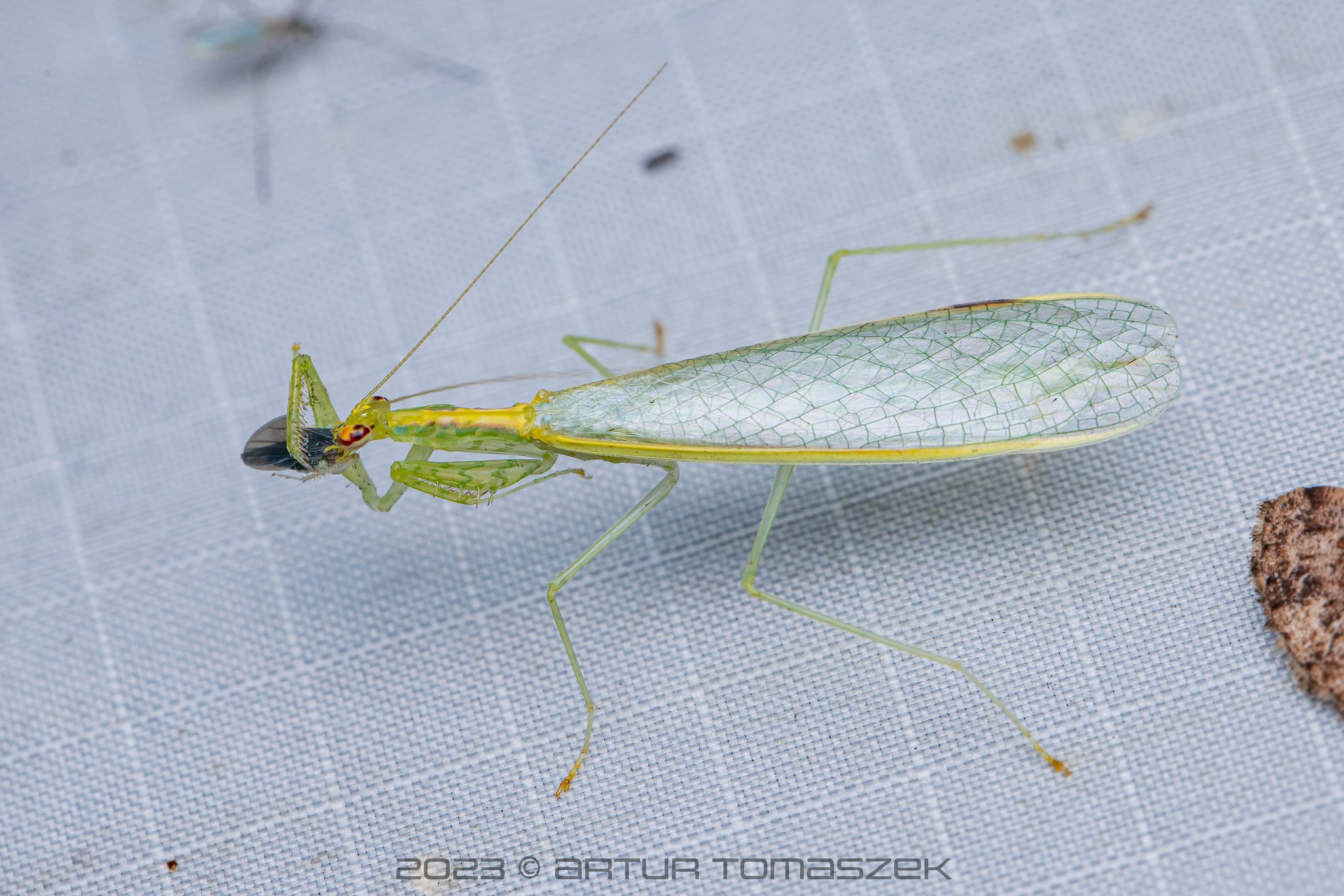
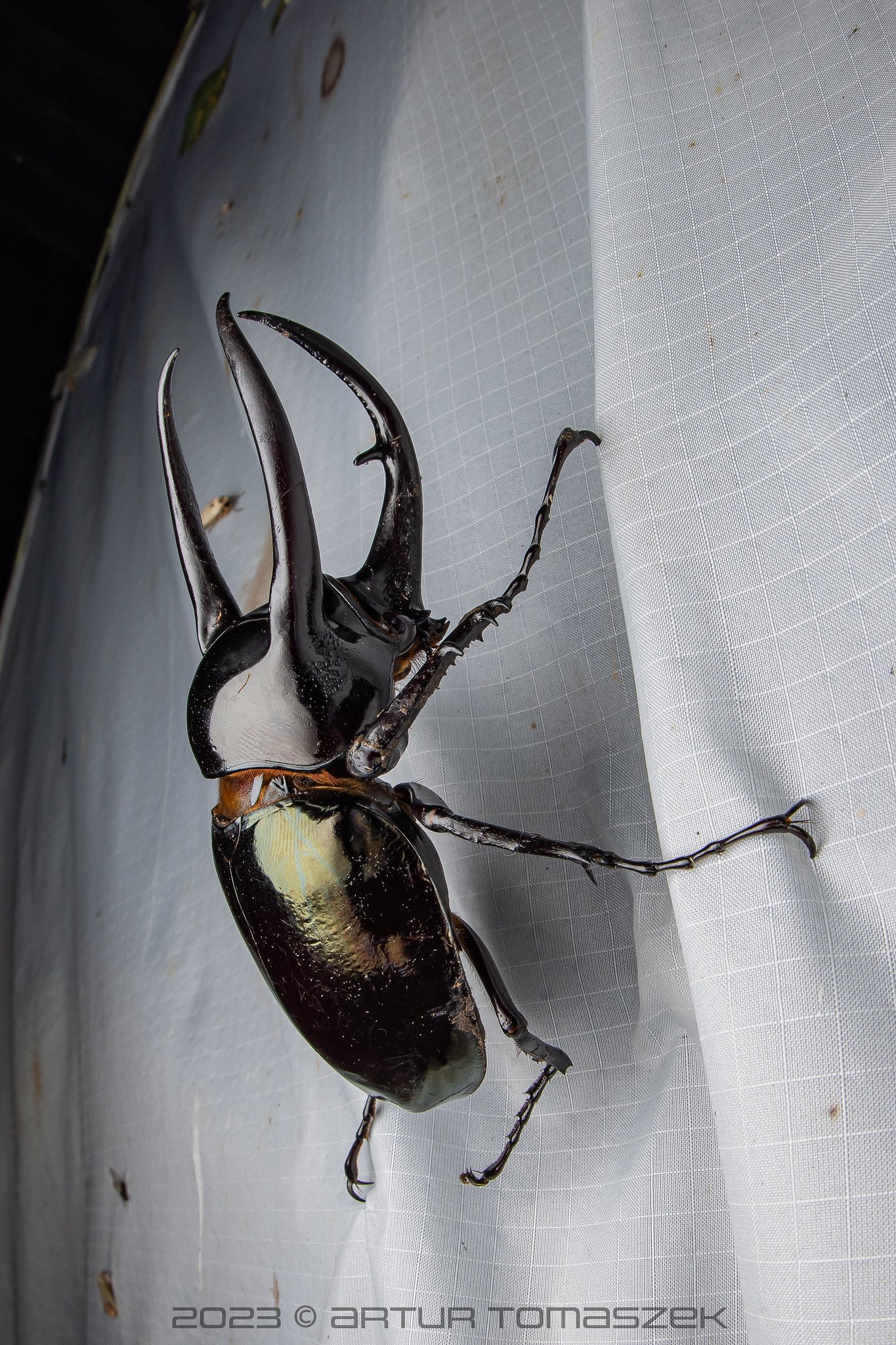
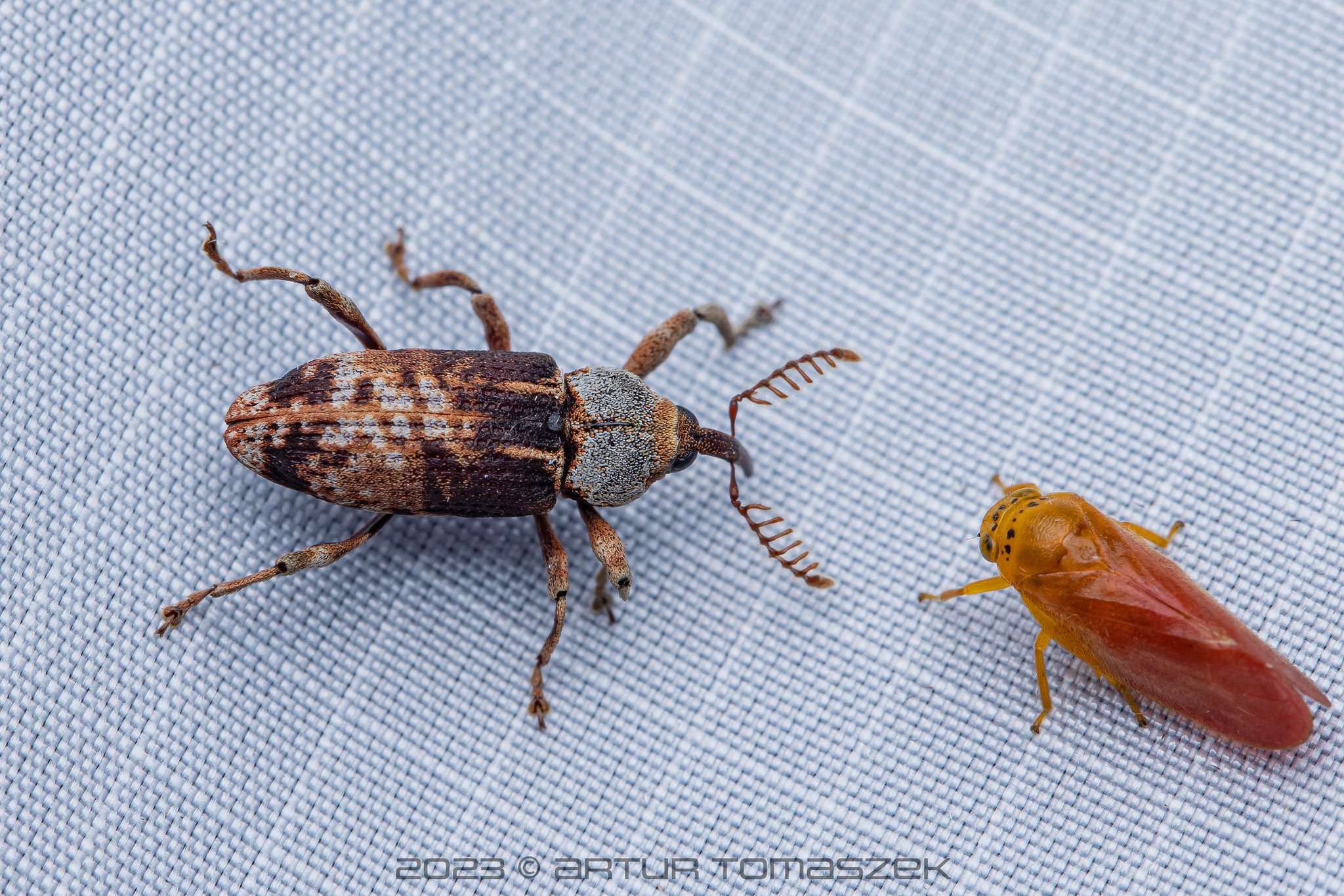
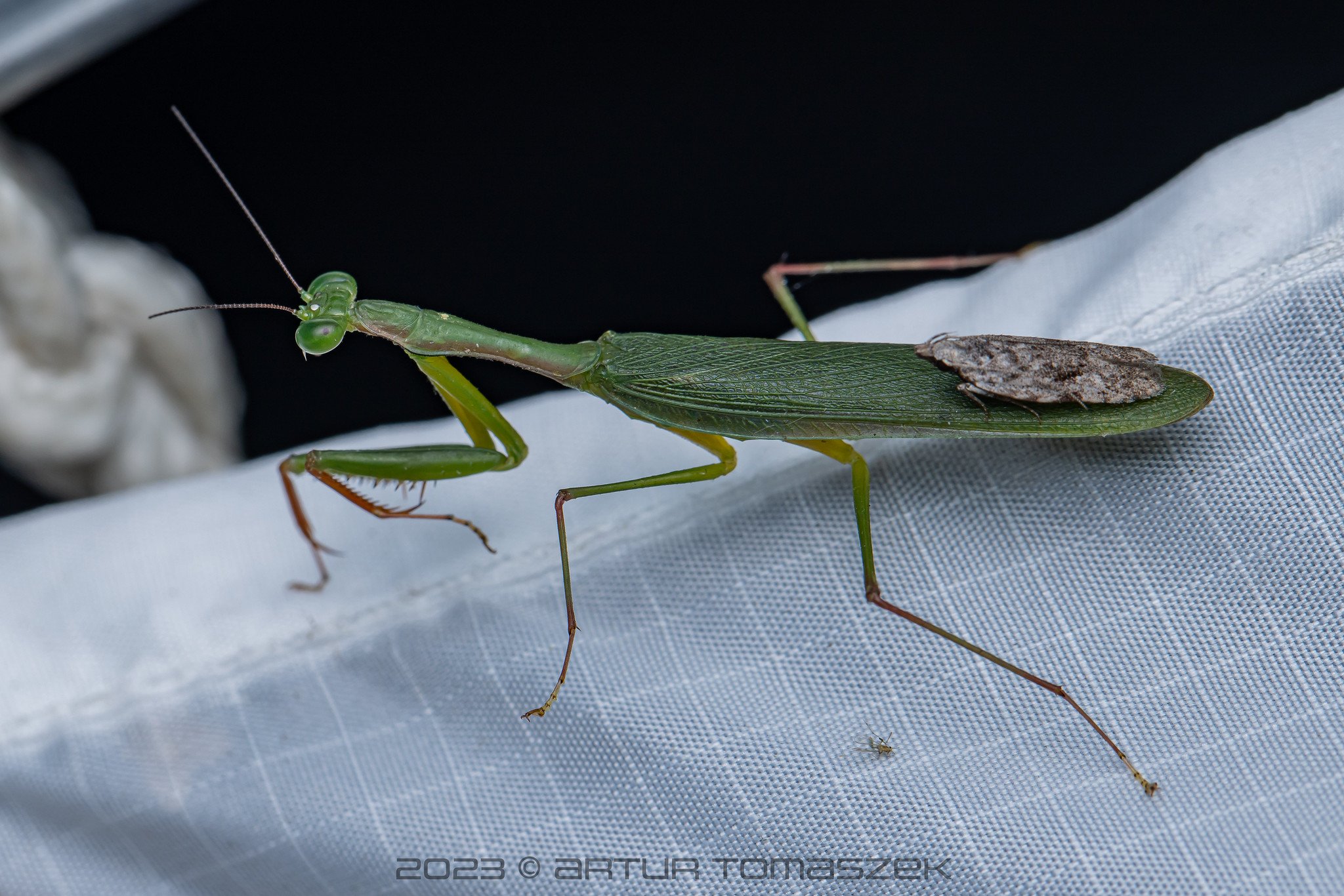
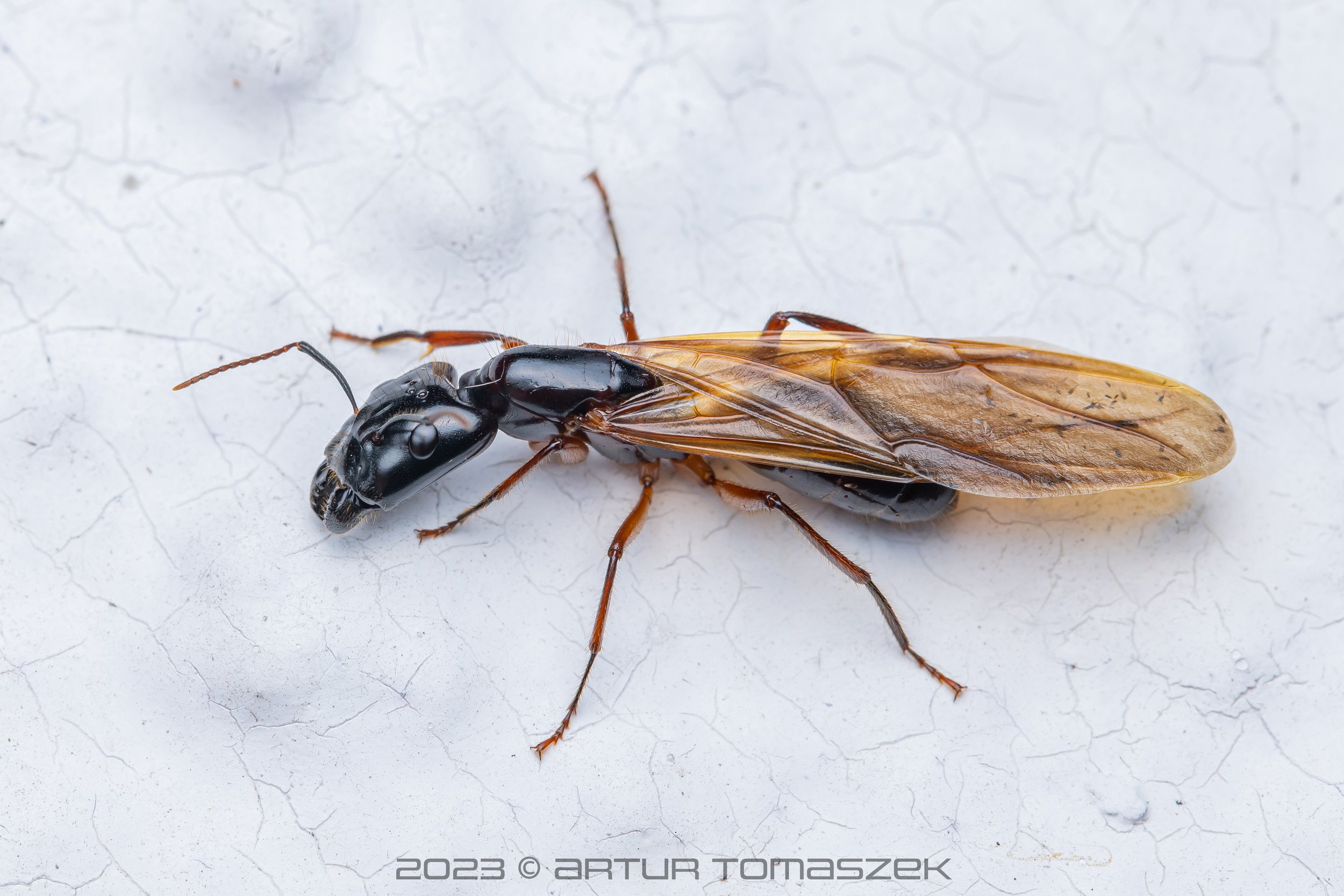

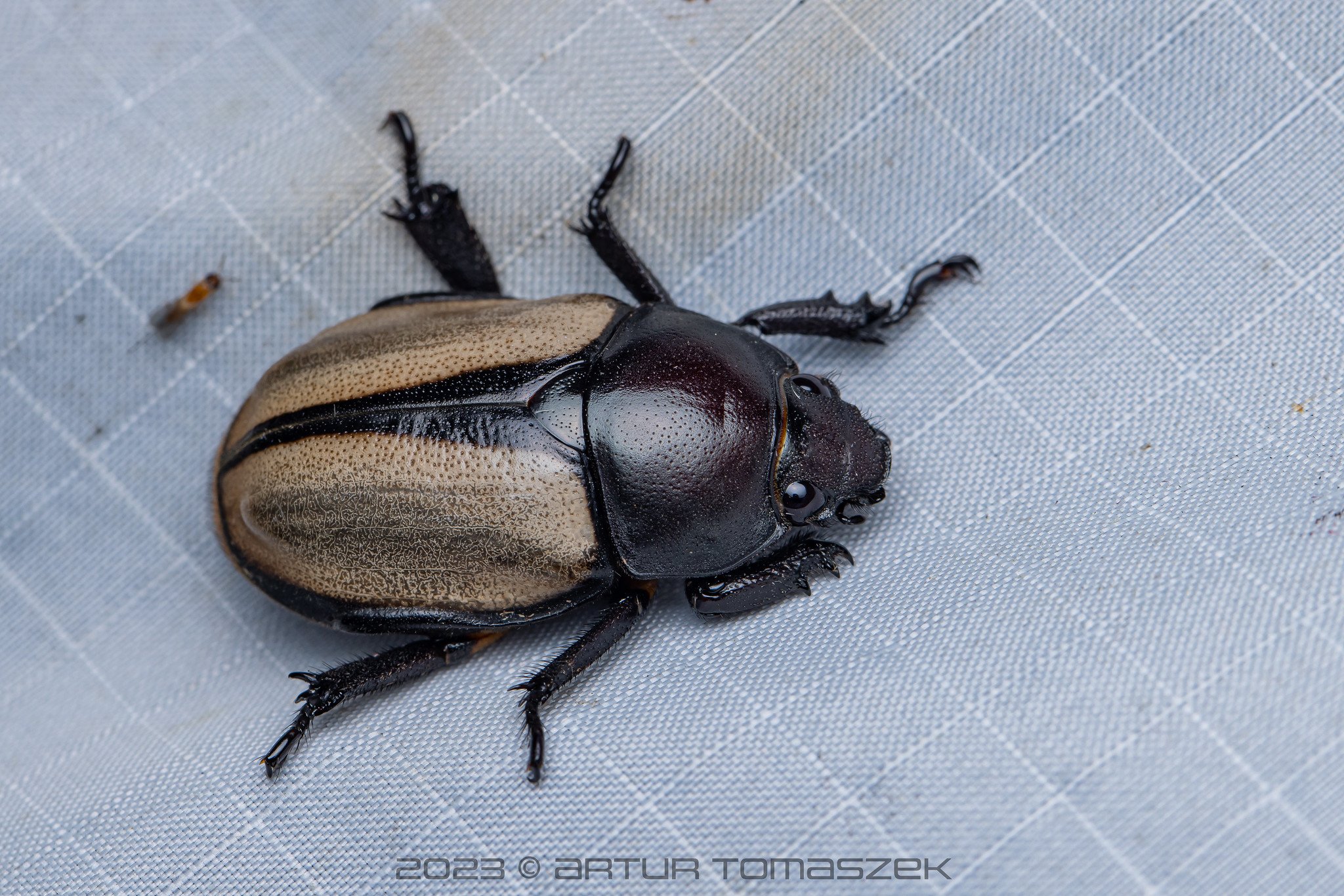
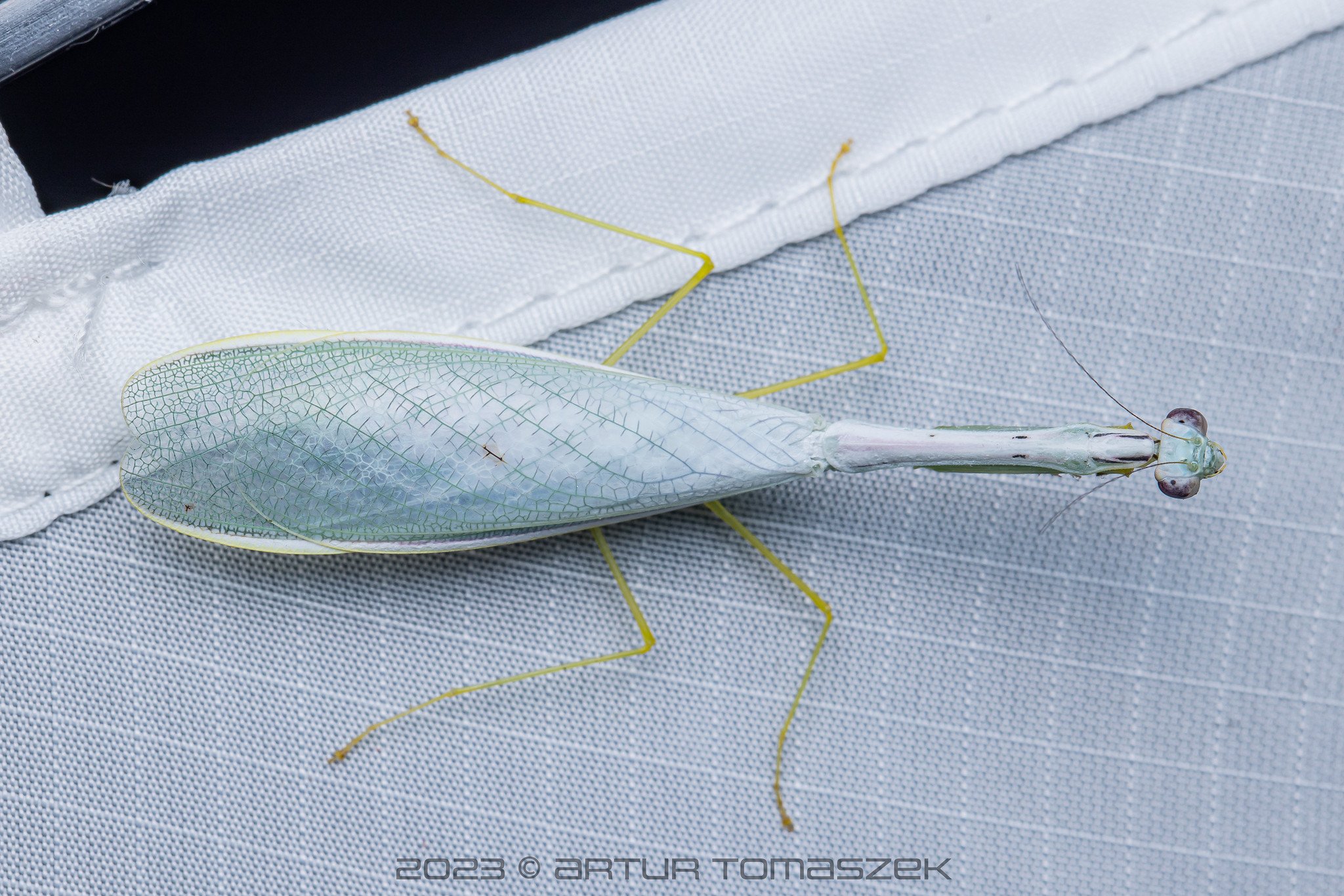
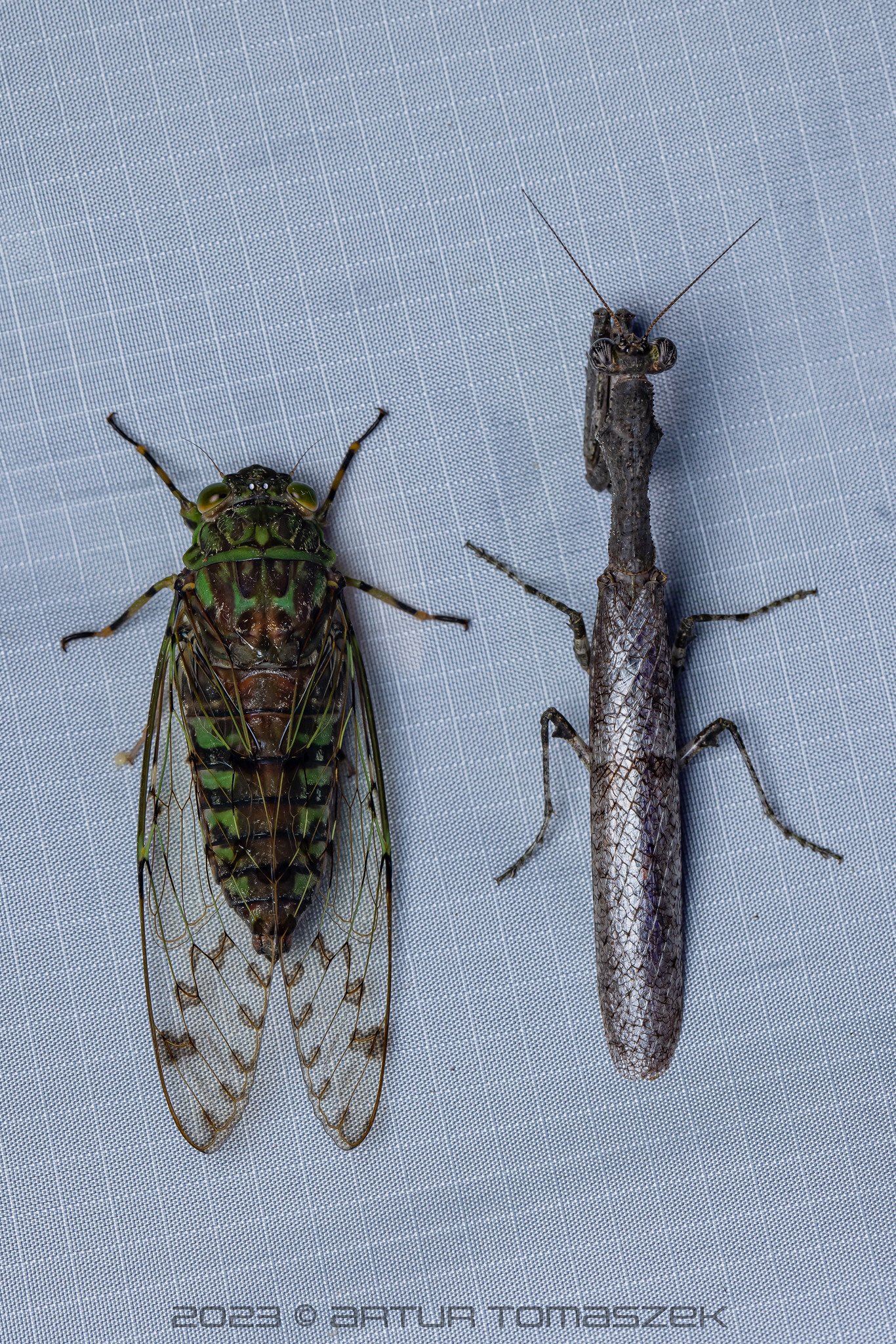
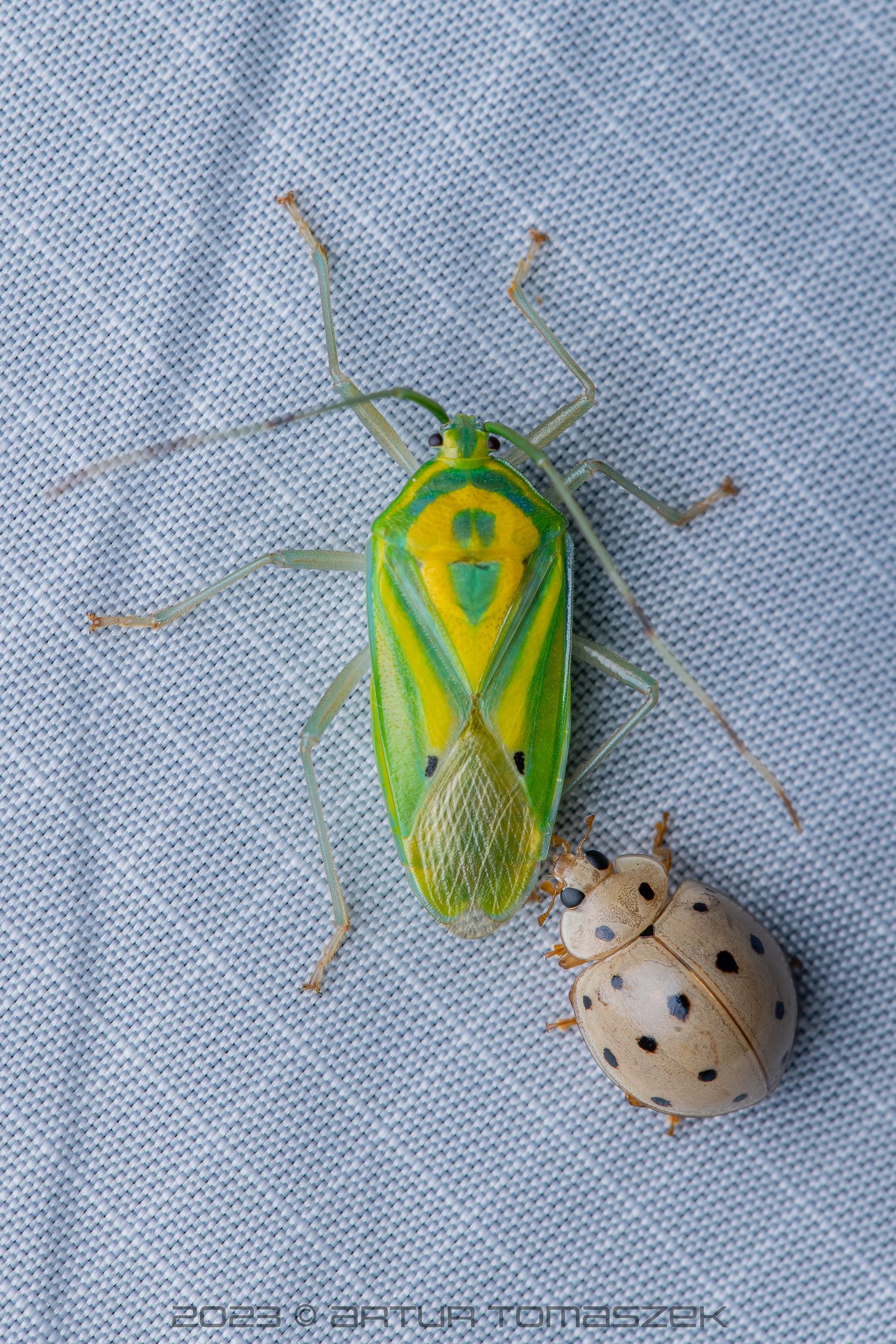
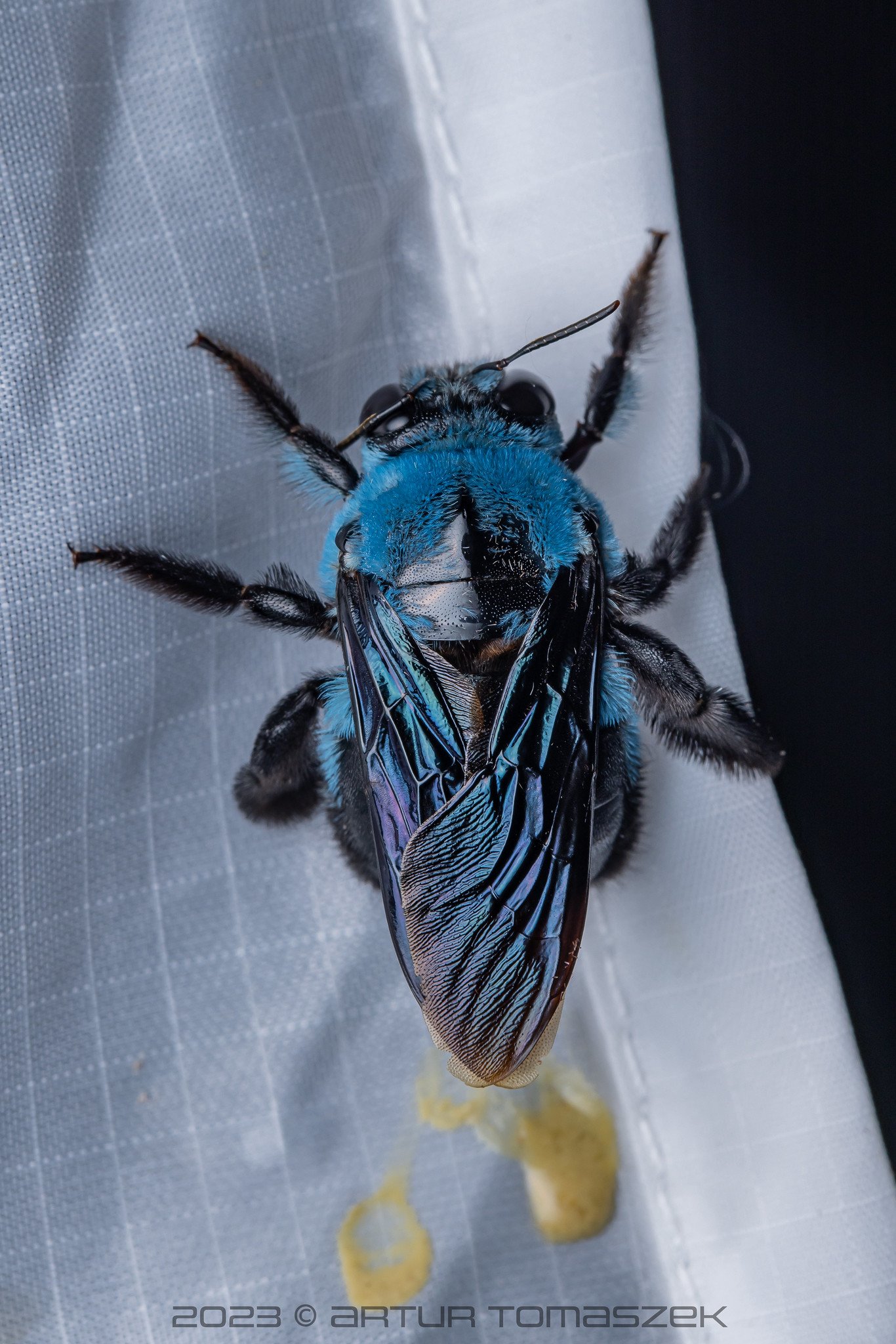
The lack of rain sadly meant small numbers of amphibians. Frogs mostly stayed close to streams and other water sources. We usually saw them at night when it cooled down a bit. The most interesting frog encounter we had was during the day though! When we were walking the loop one morning, we suddenly spotted what seemed like a twig and a leaf tumbling down the embankment. They both reached the road and… started moving! Turns out it was a Perak horned frog (Grillitschia aceras) chased by a gorgeous specklebelly keelback (Rhabdophis chrysargos). It was the frog’s lucky day.
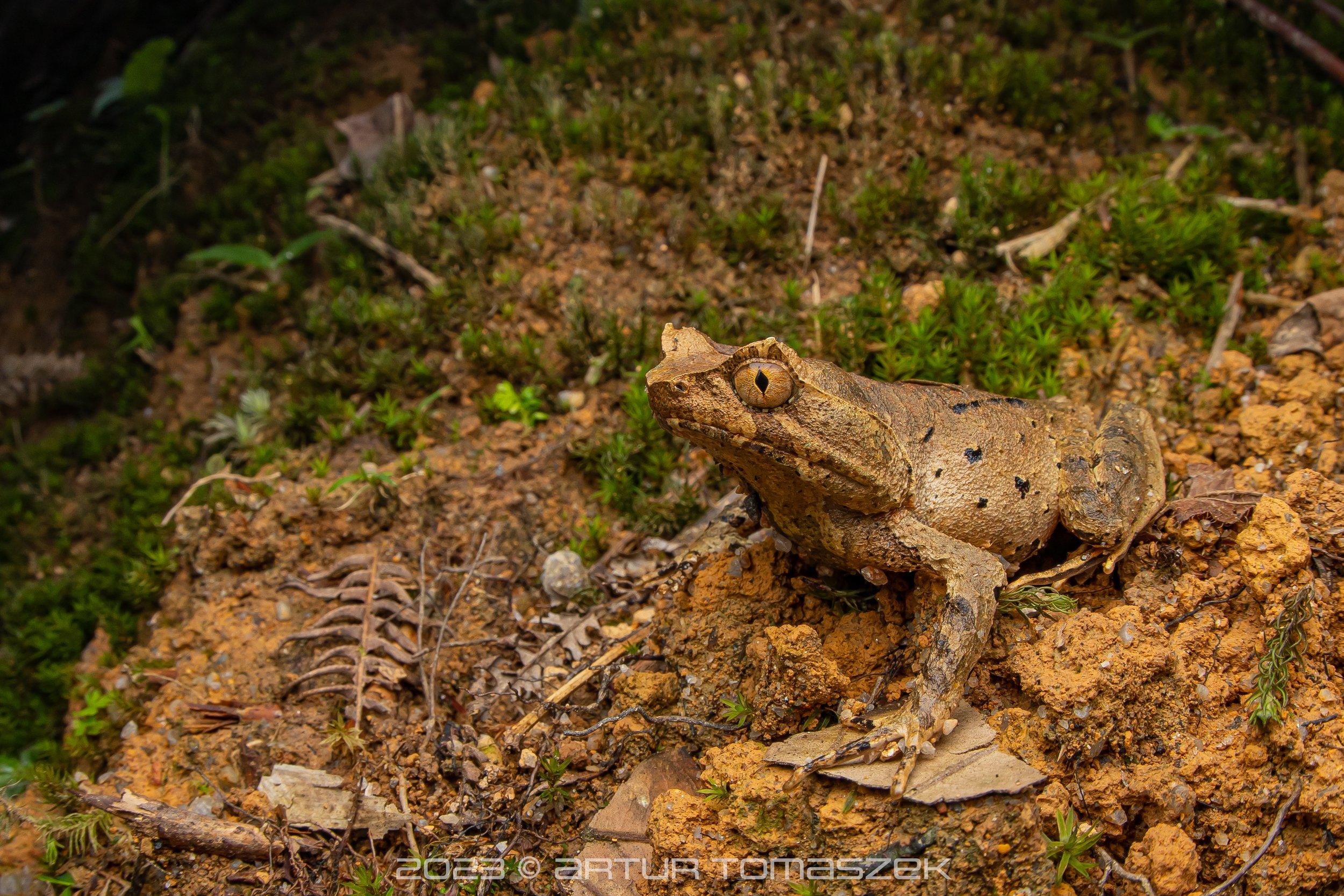
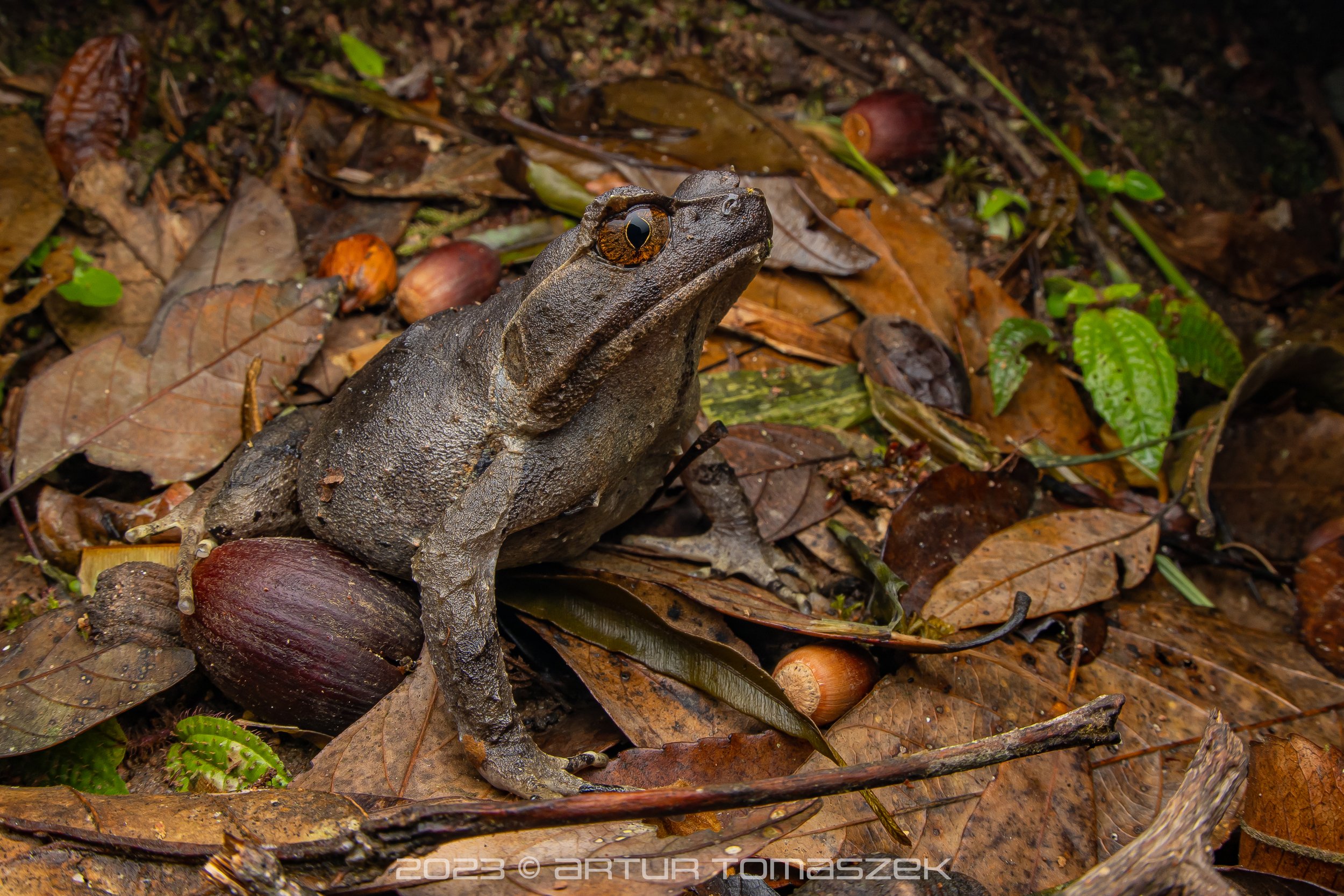
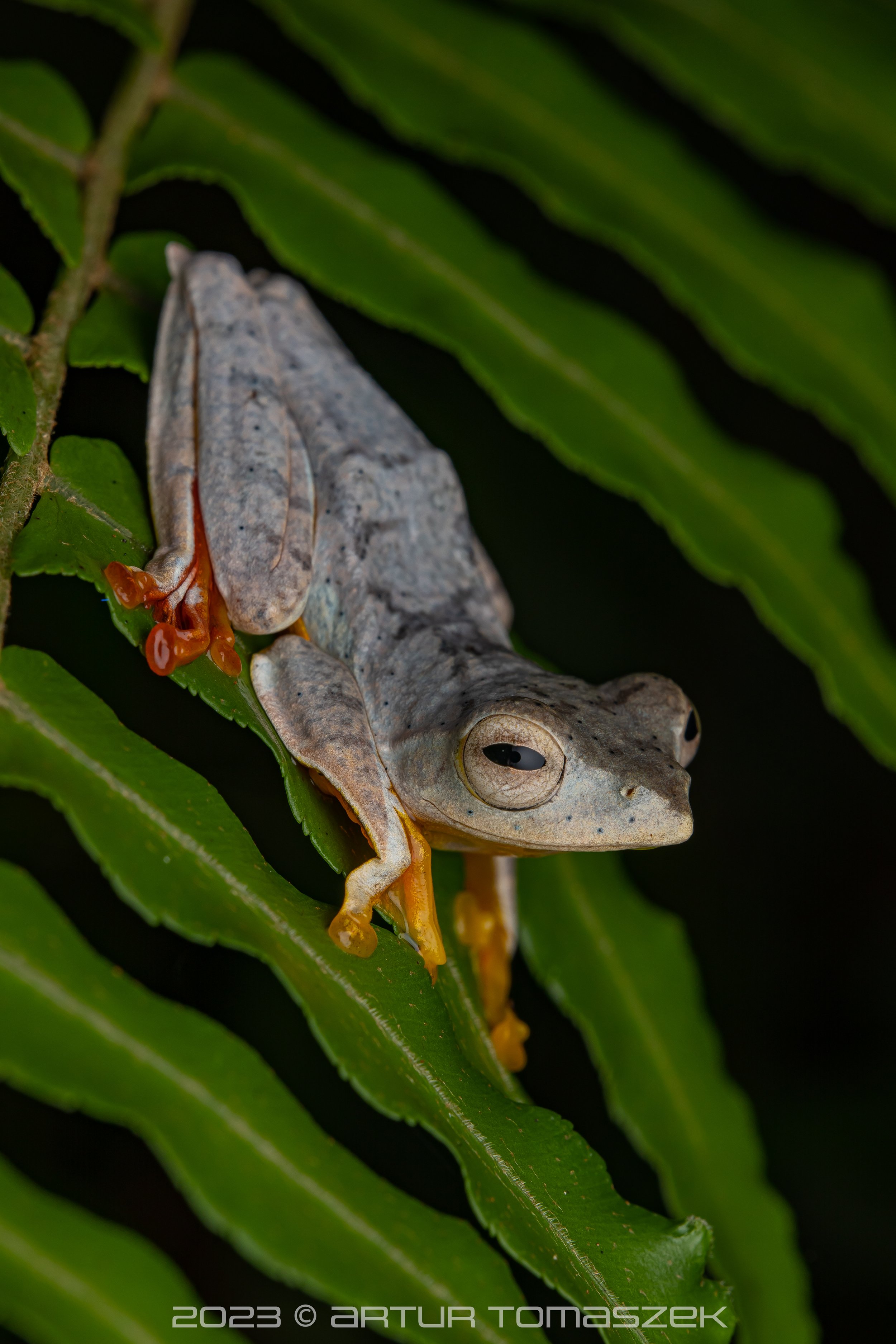
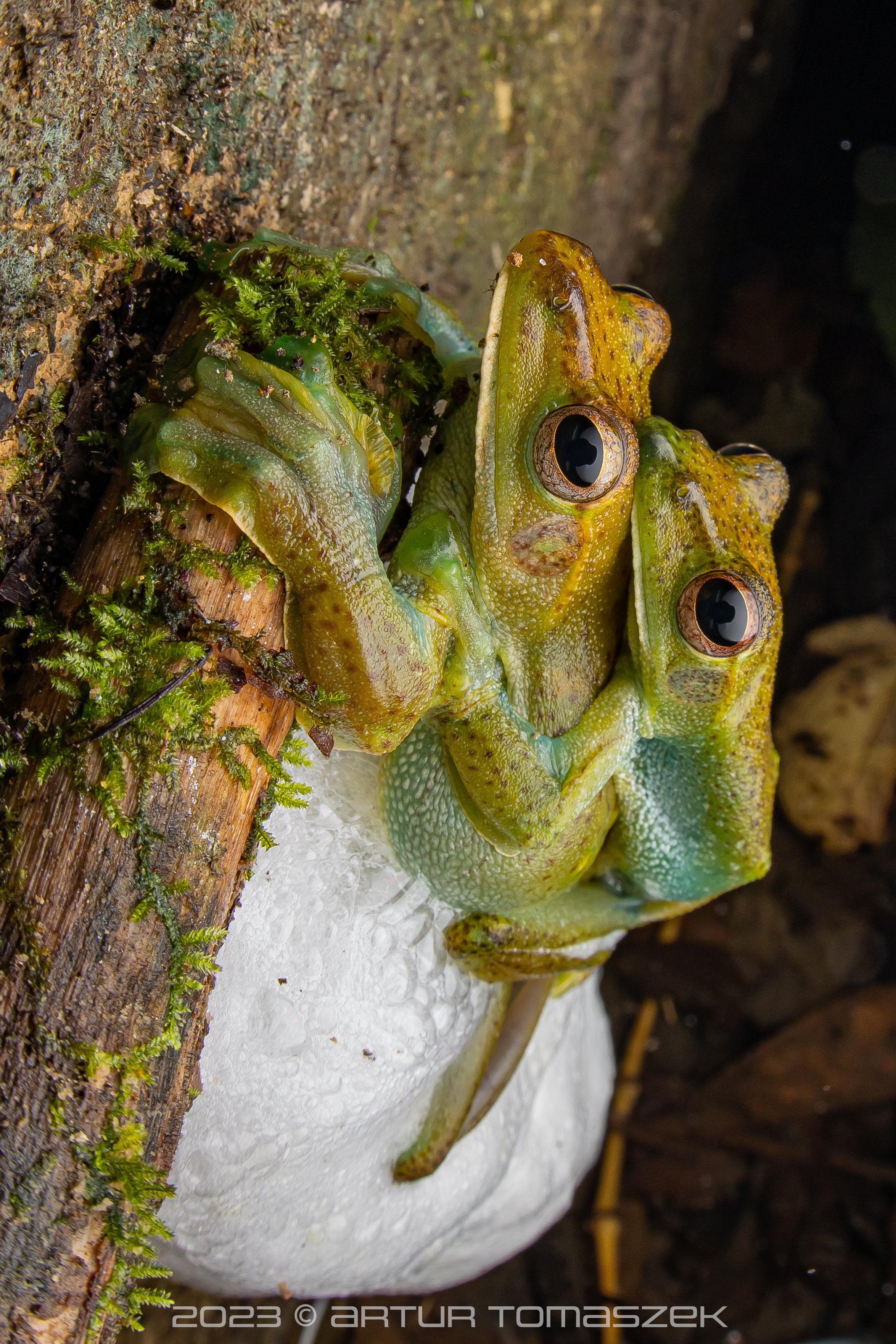
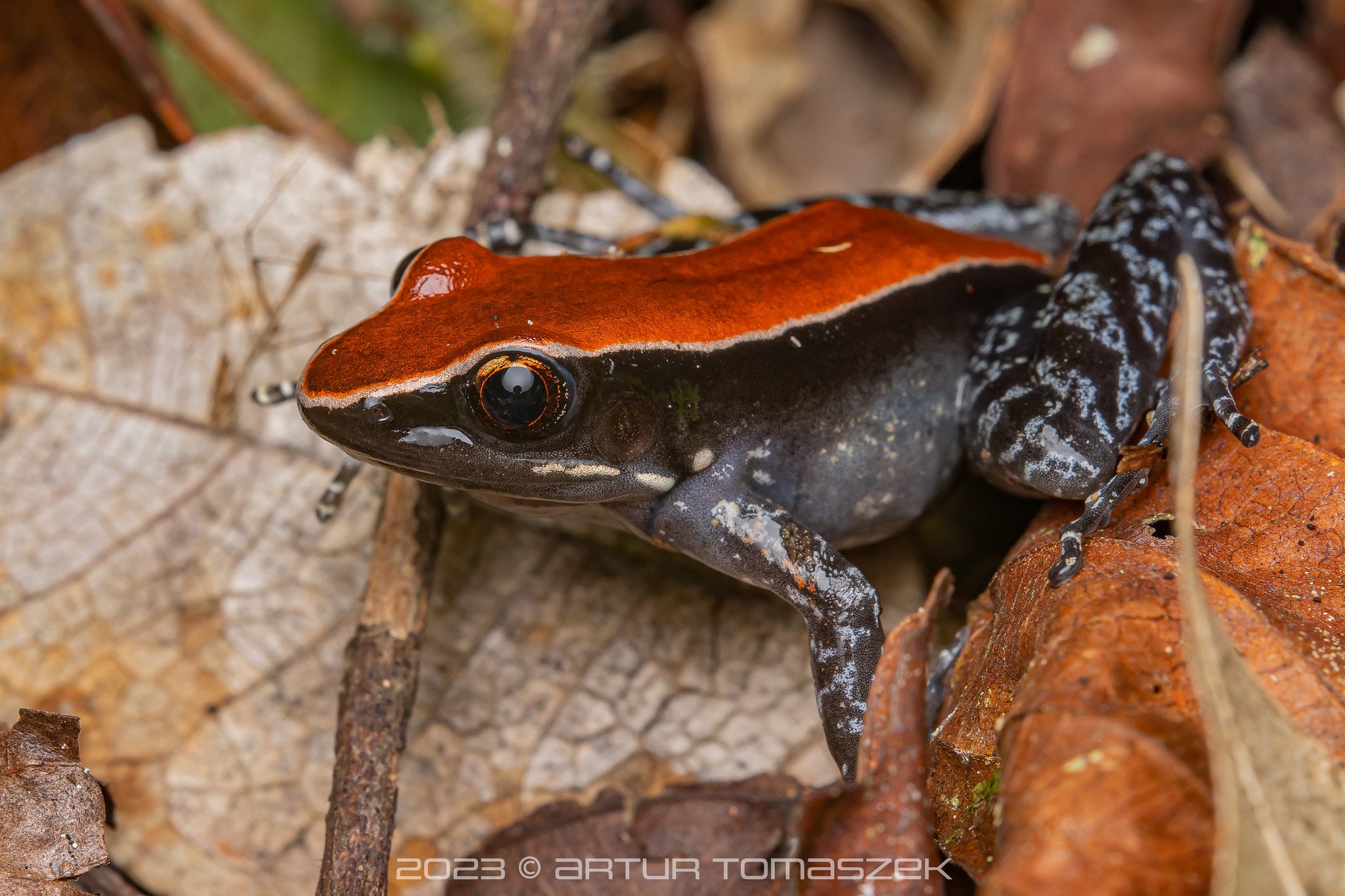
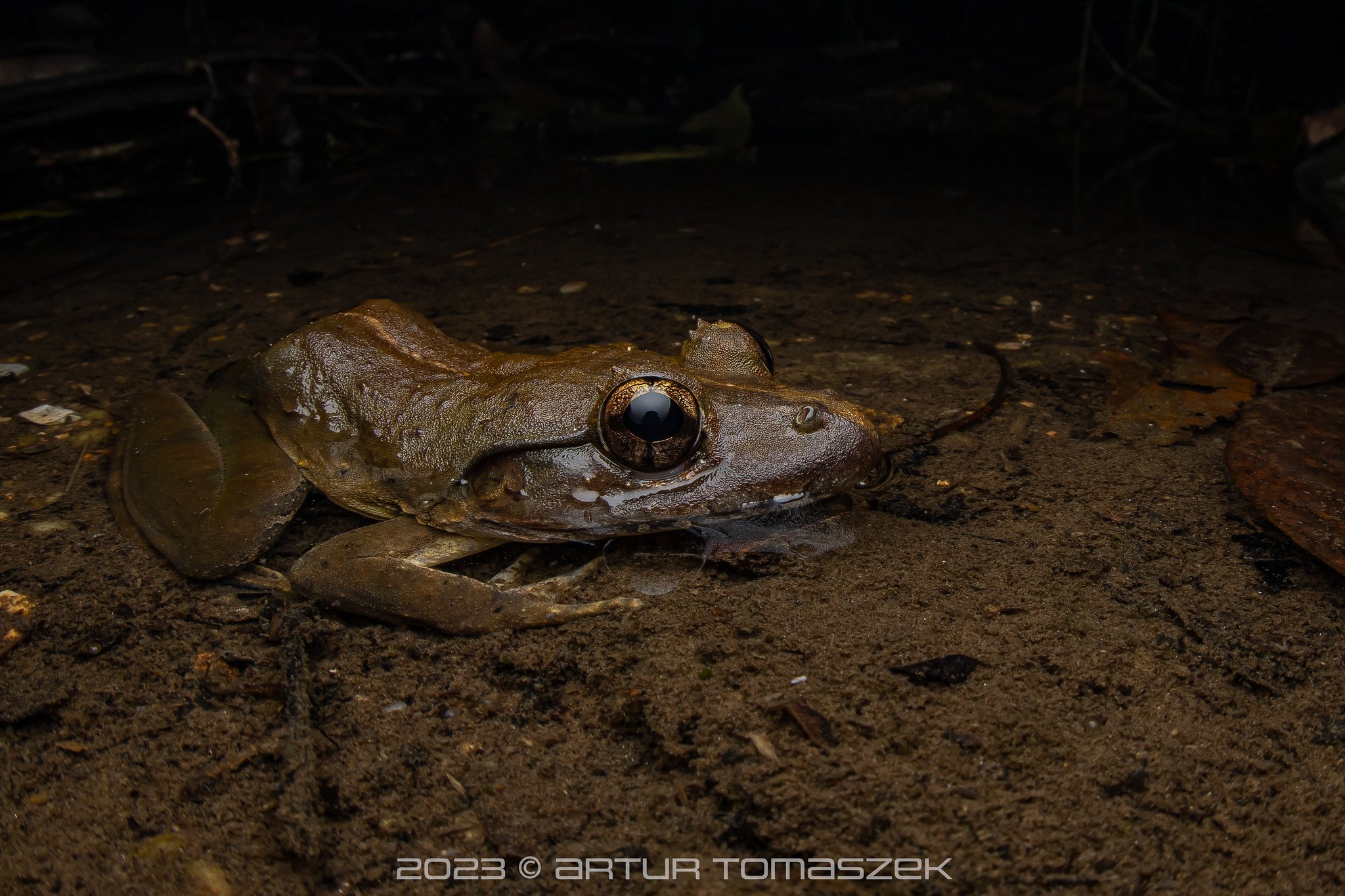
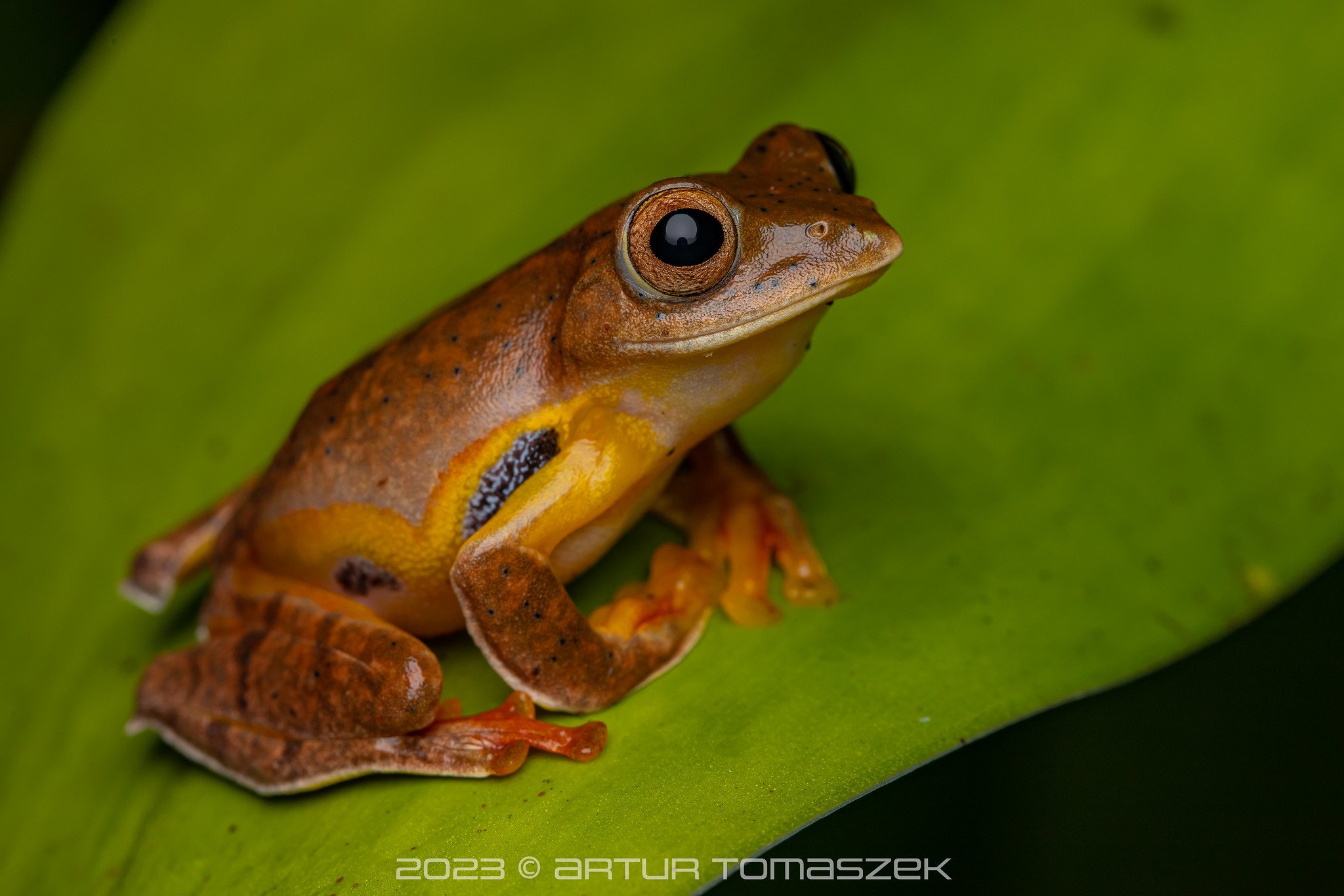
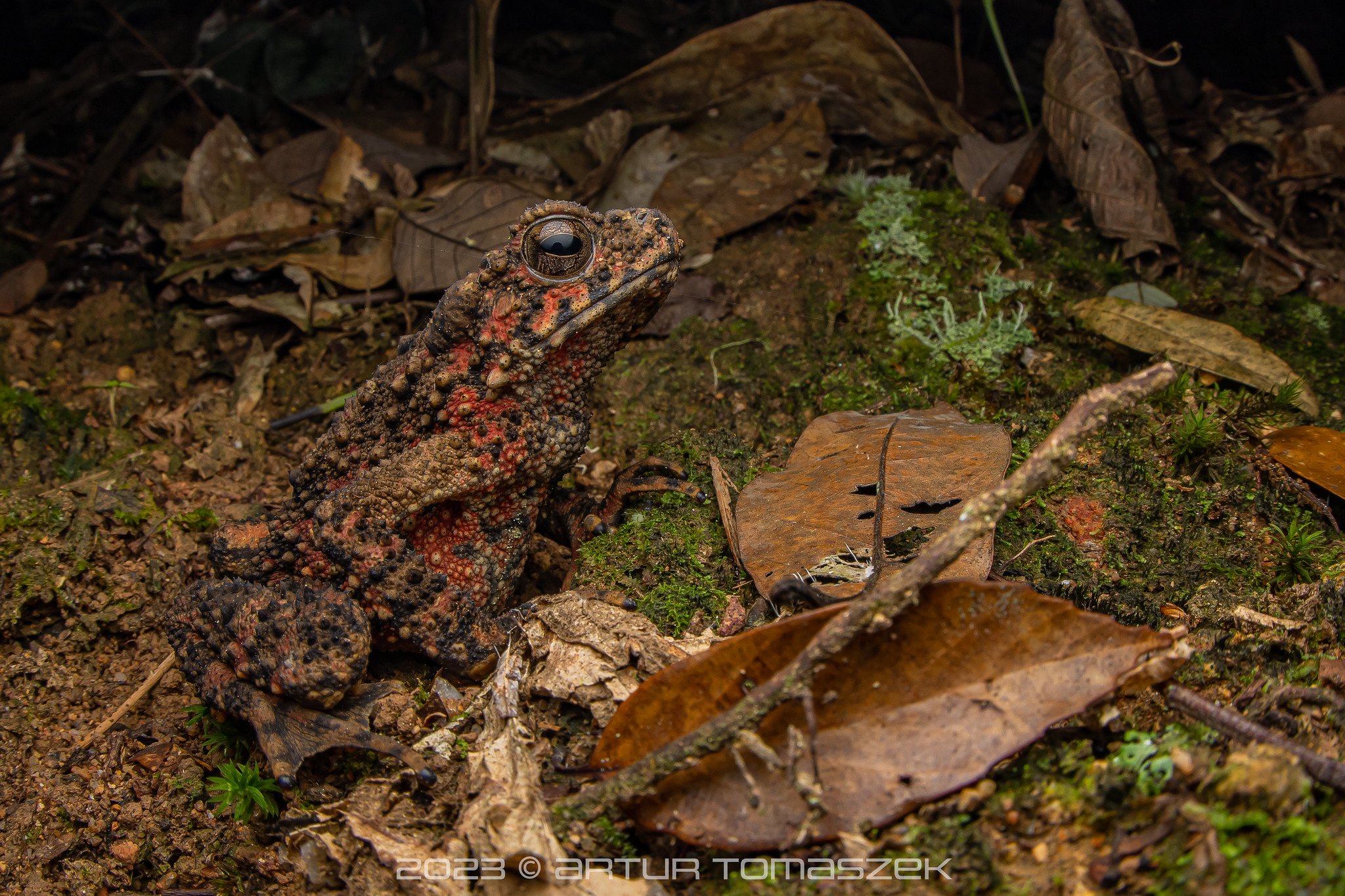
The magical thing about Fraser’s Hill is that even though it was dry and hot, we saw something exciting every night. There wasn’t a single night without a herp or a cool insect. We were lucky to see the blue coral below along with a few striped coral snakes (Calliophis intestinalis), which cccasionally flip over exposing a banded pattern on the belly; the bright red tail is then thrust into the air in a cork-screw spiral (check out the video below). Both species slowly investigated the leaf litter - we always laugh we should just follow them and wait until they find other snakes for us!
Karolina has also almost stepped on a Wall’s bronzeback (Dendrelaphis cyanochloris) which, oblivious to the whole world, was eating a gecko on the road in the daytime. Pink-headed reed snake (Calamaria schlegeli) greeted us almost every night; a Chanard’s reed snake (Macrocalamus chanardi) also made its appearance.
And then there was a Butler's wolf snake (Lycodon butleri) in… MCM Villa’s common living room :)
A striped coral snake (Calliophis intestinalis) performing its body flip.
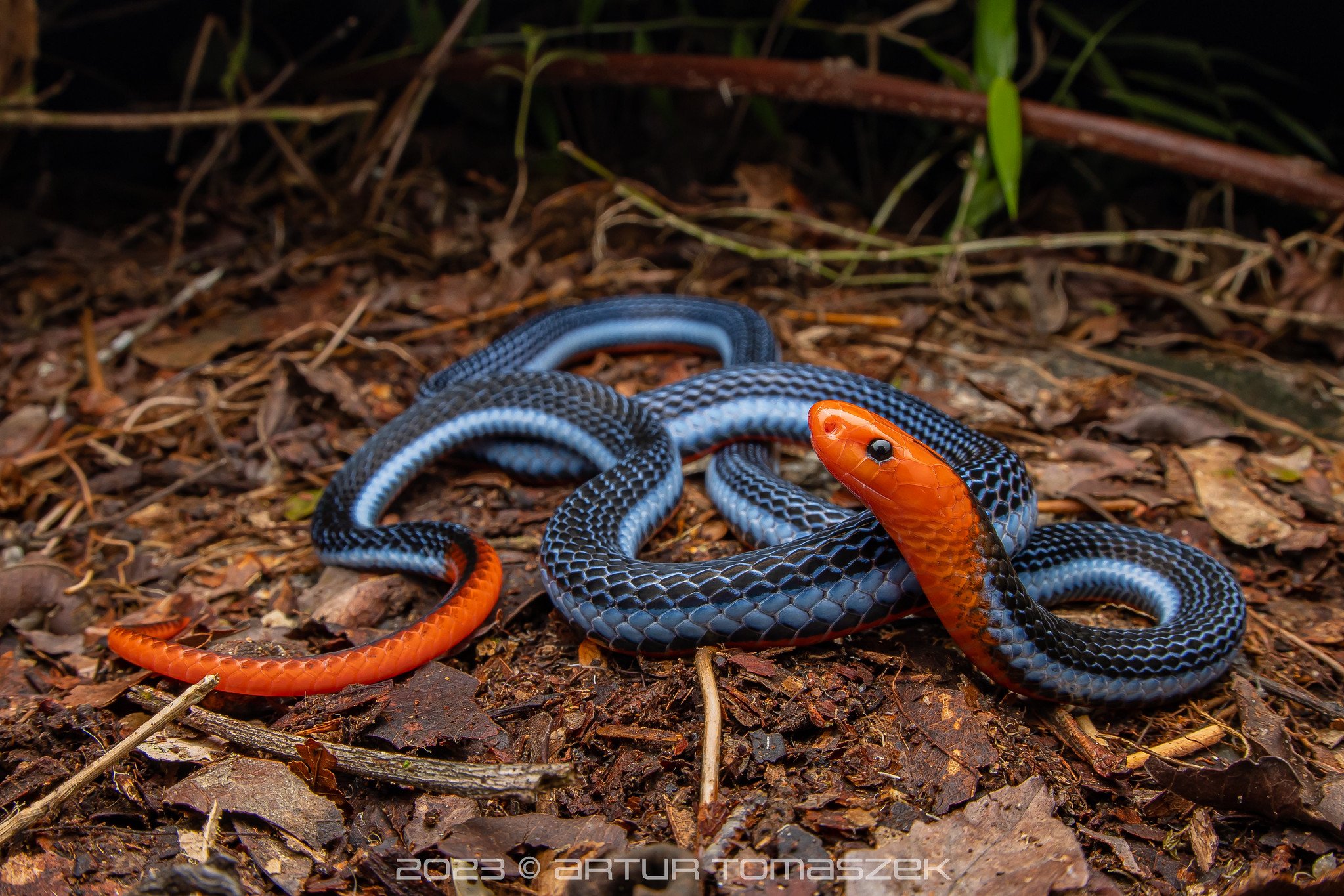
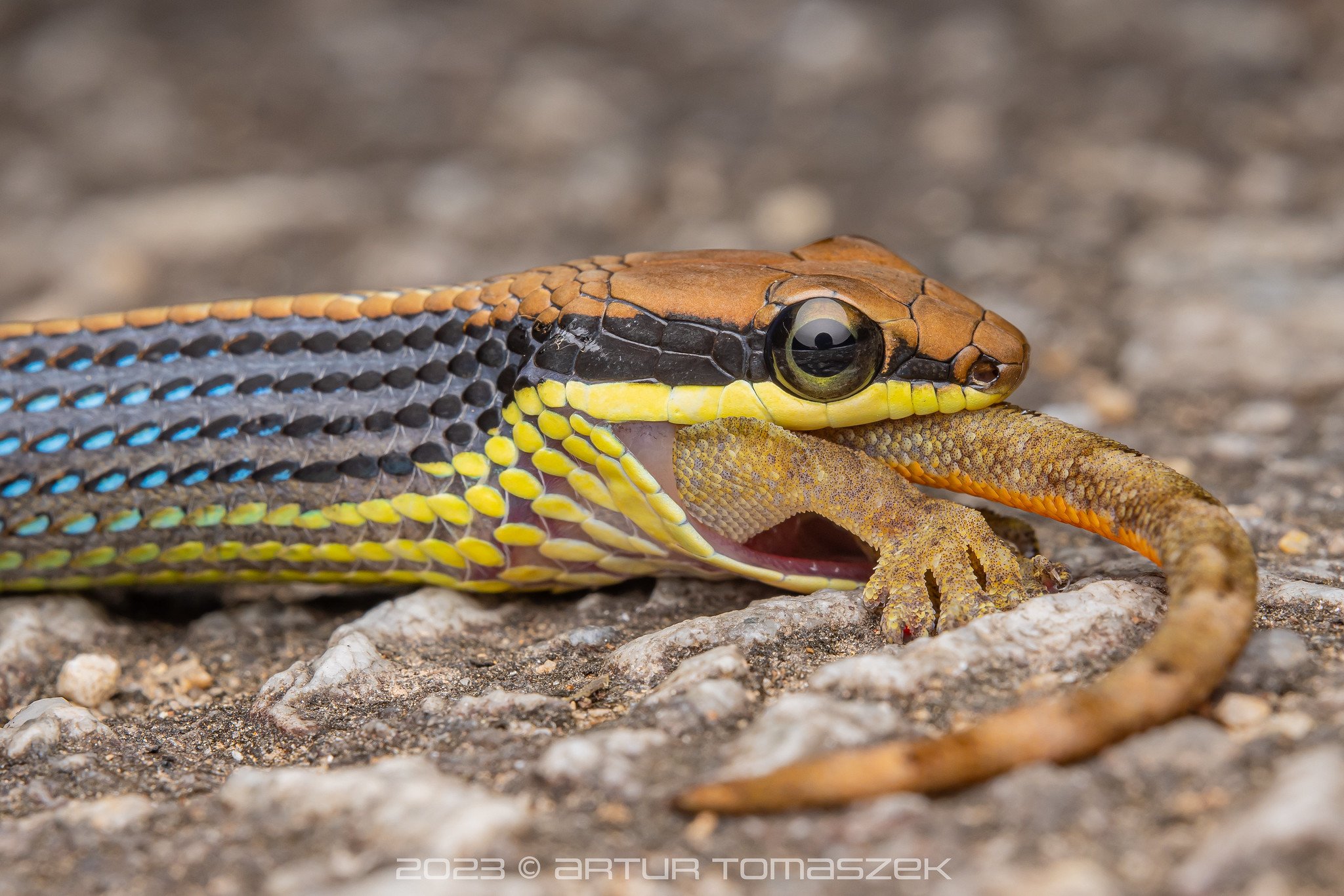
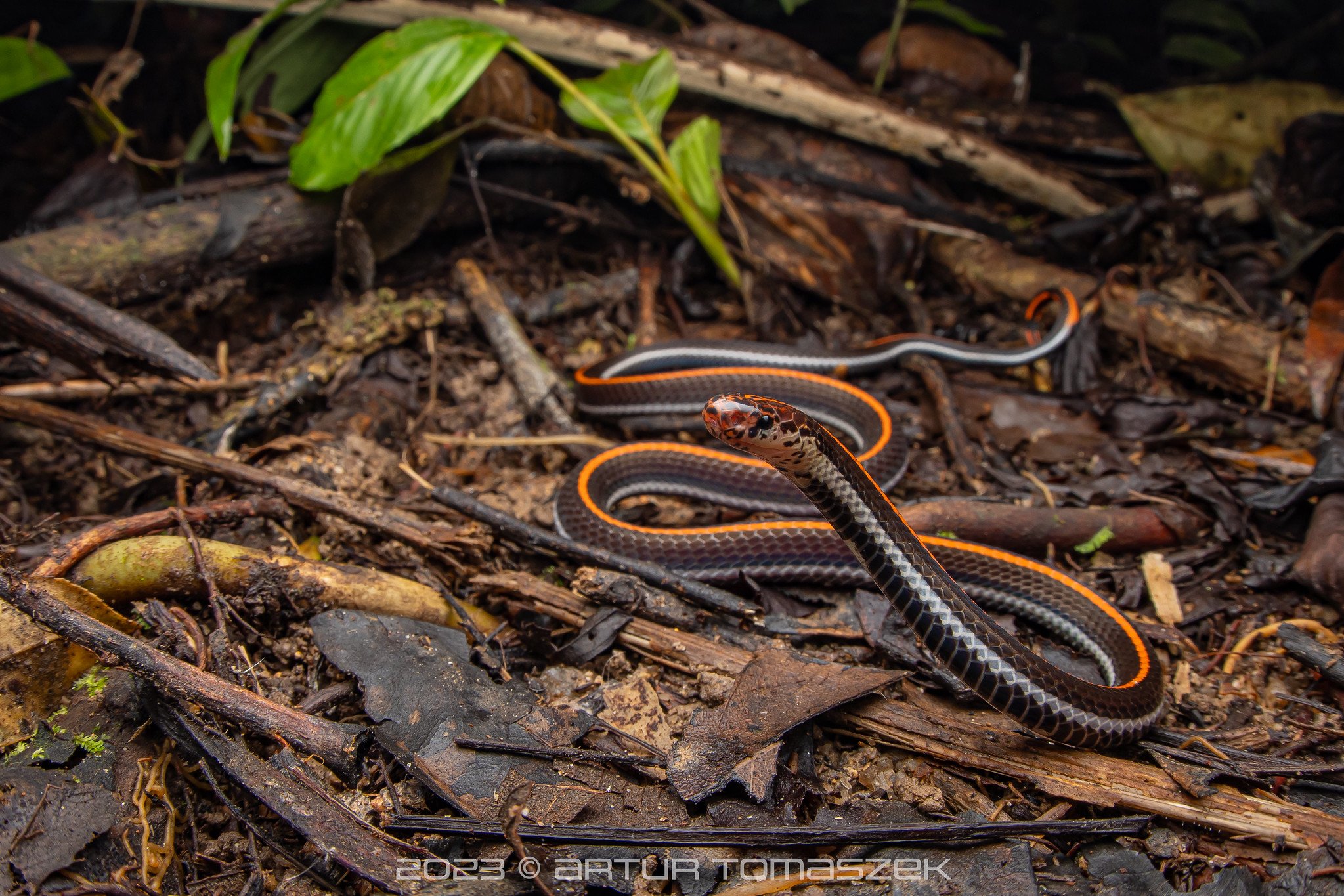

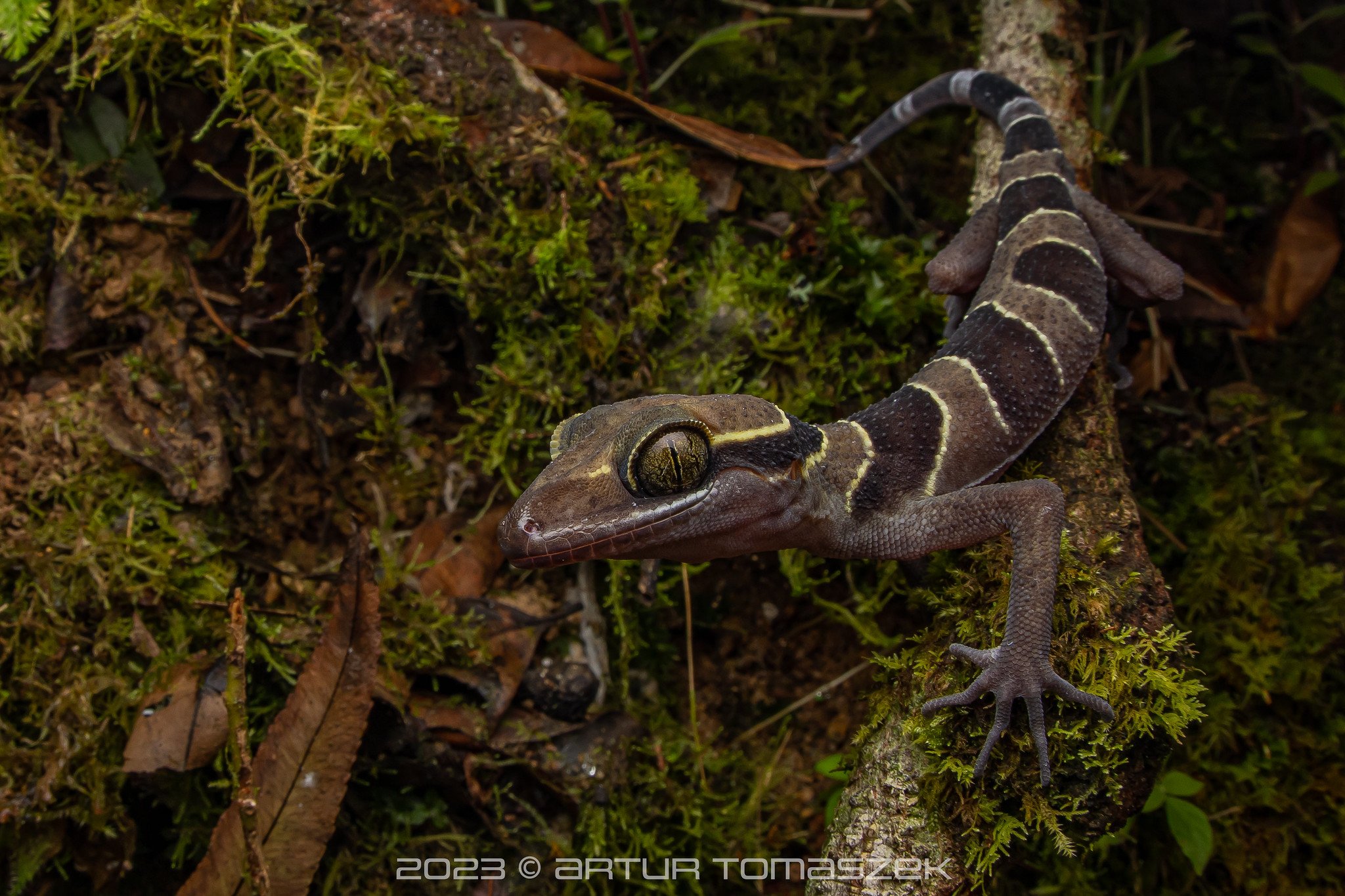


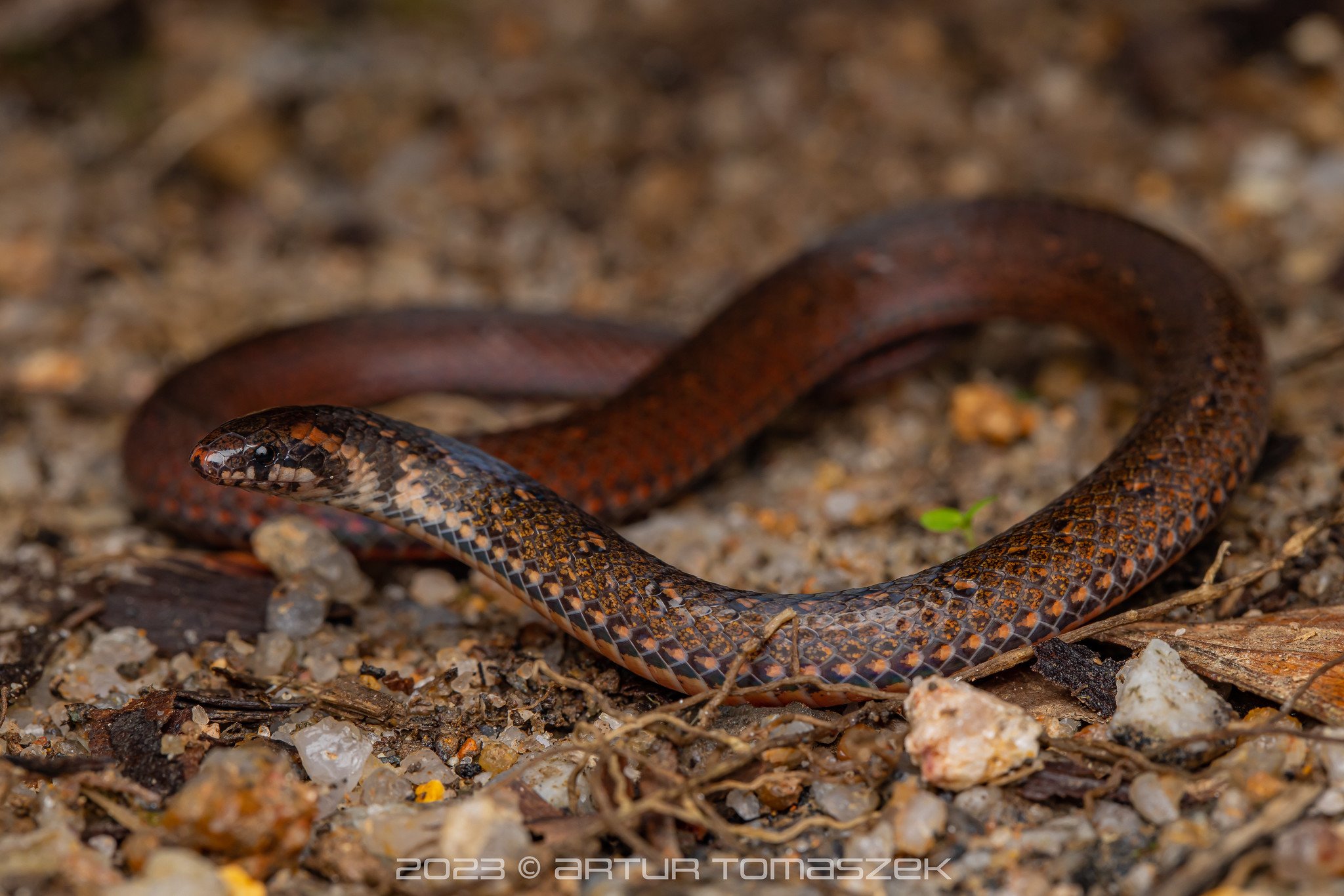
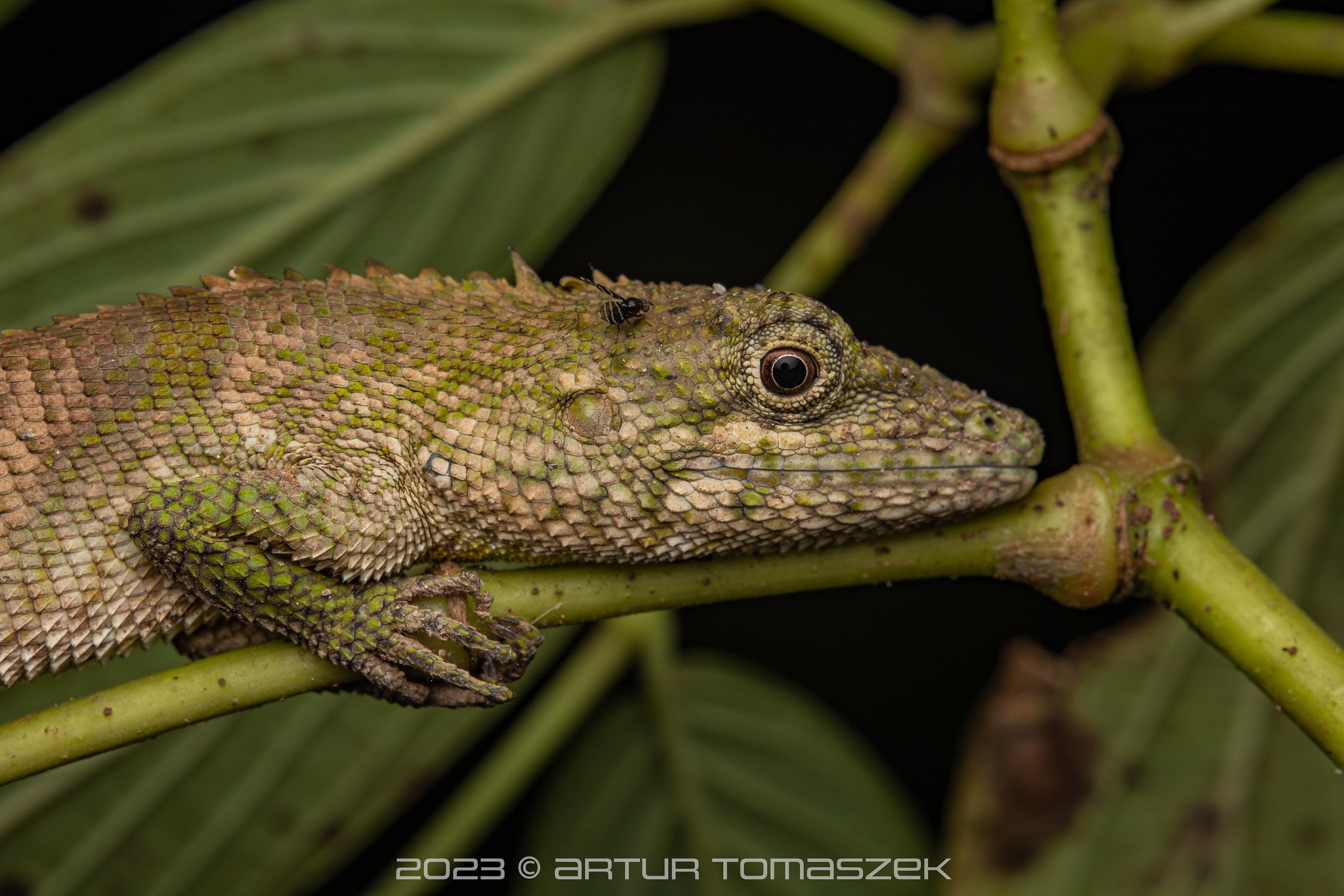
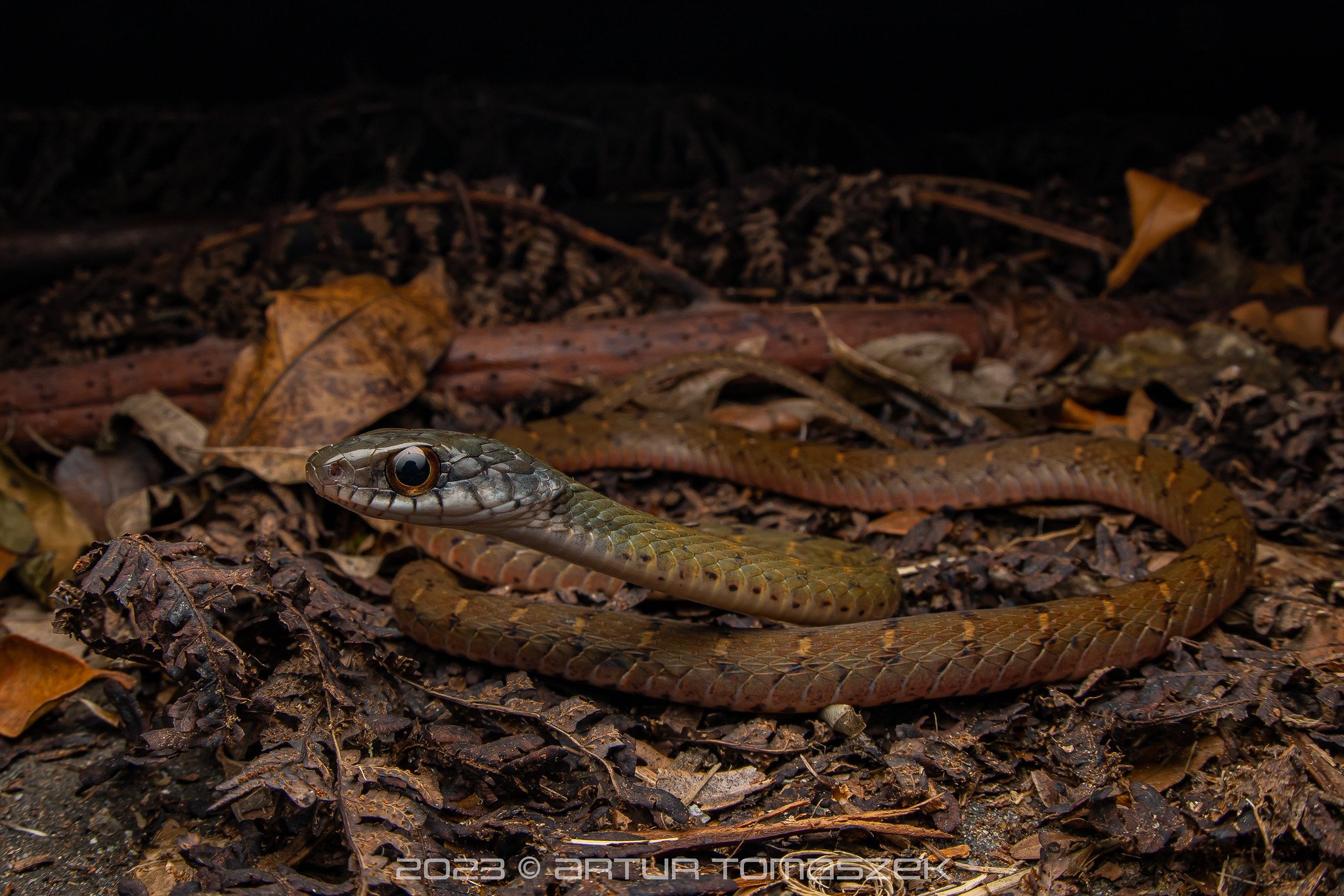
Fraser’s Hill is a must see for anyone who loves nature. We had a great time and we’ll visit again soon!
Visit our Flickr for more mammal & birds, reptiles, invertebrates, amphibians, moths, jumping spiders and other living things we encountered on Fraser’s Hill.




